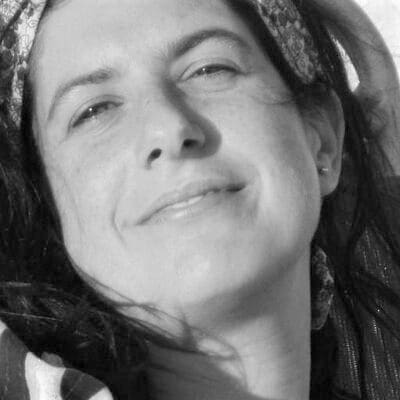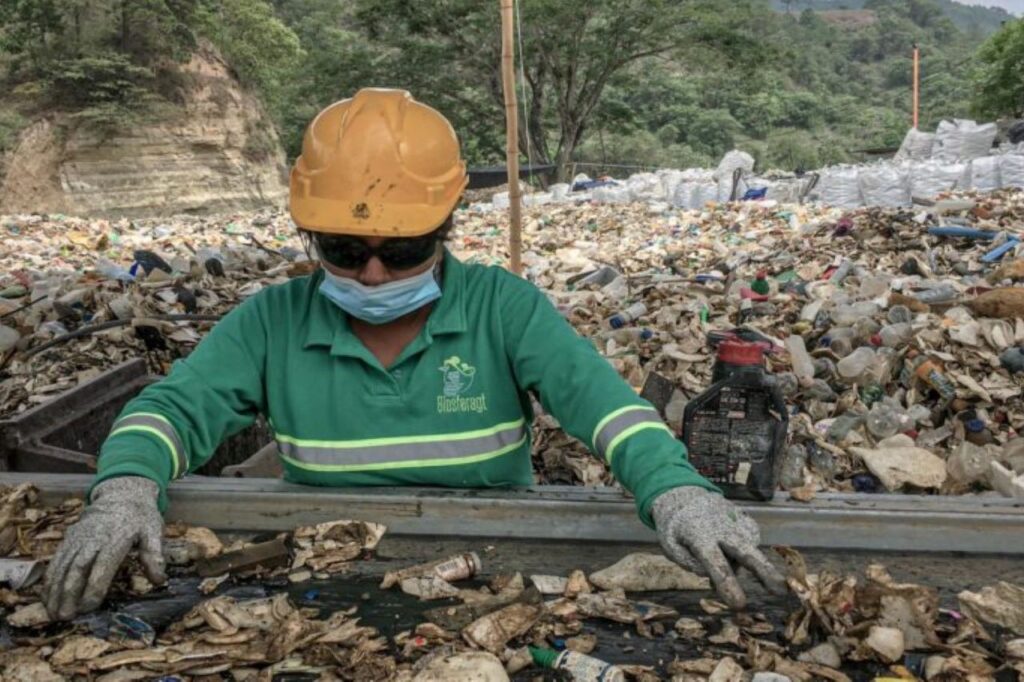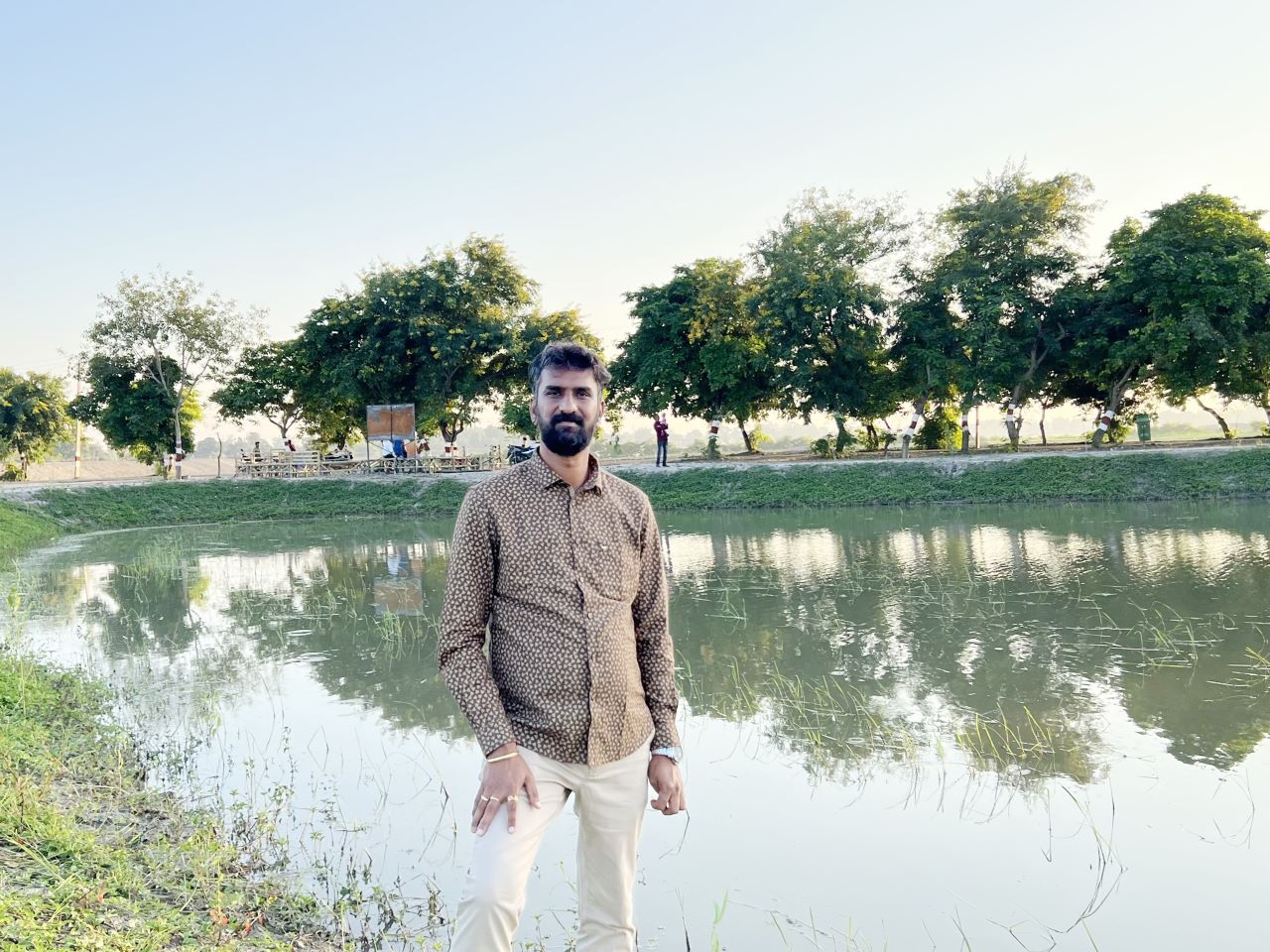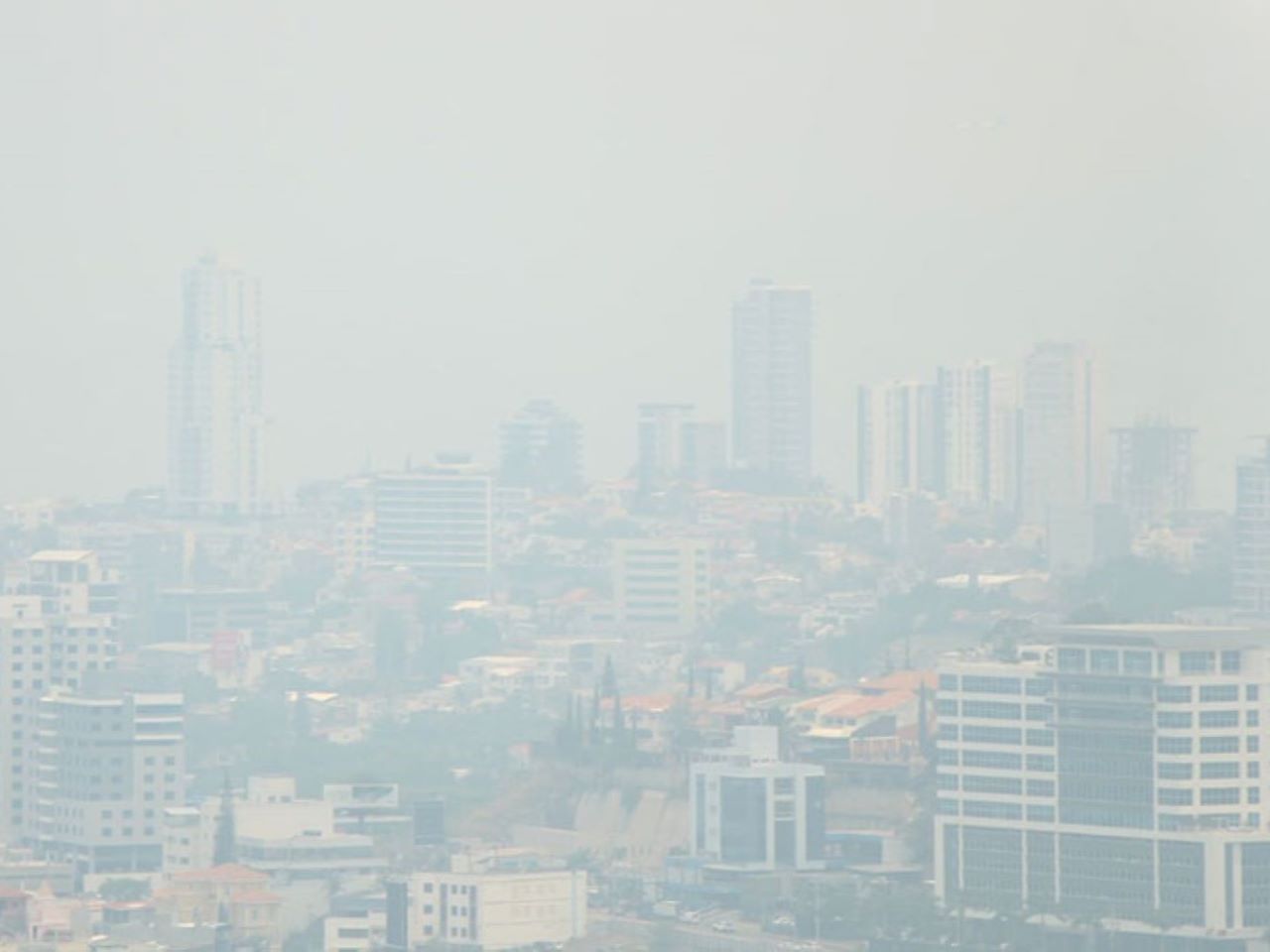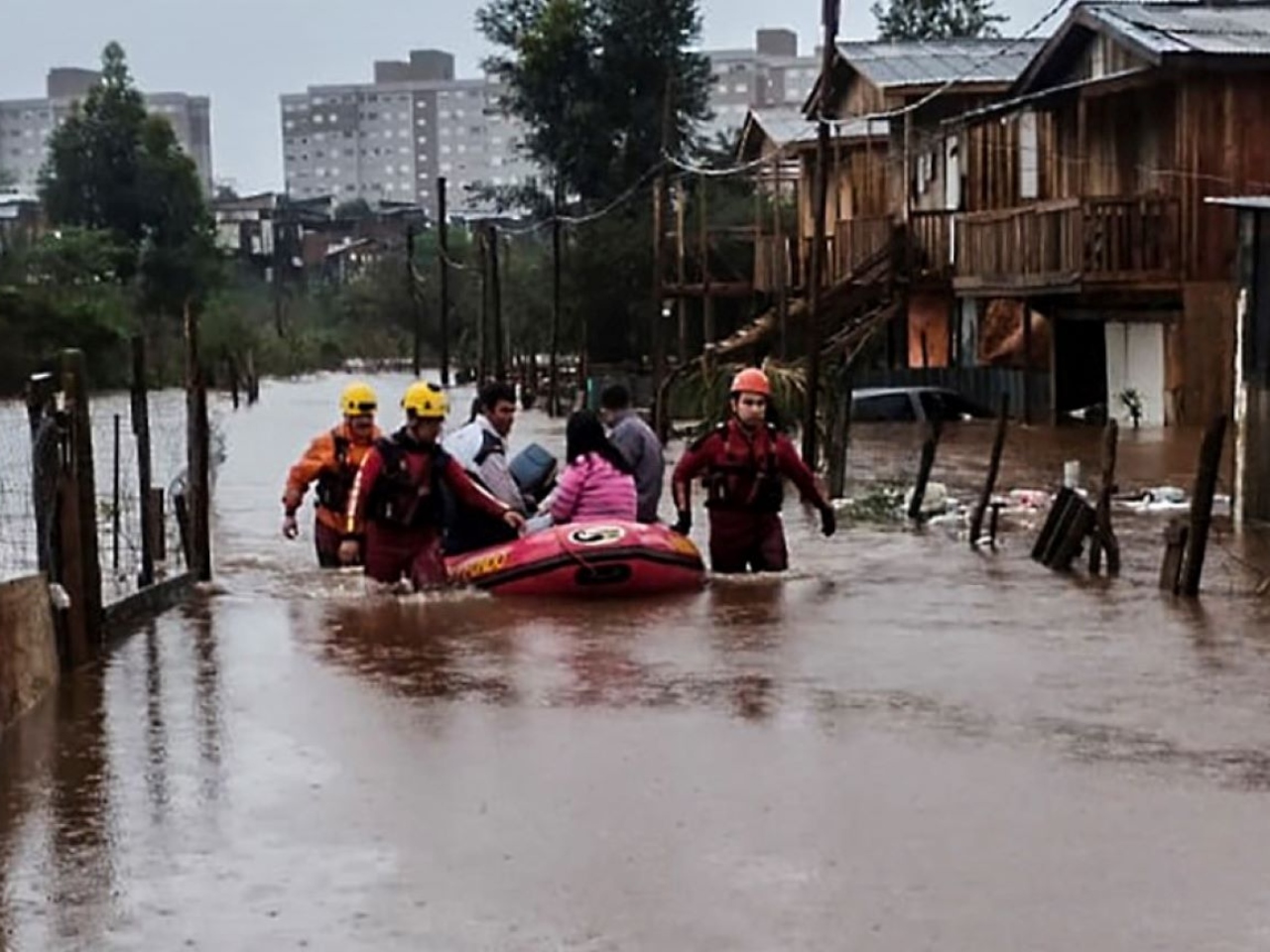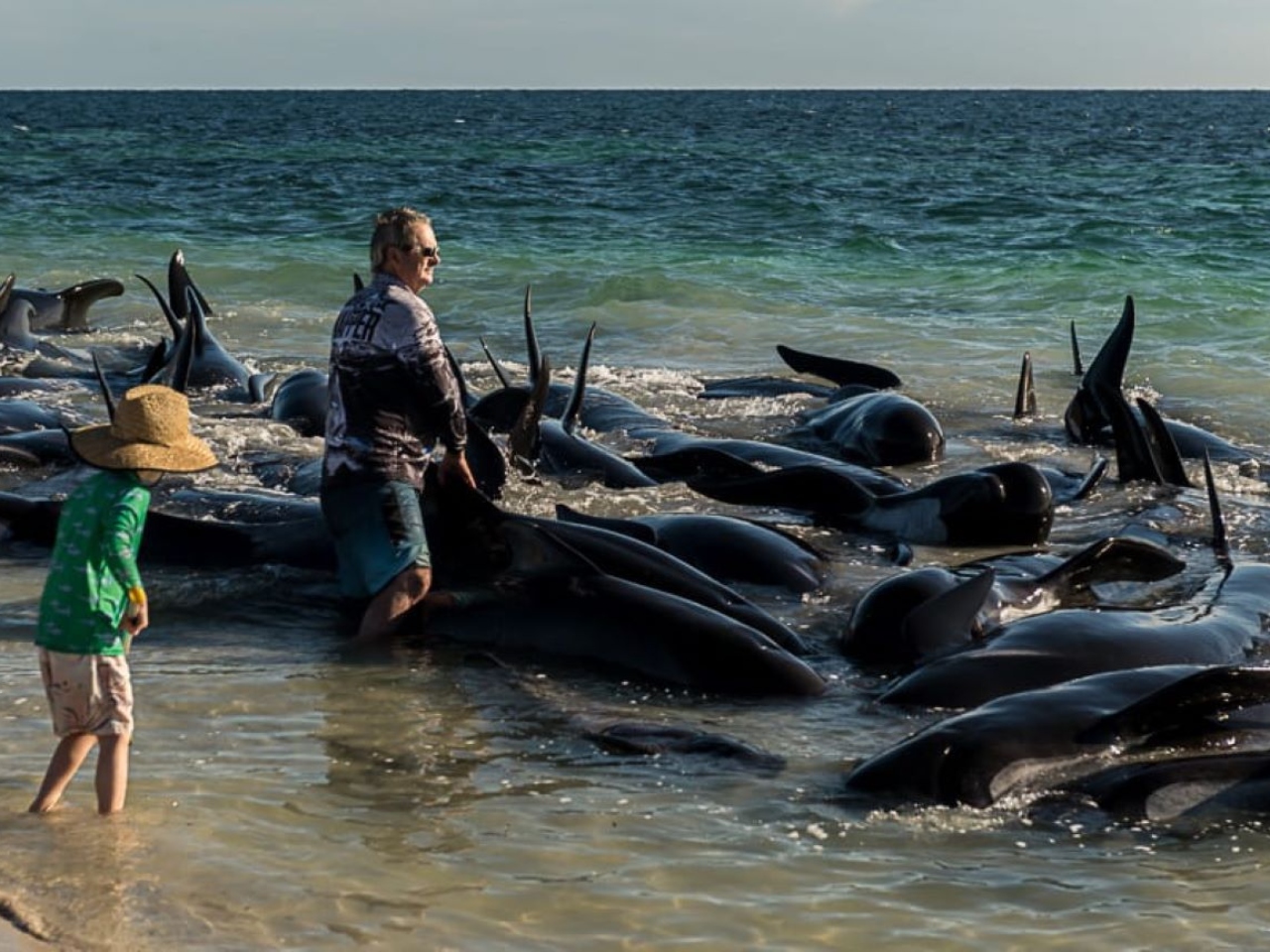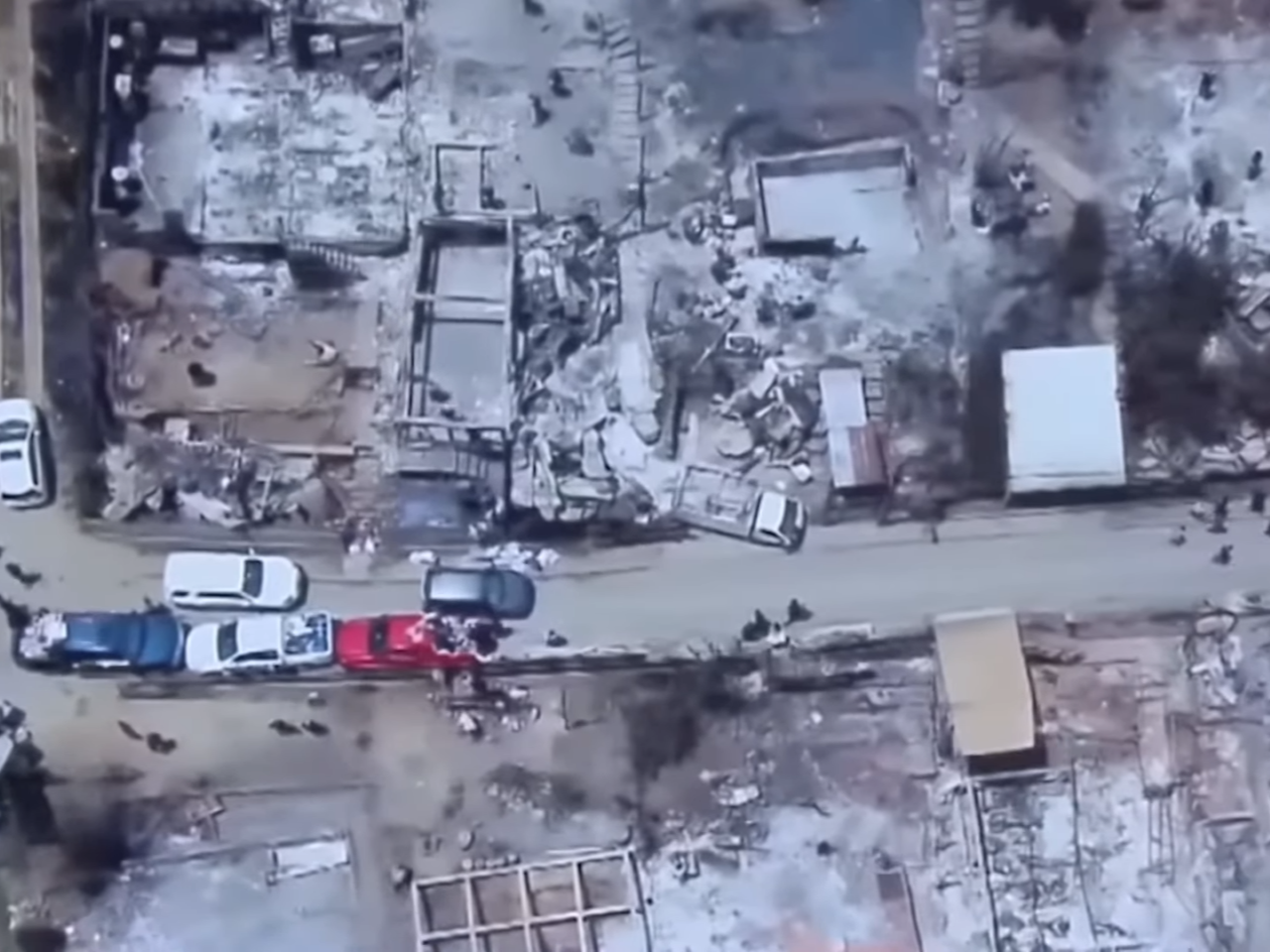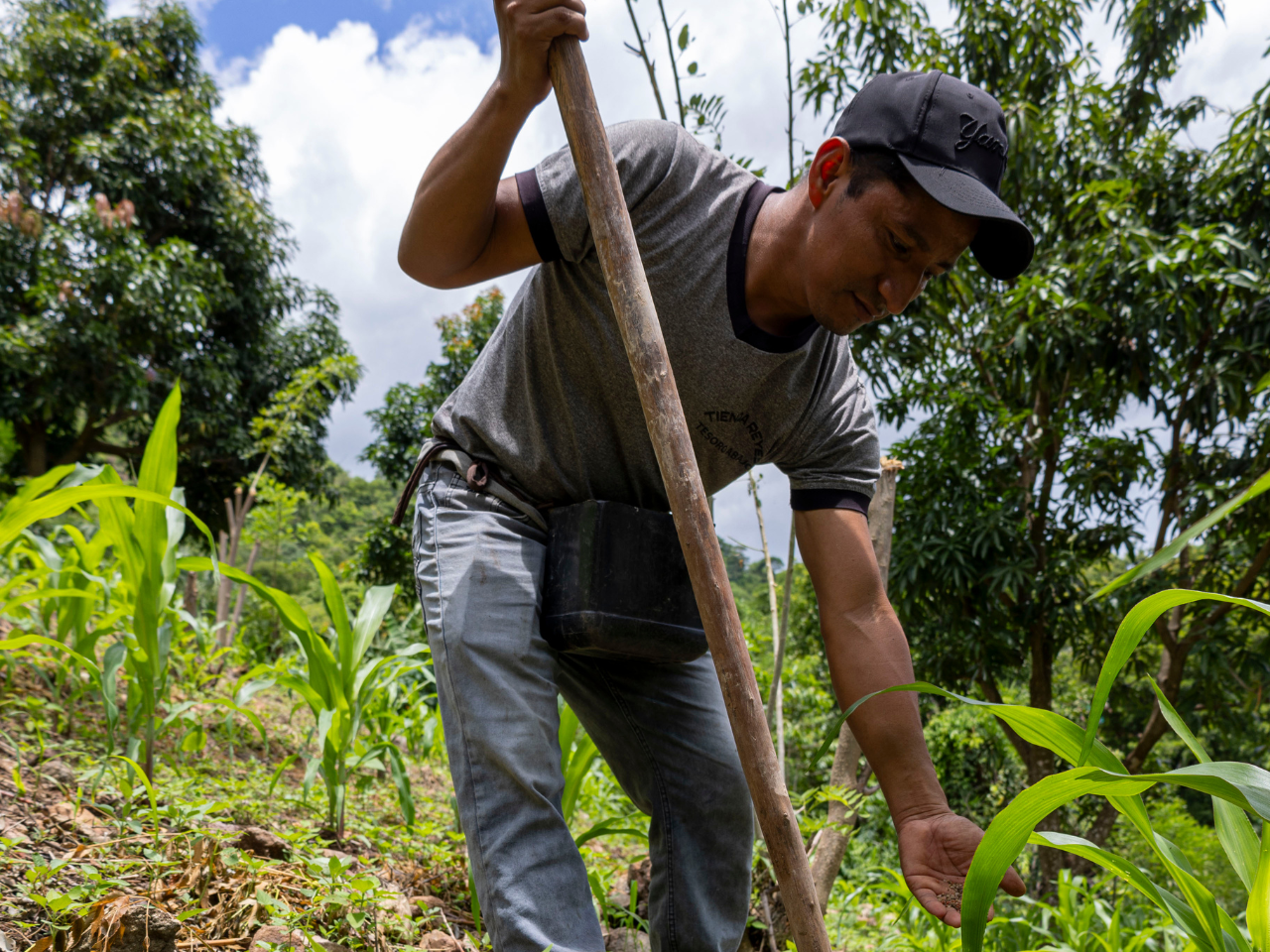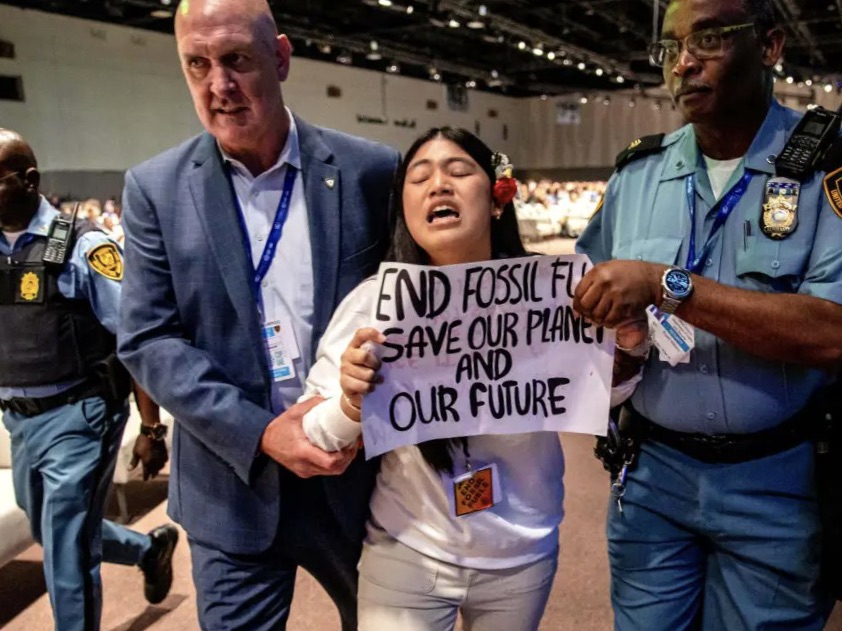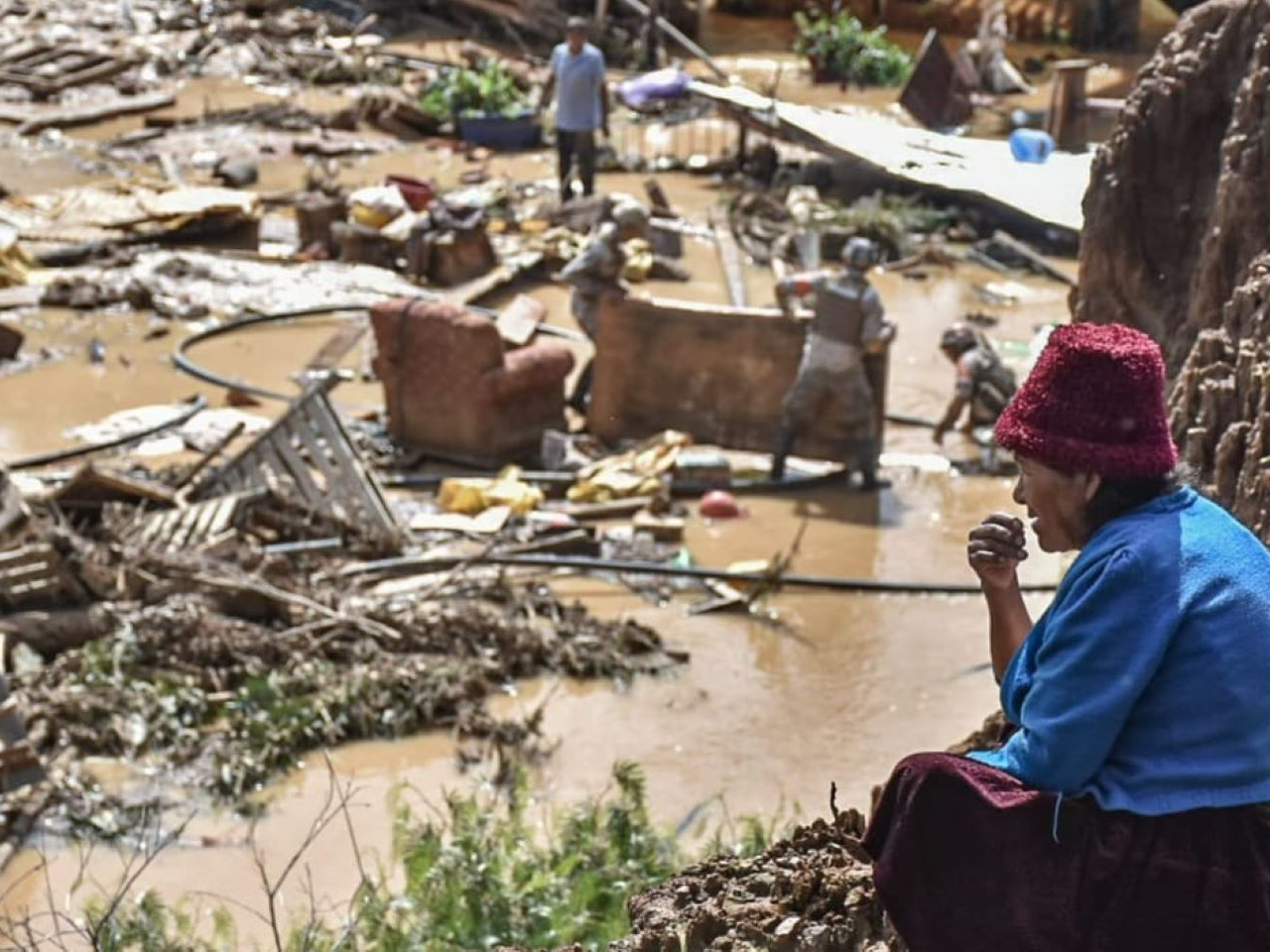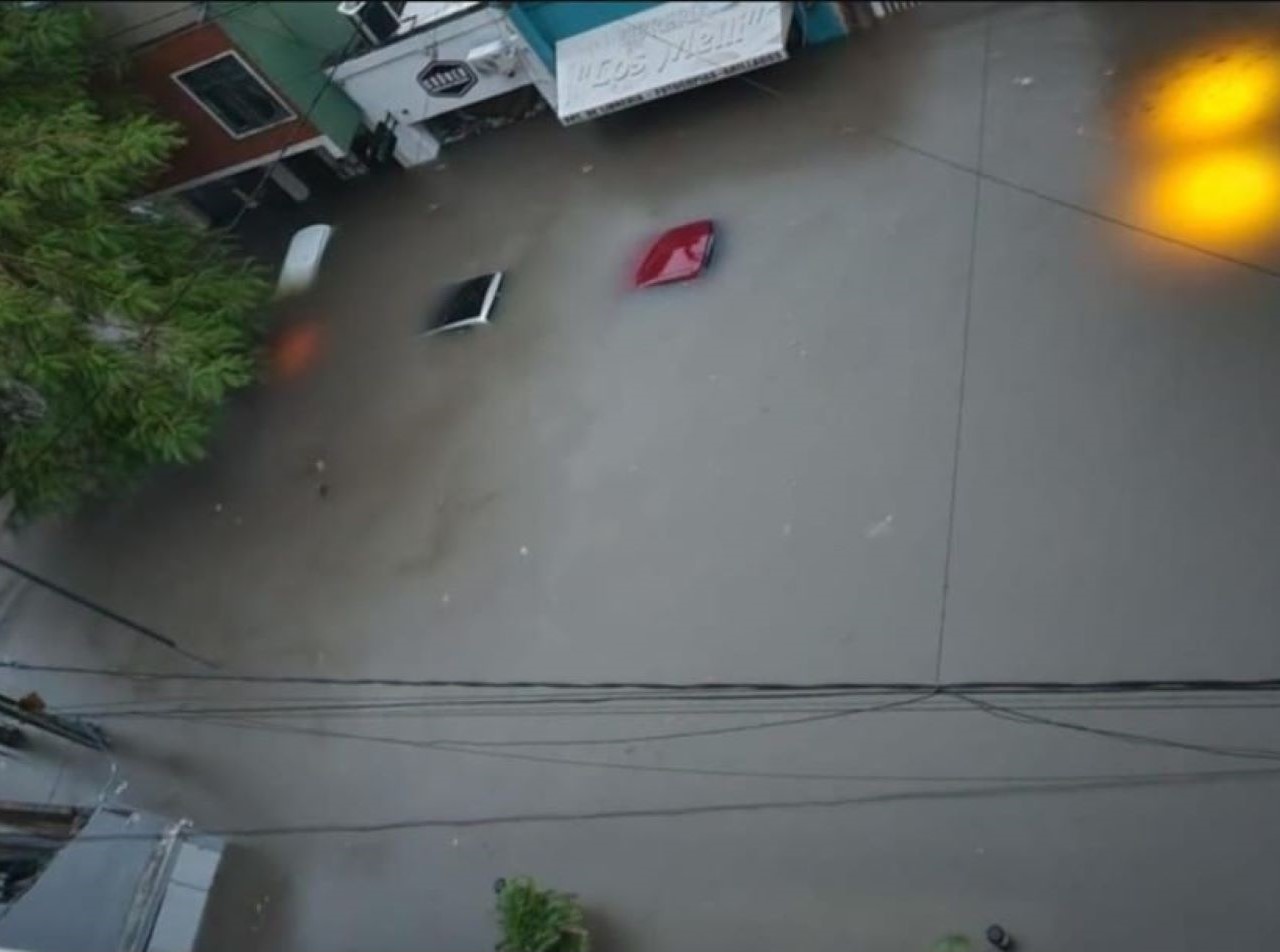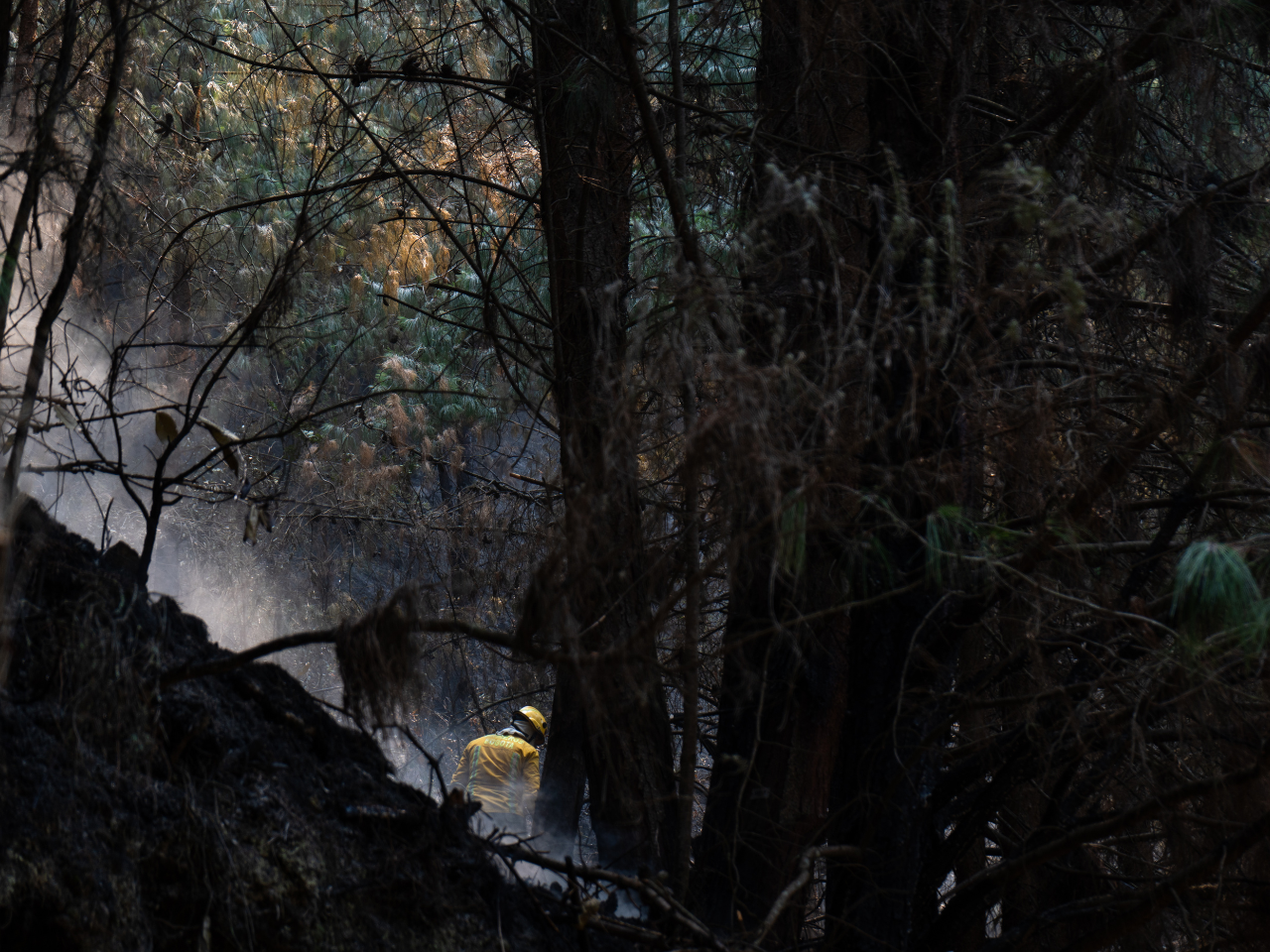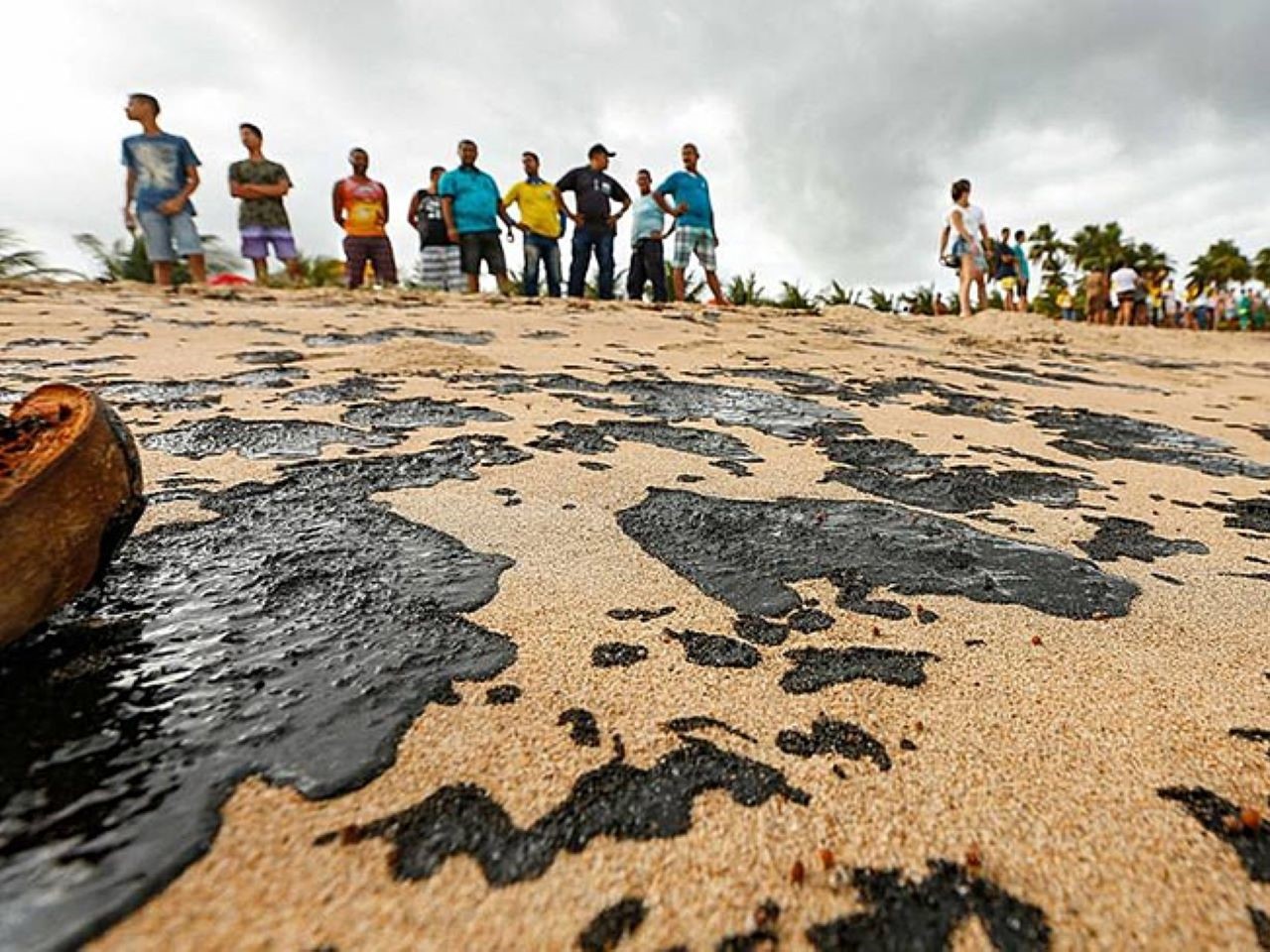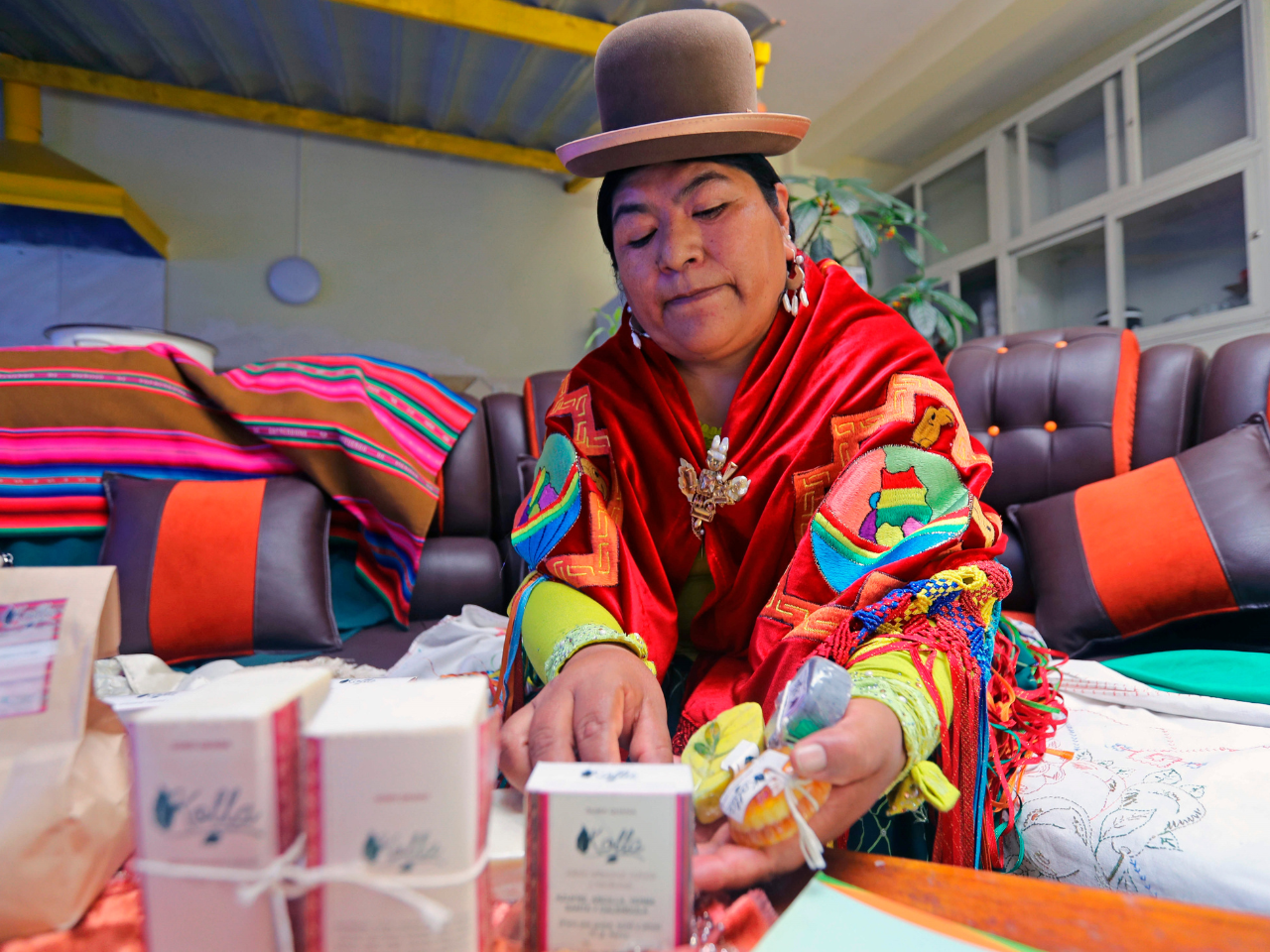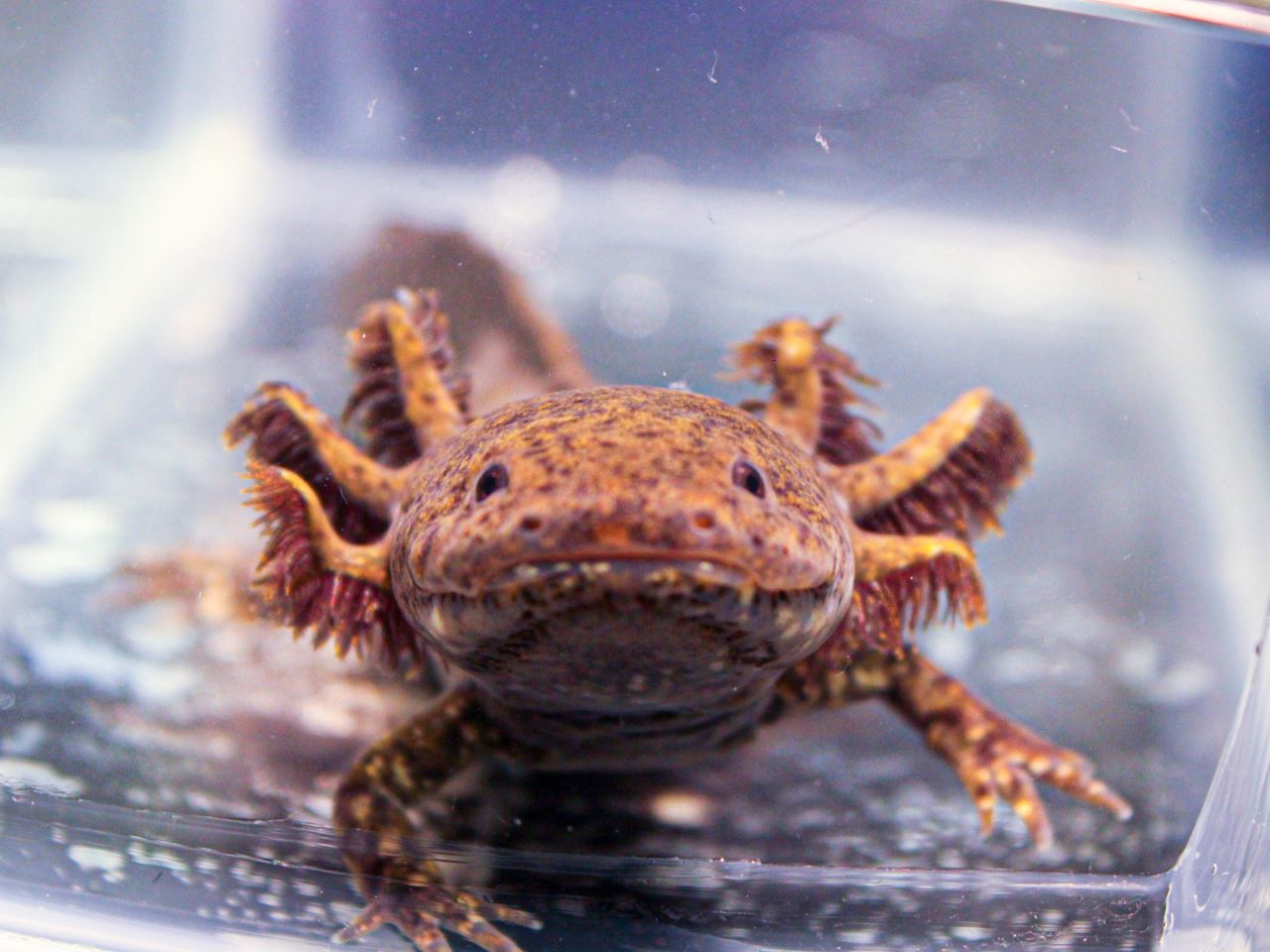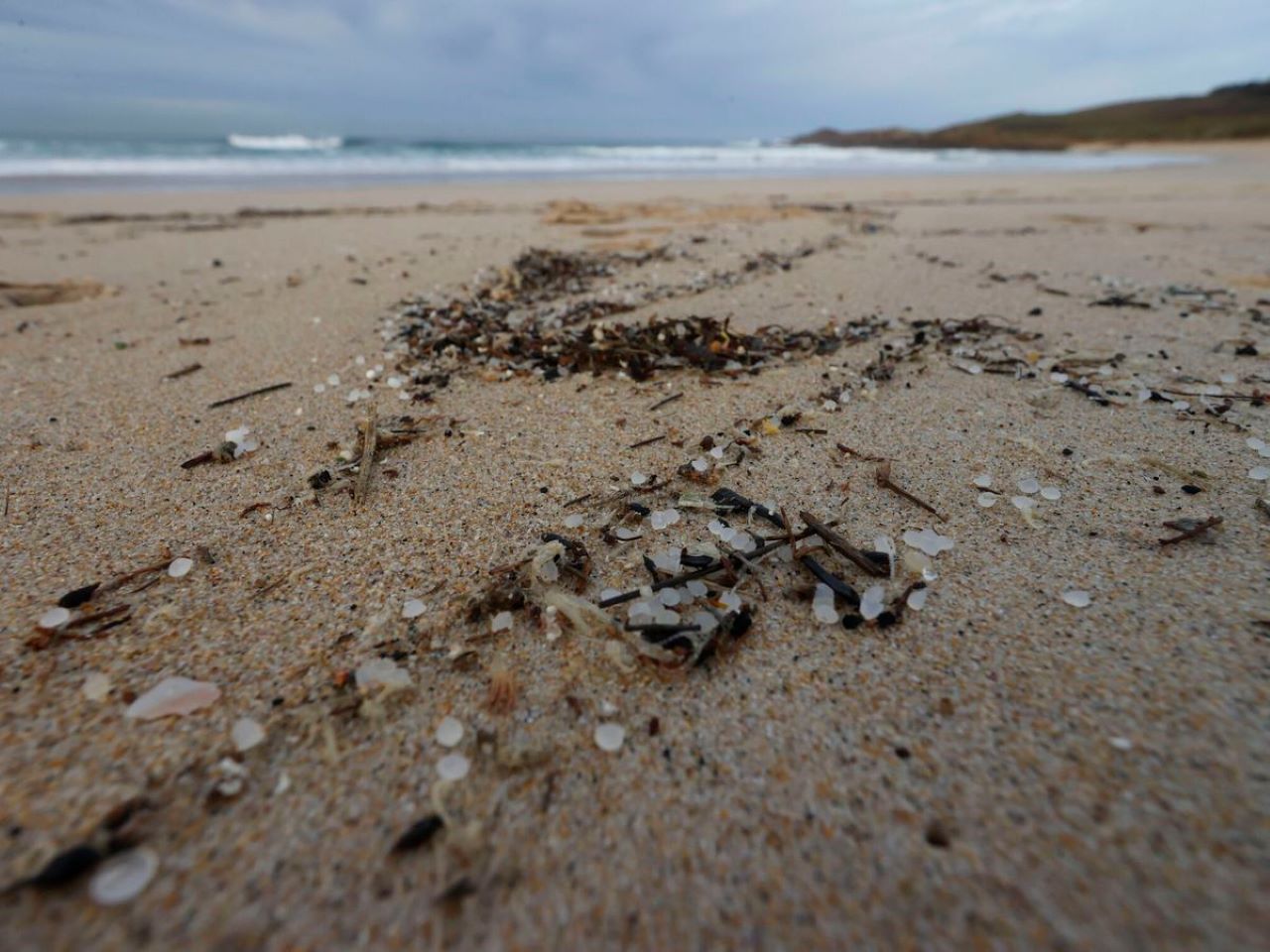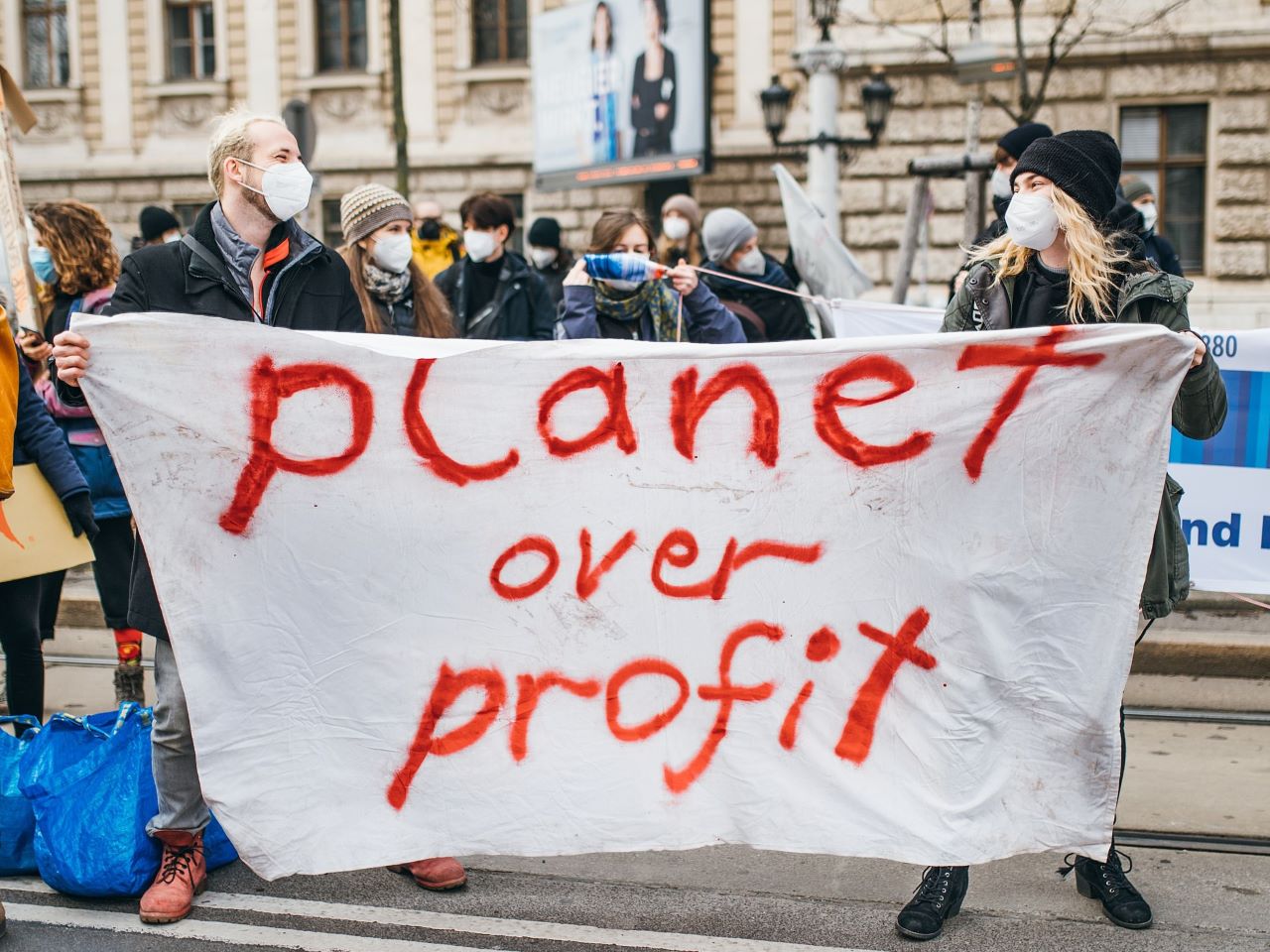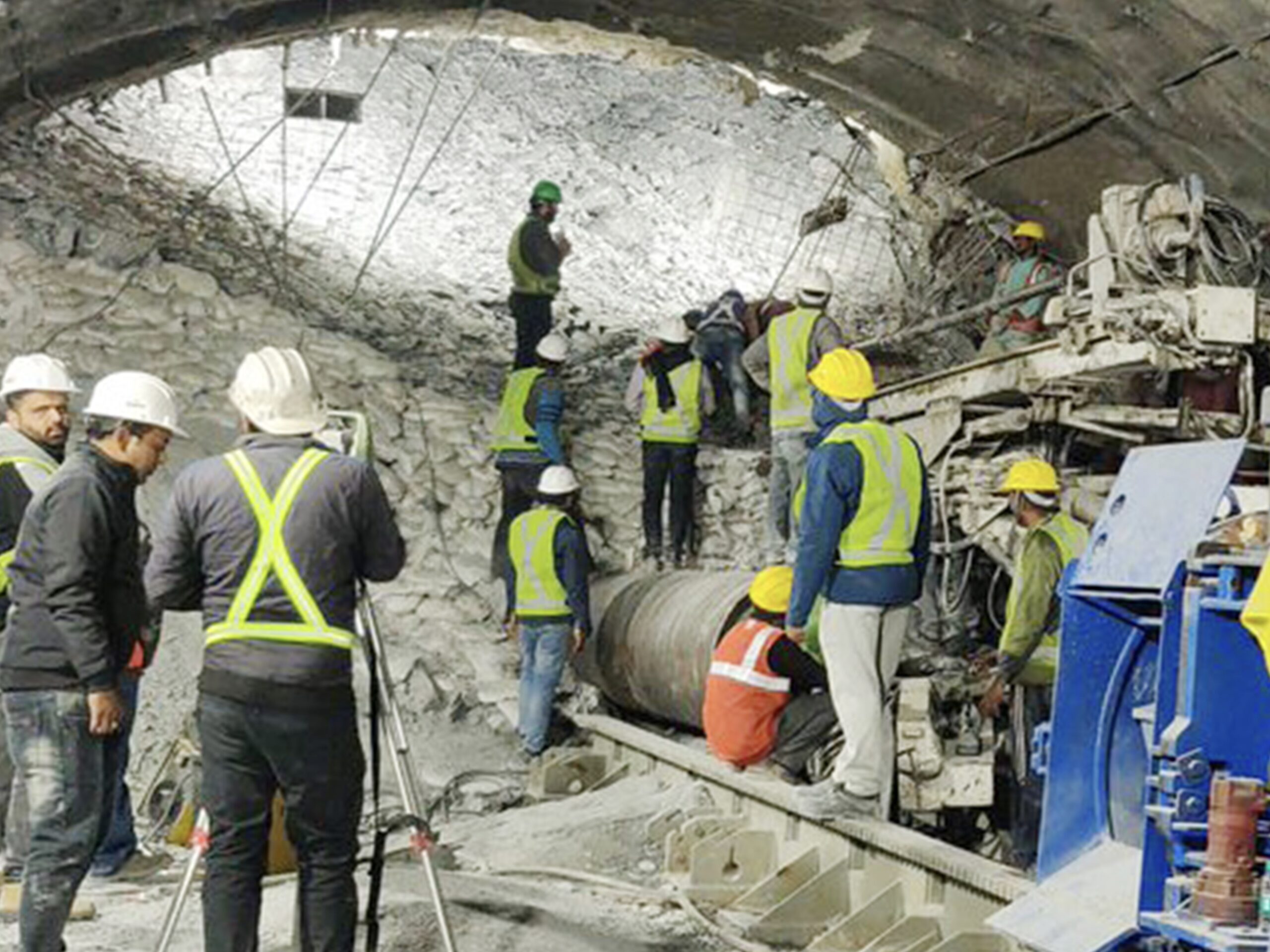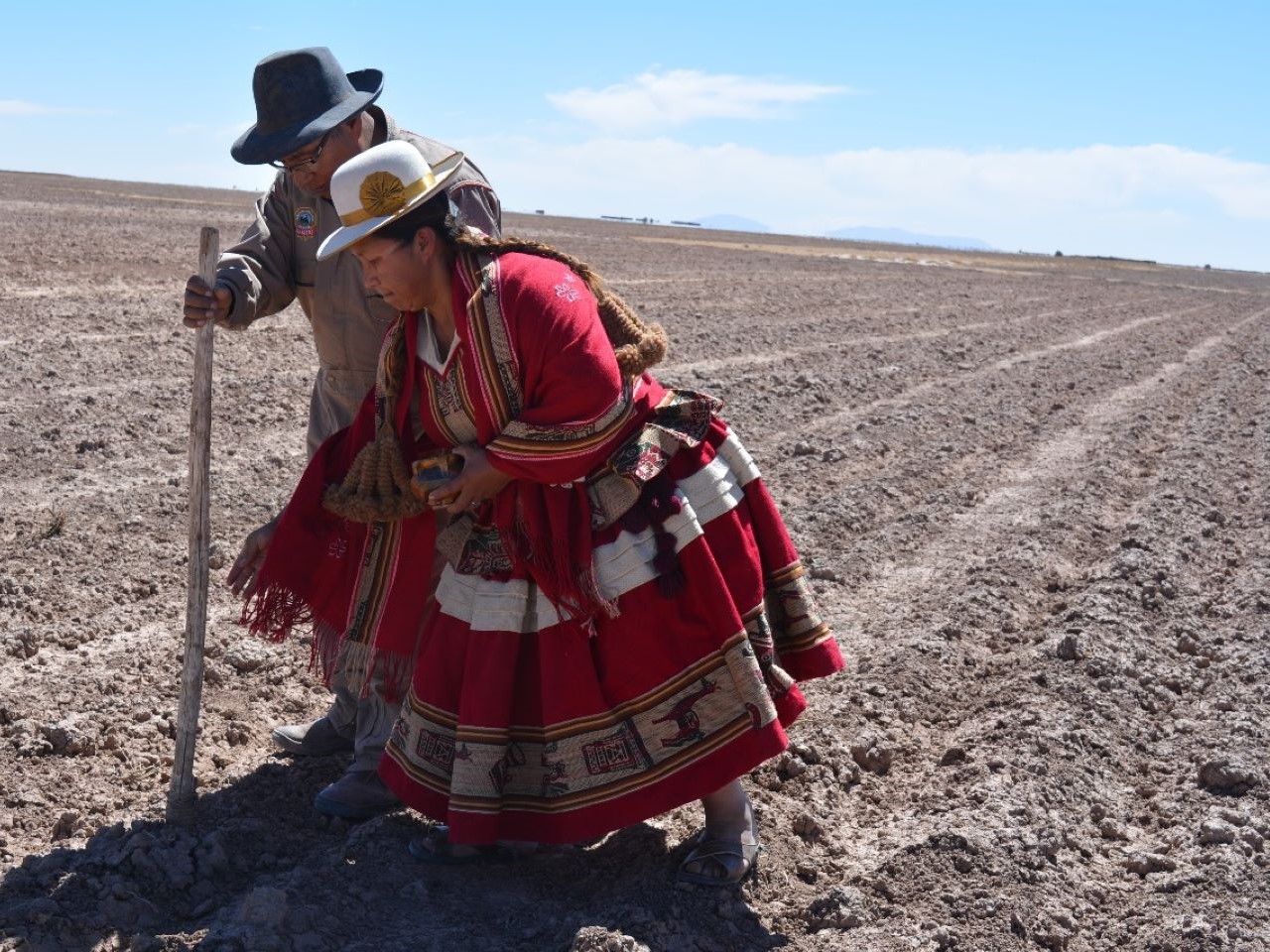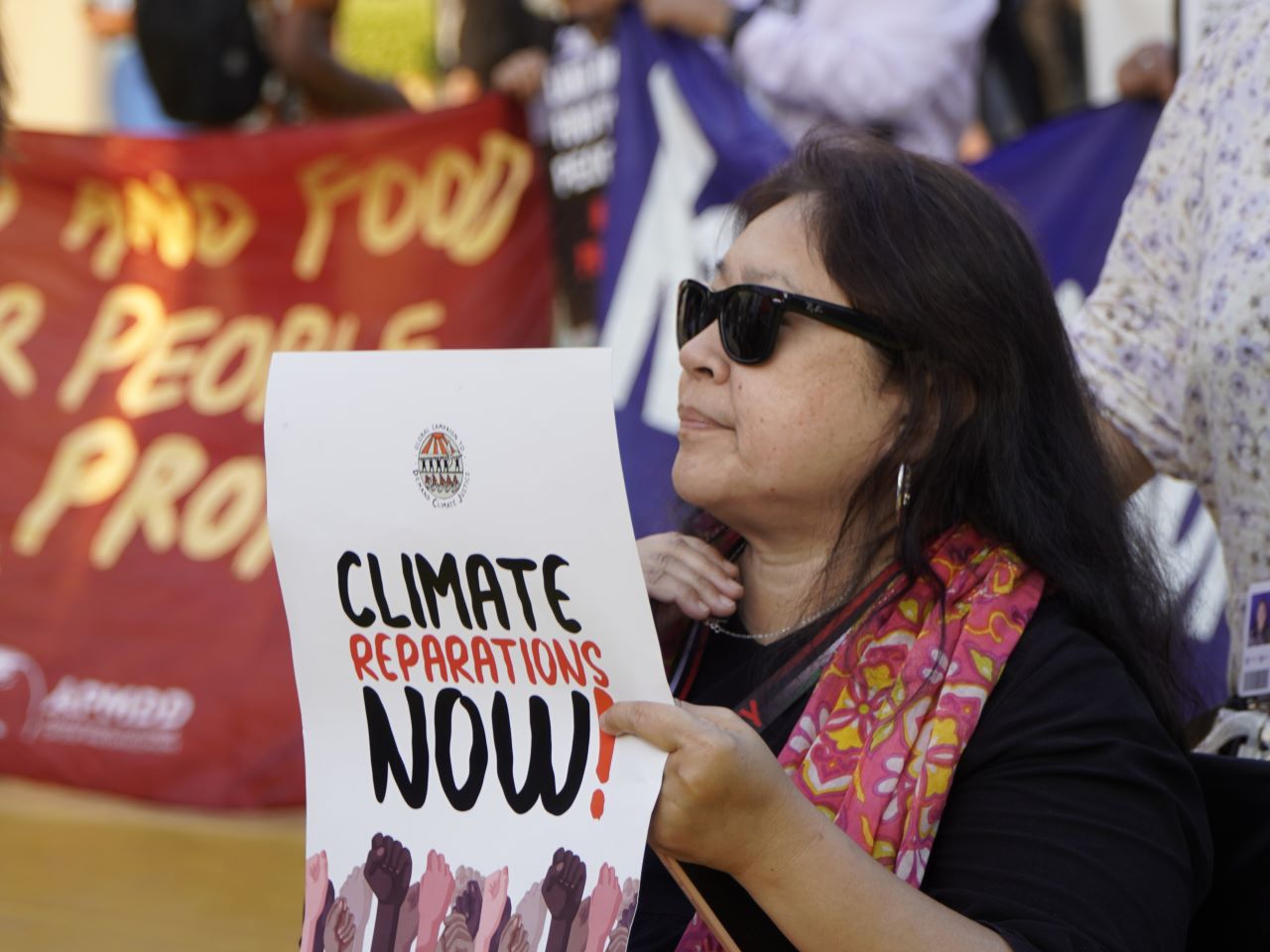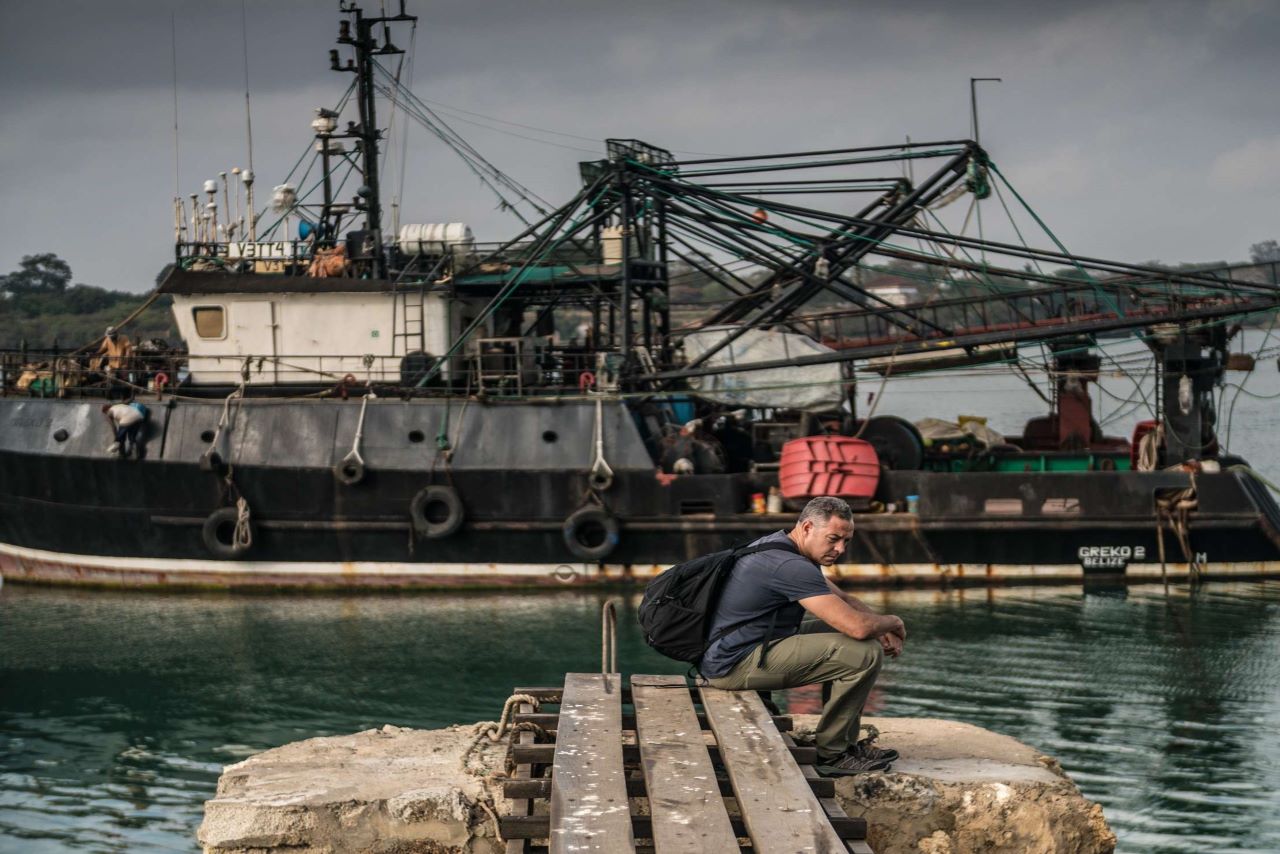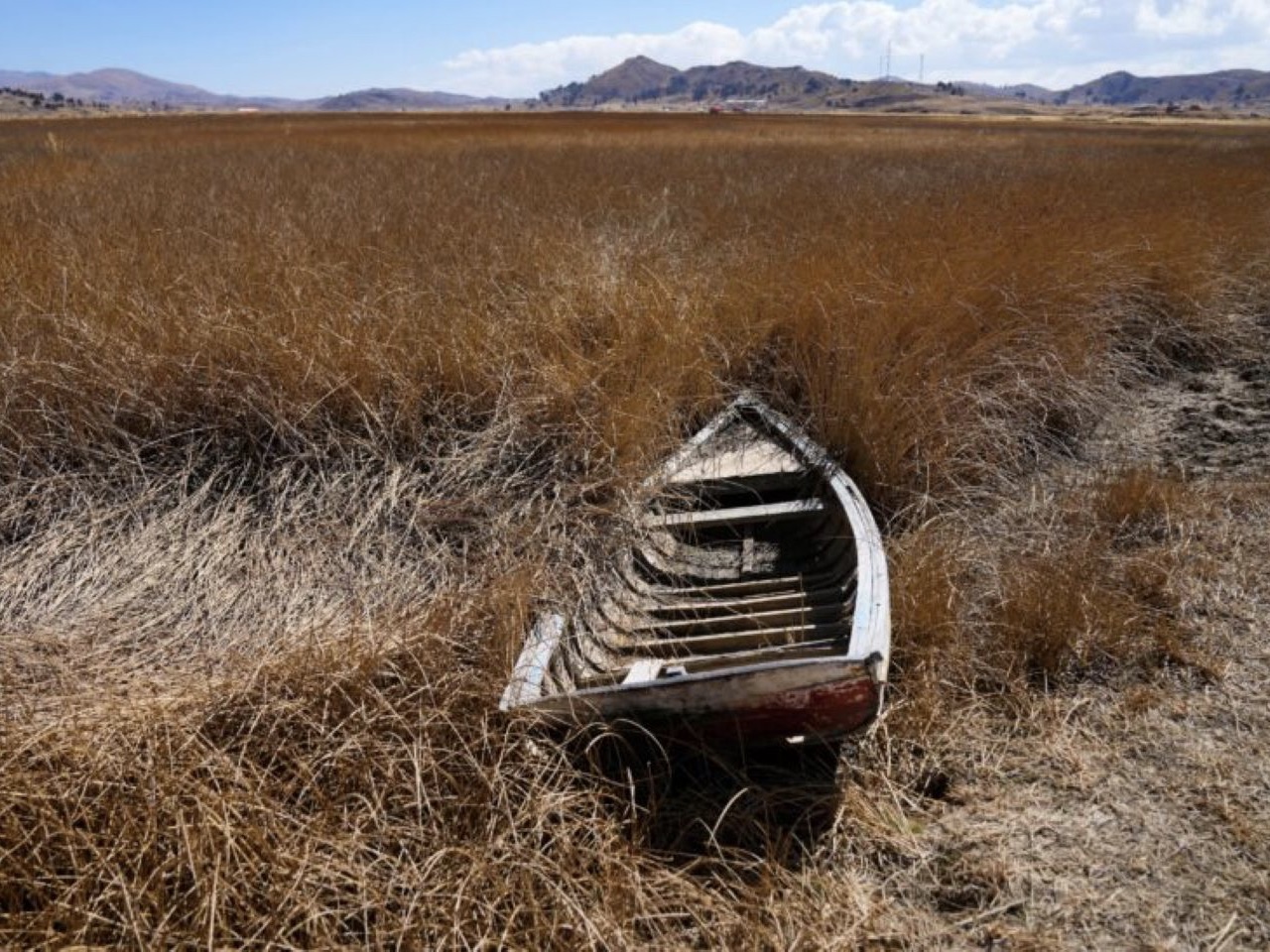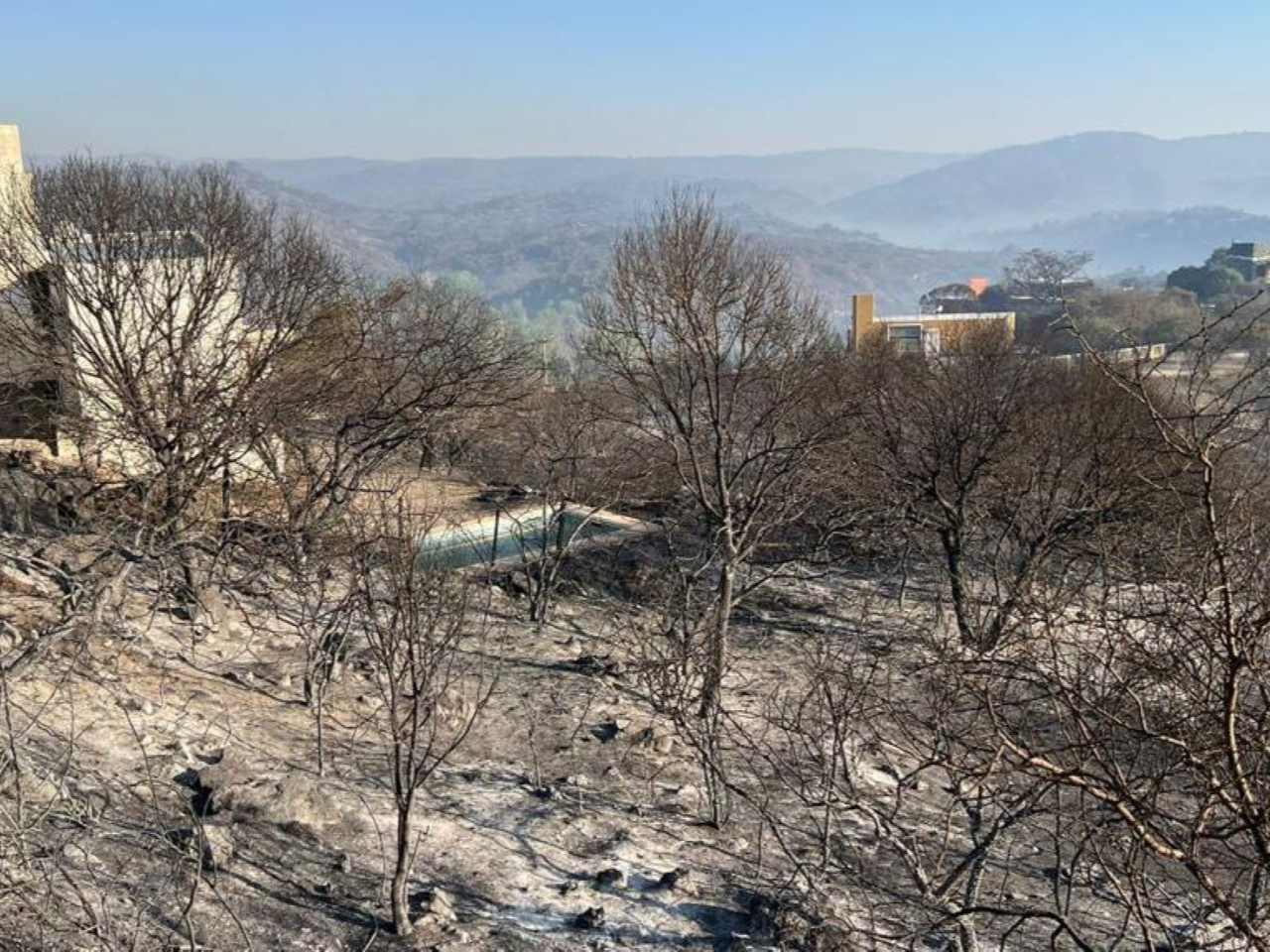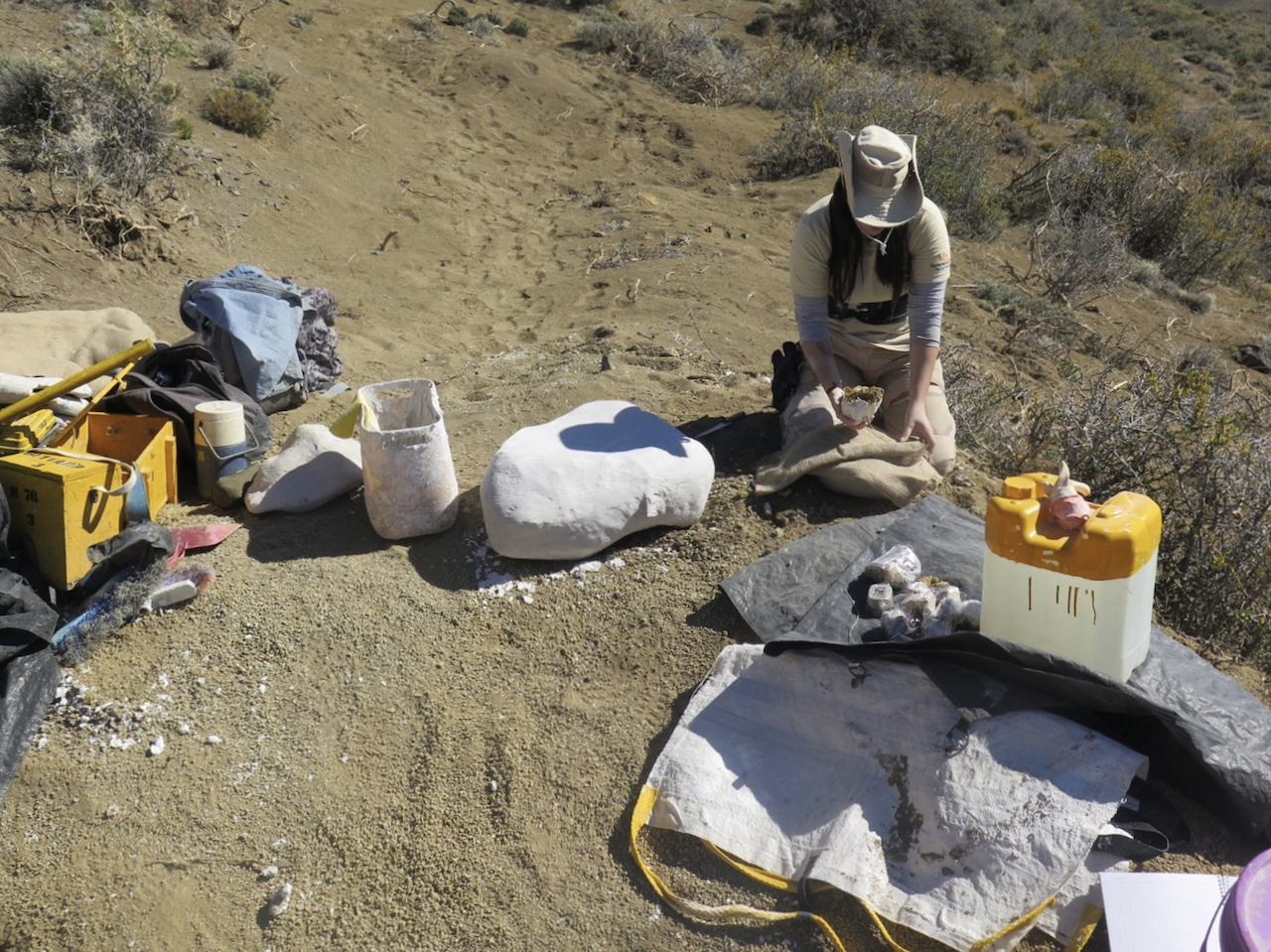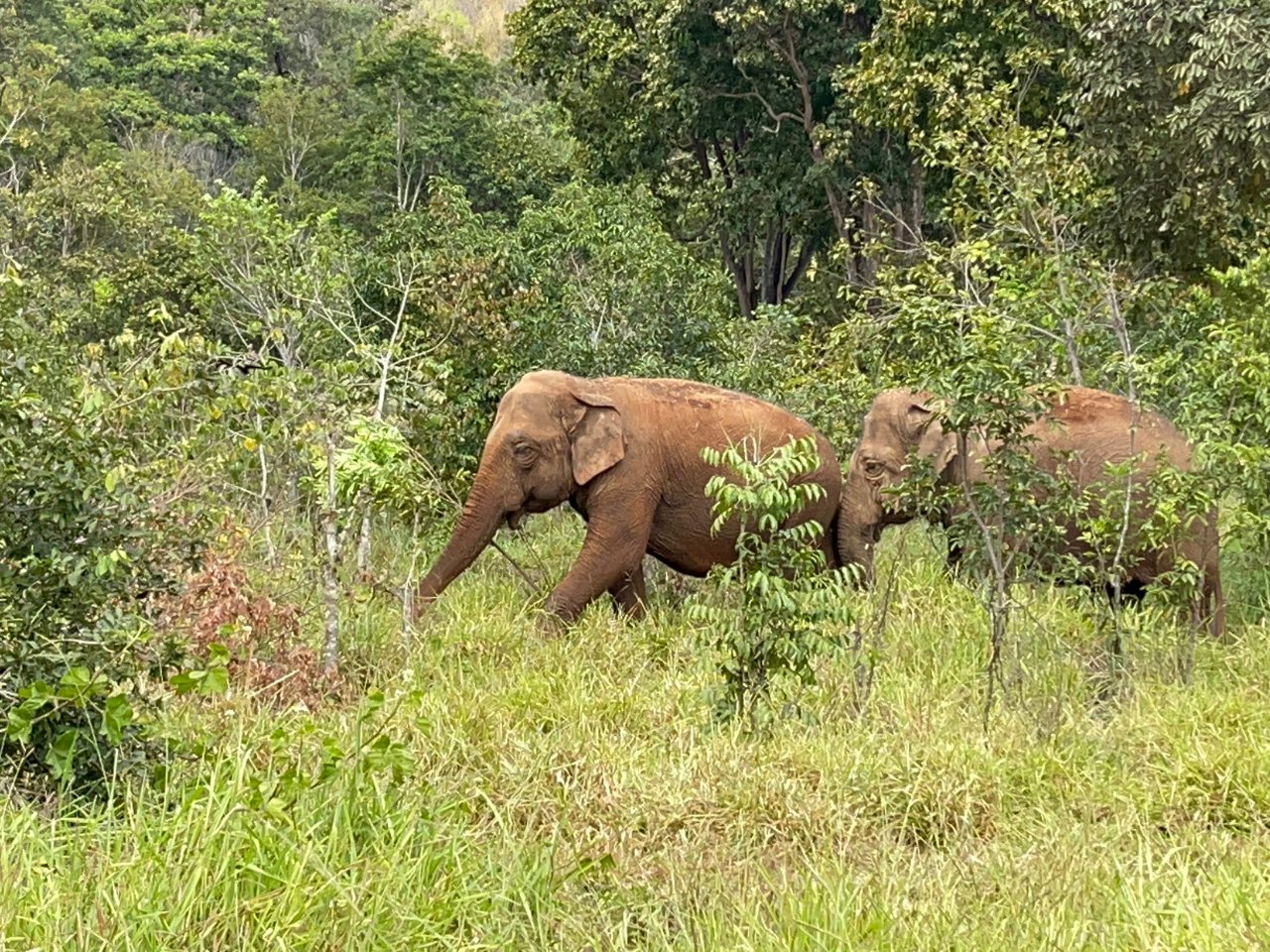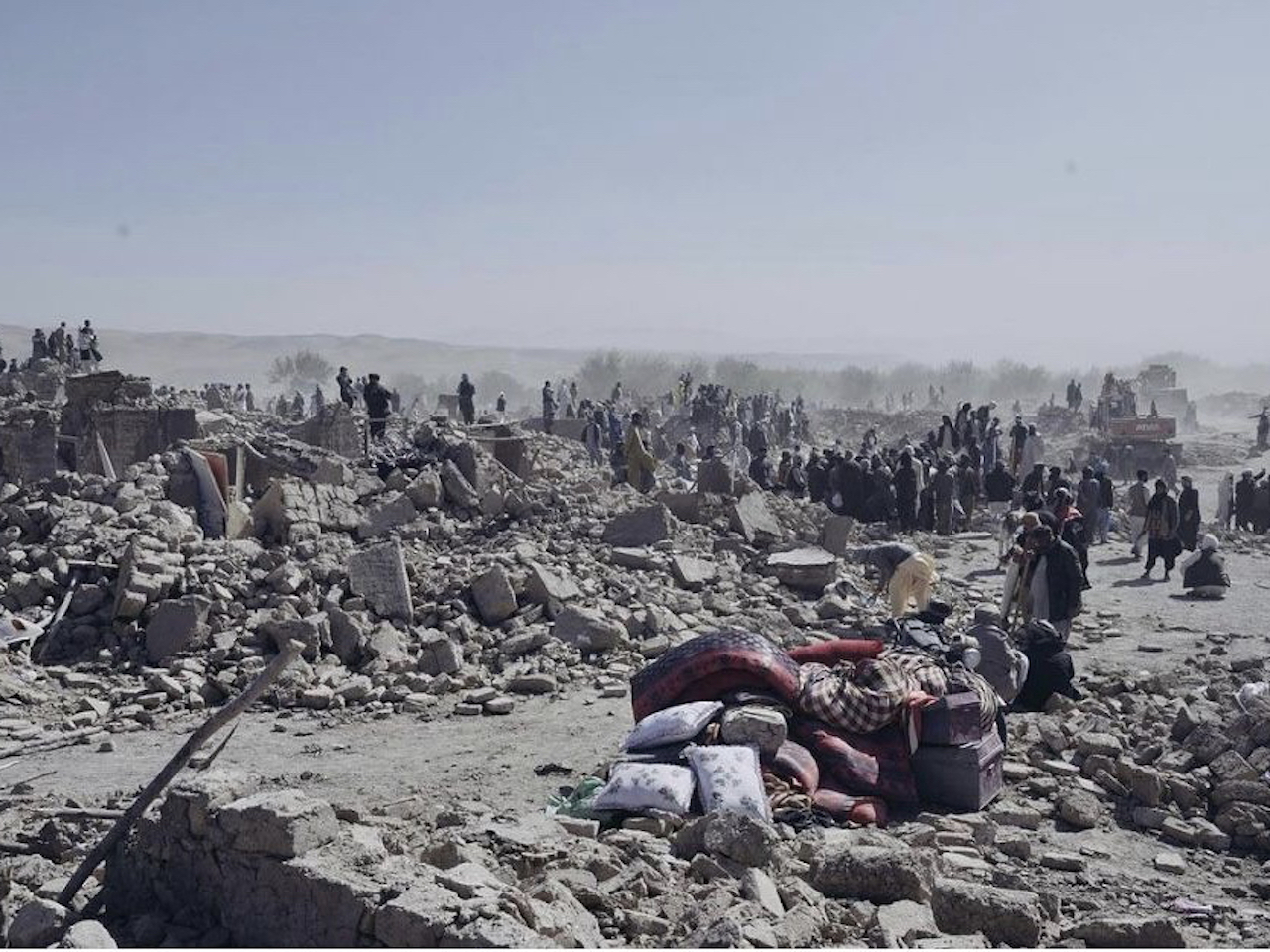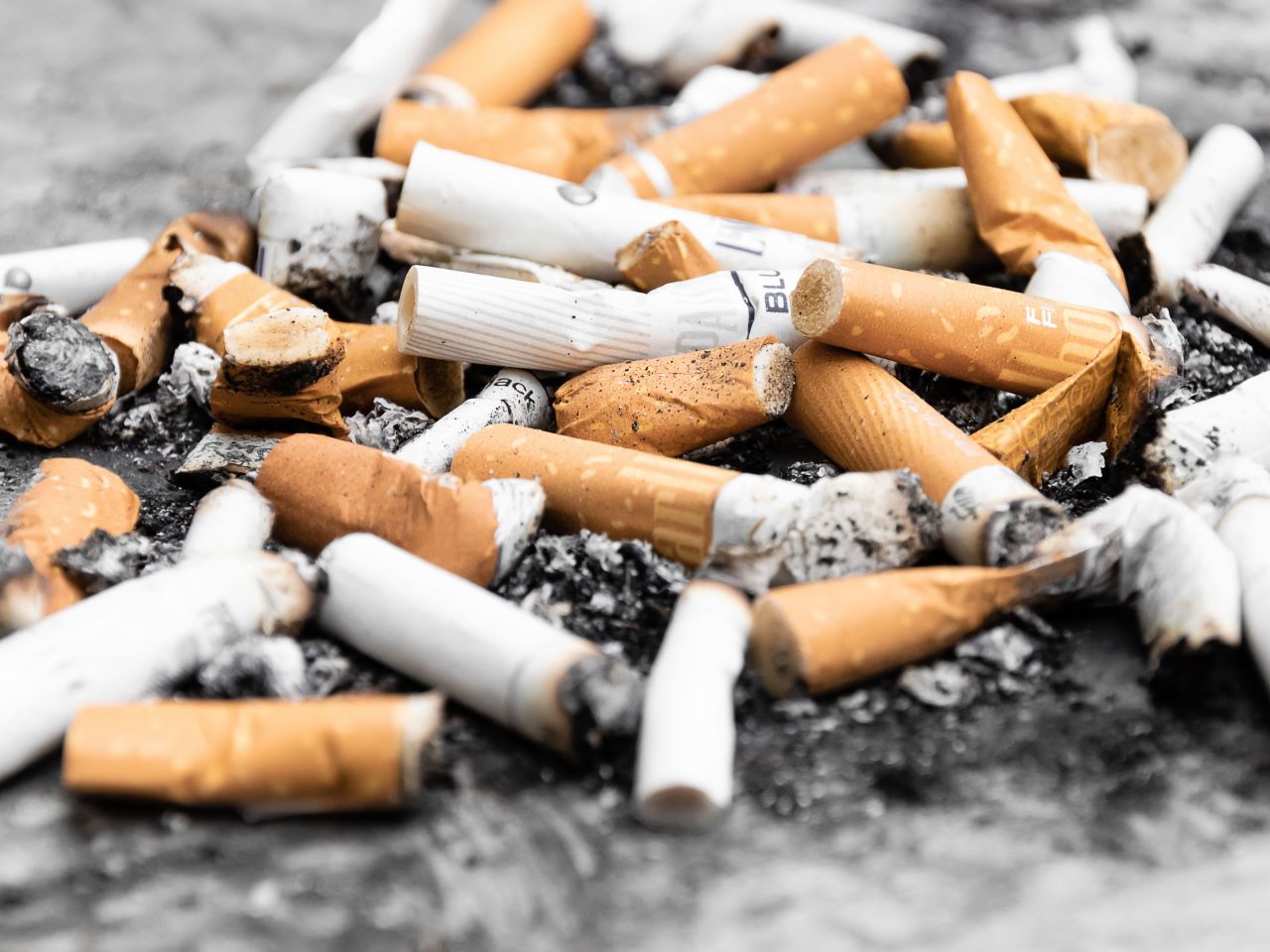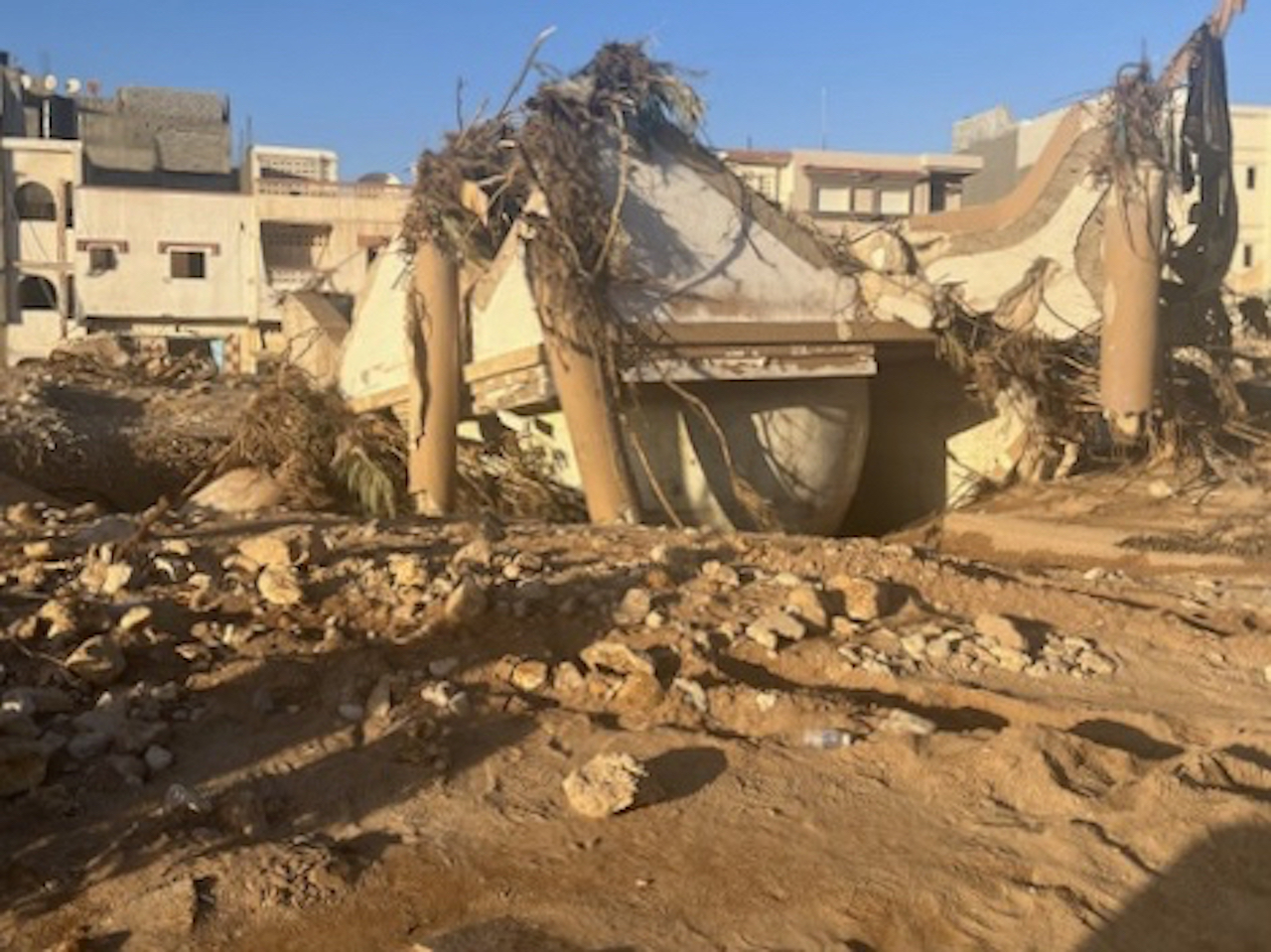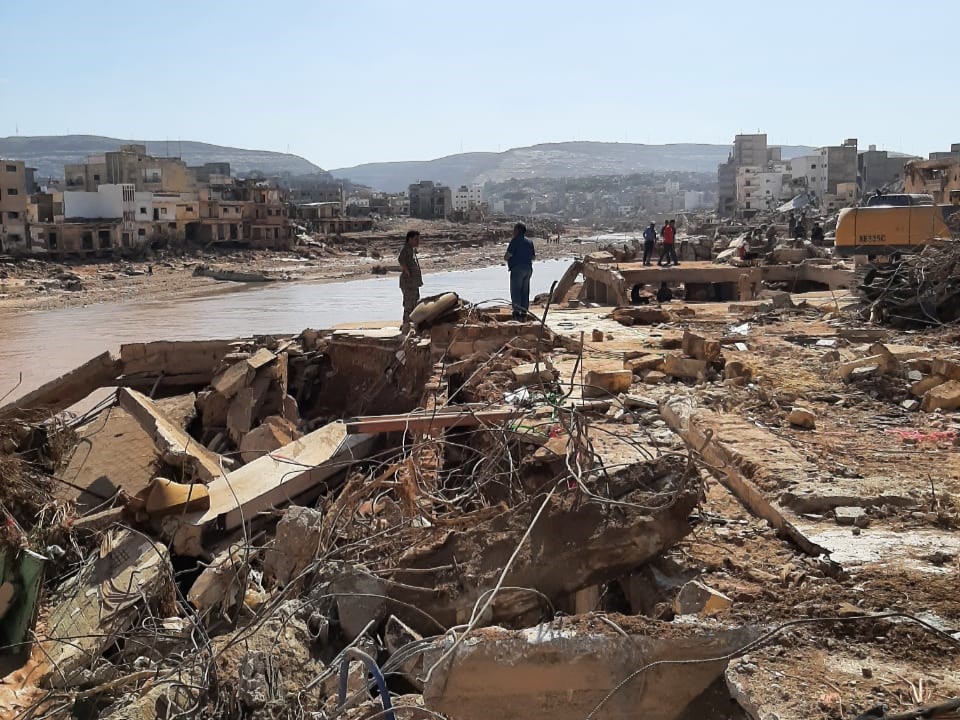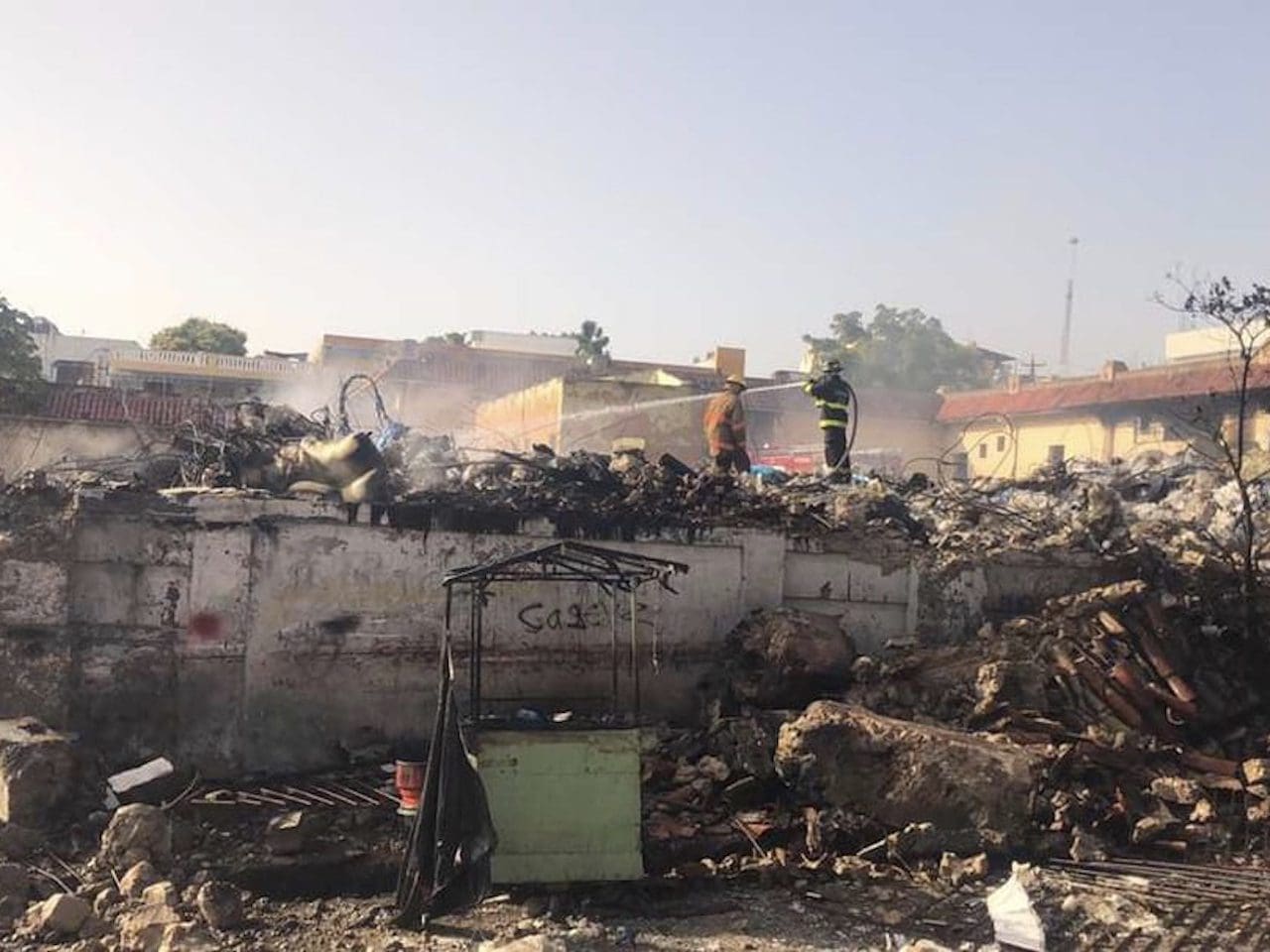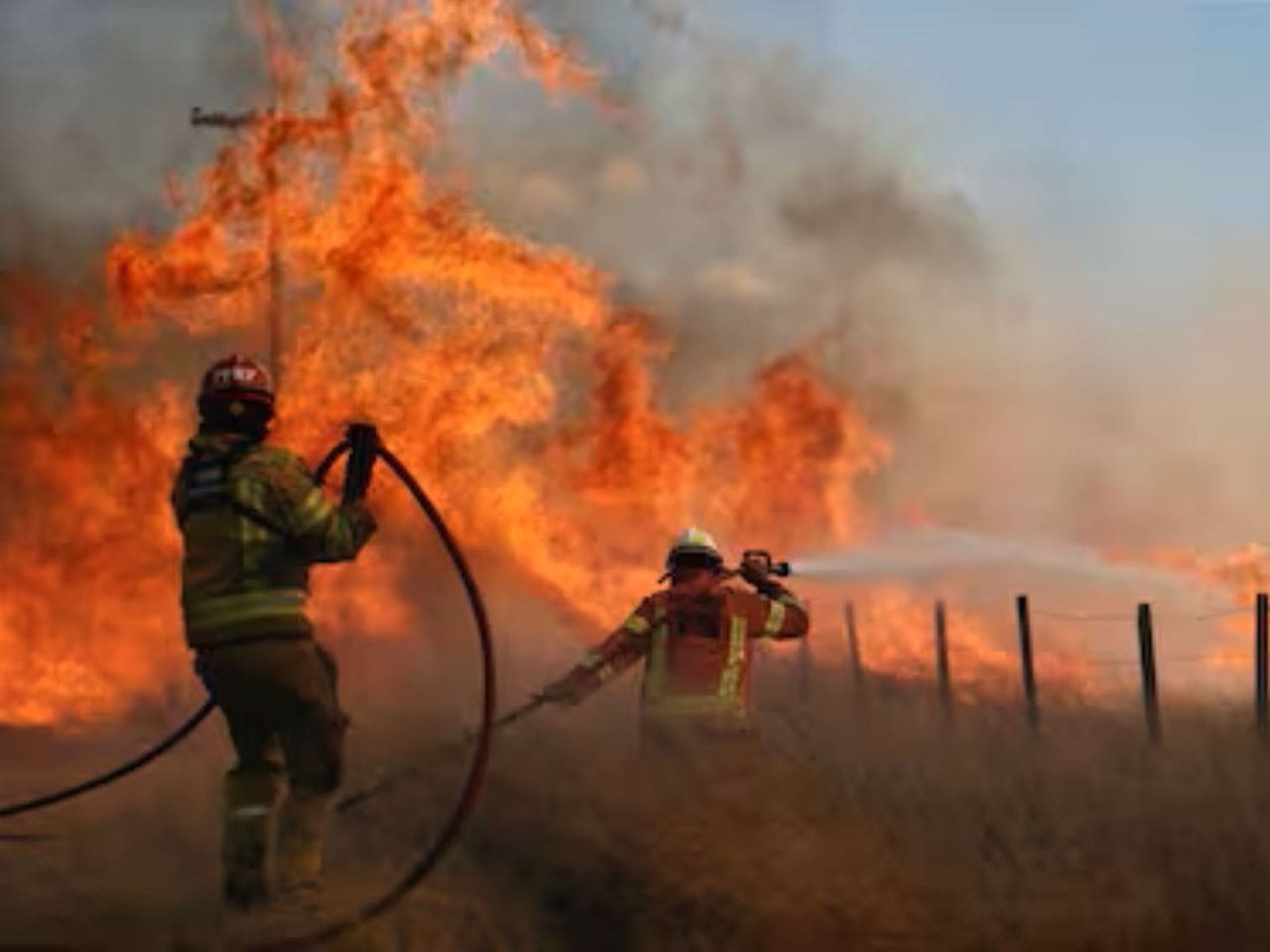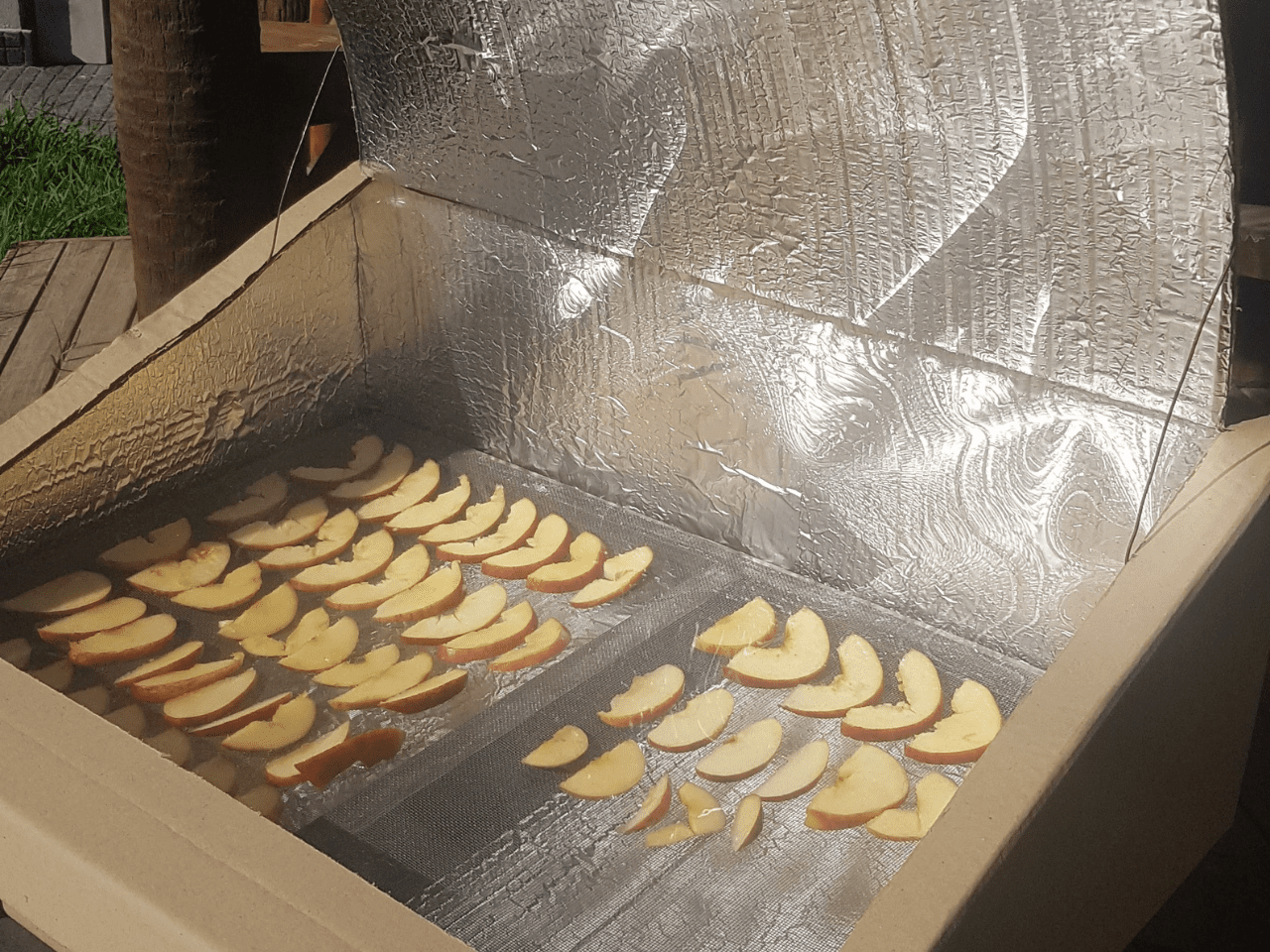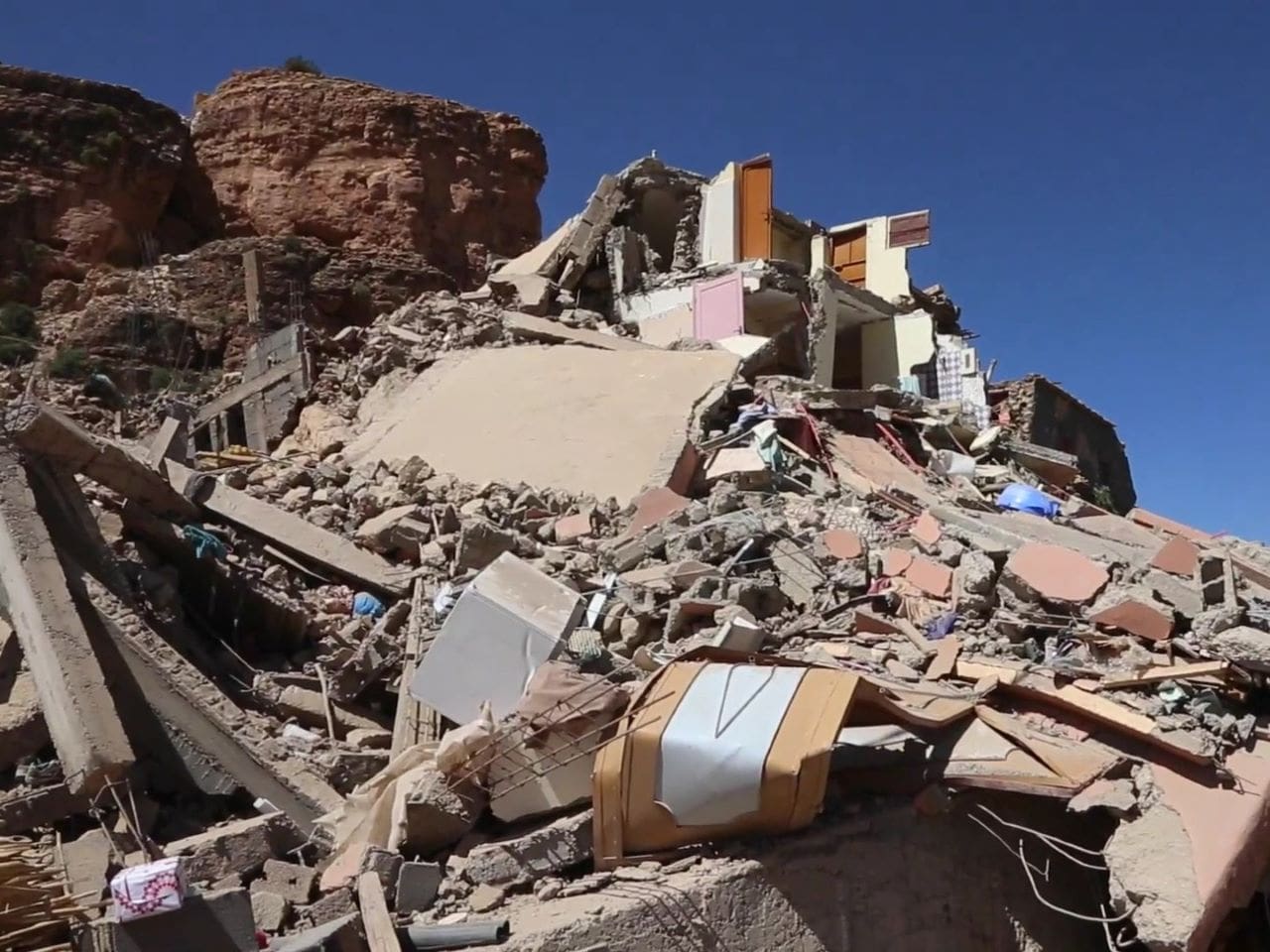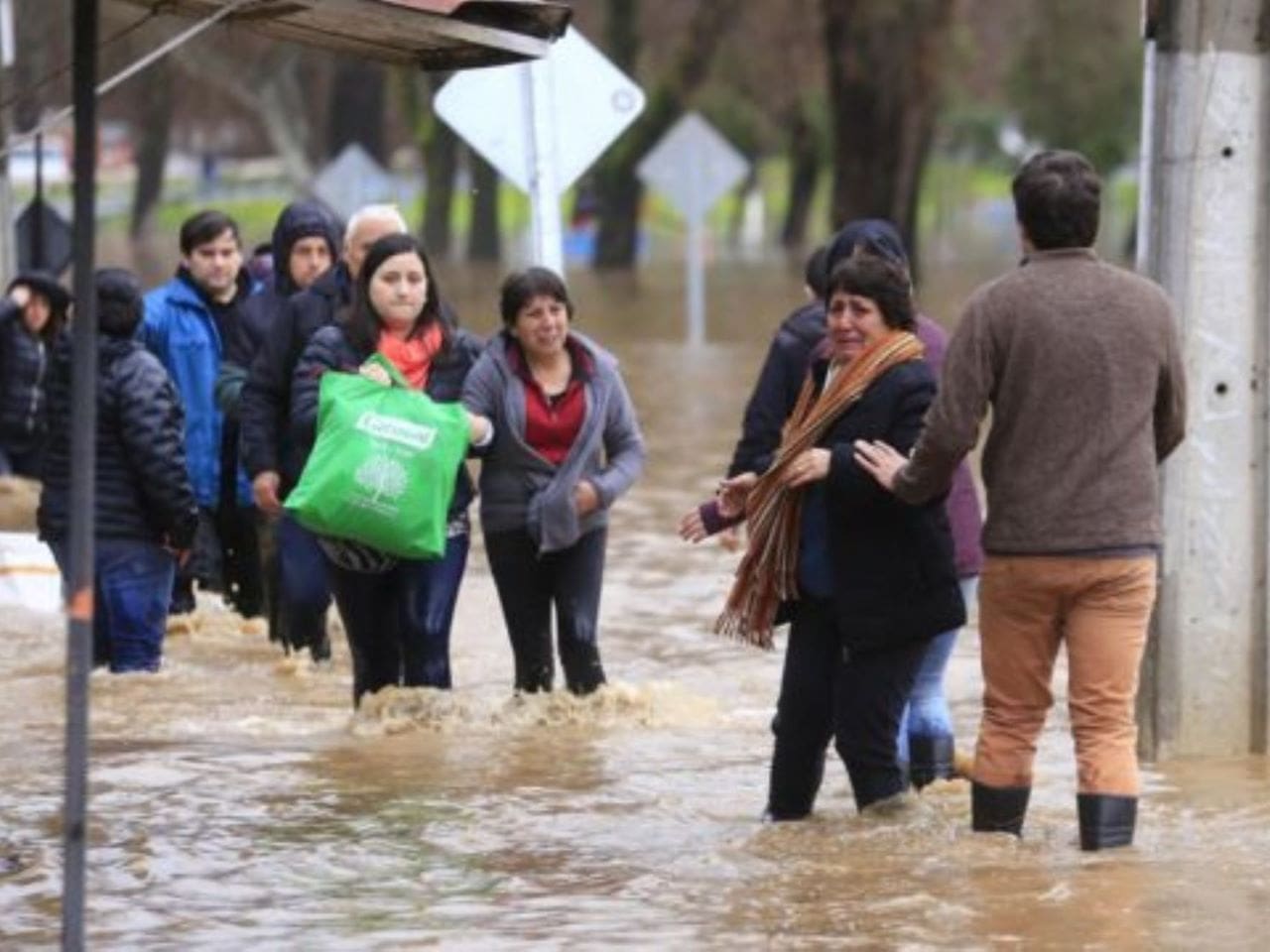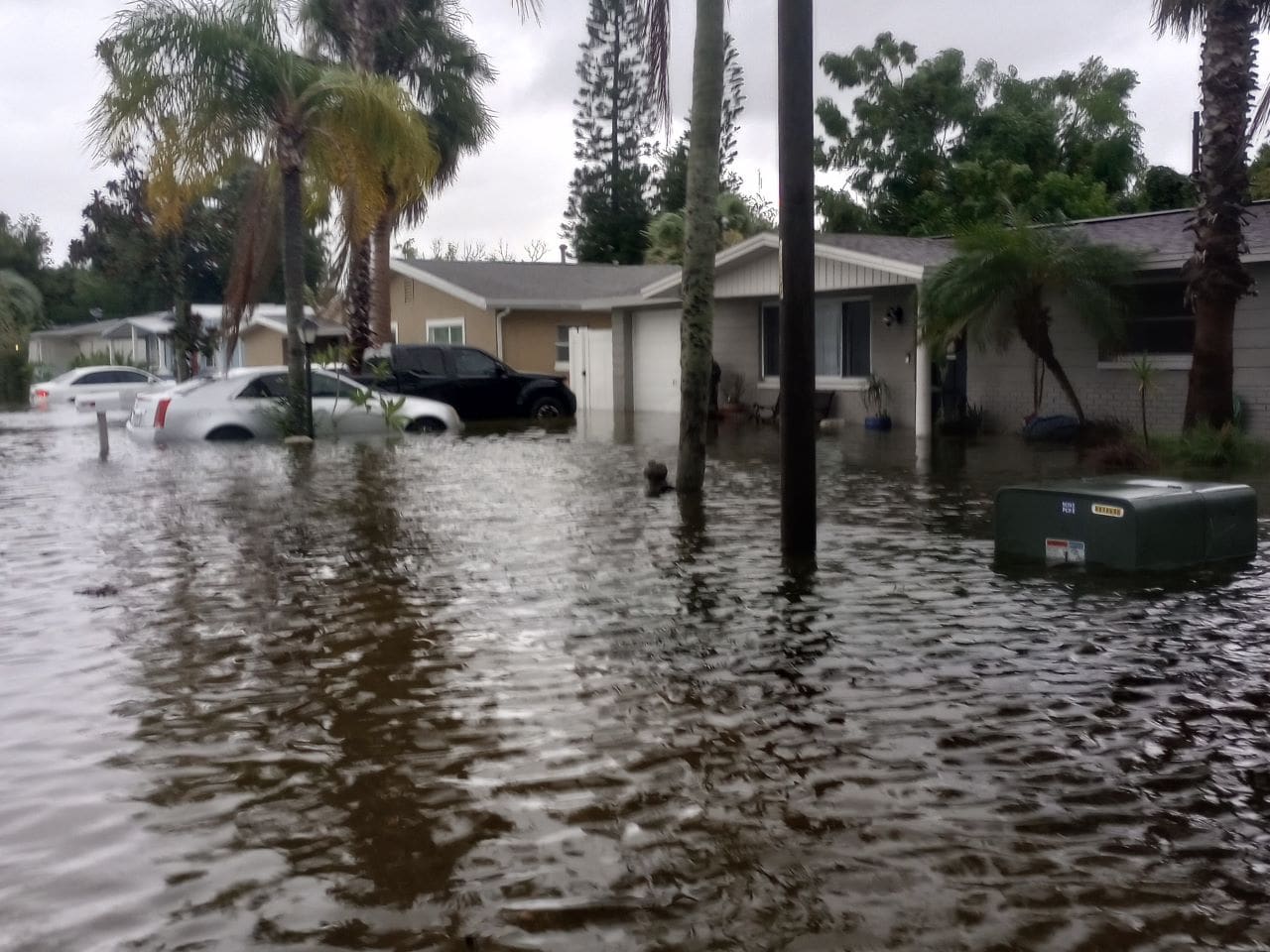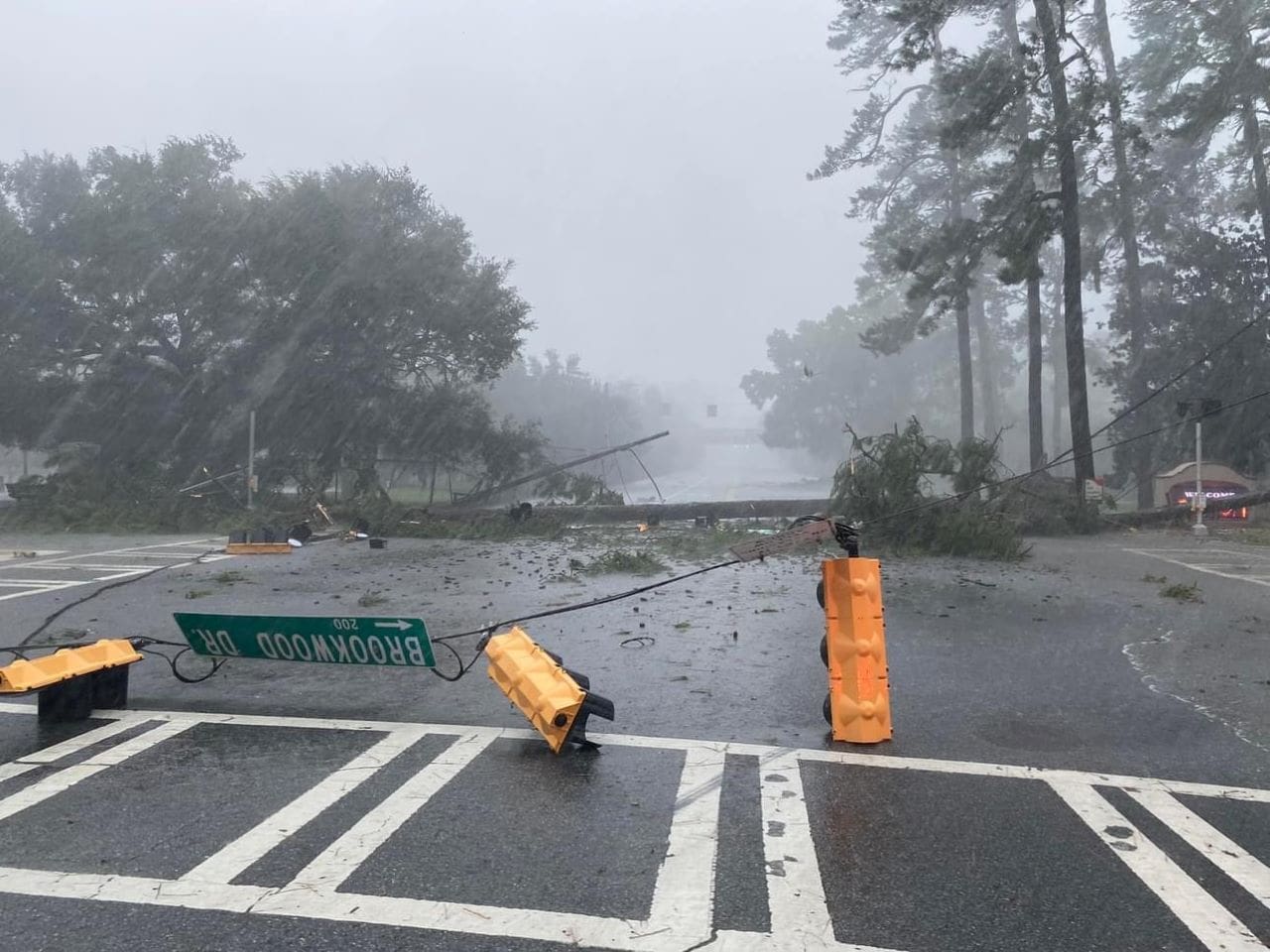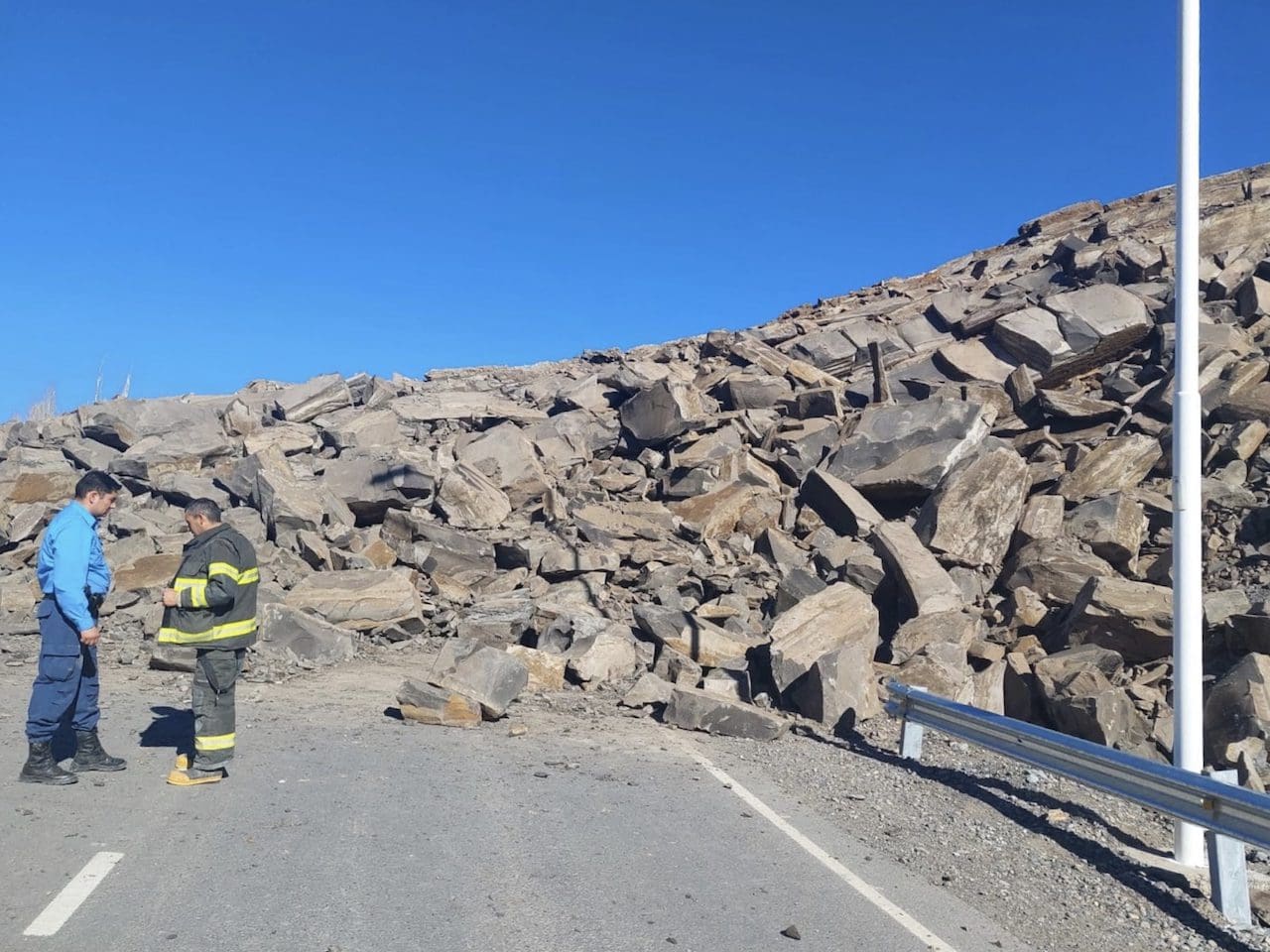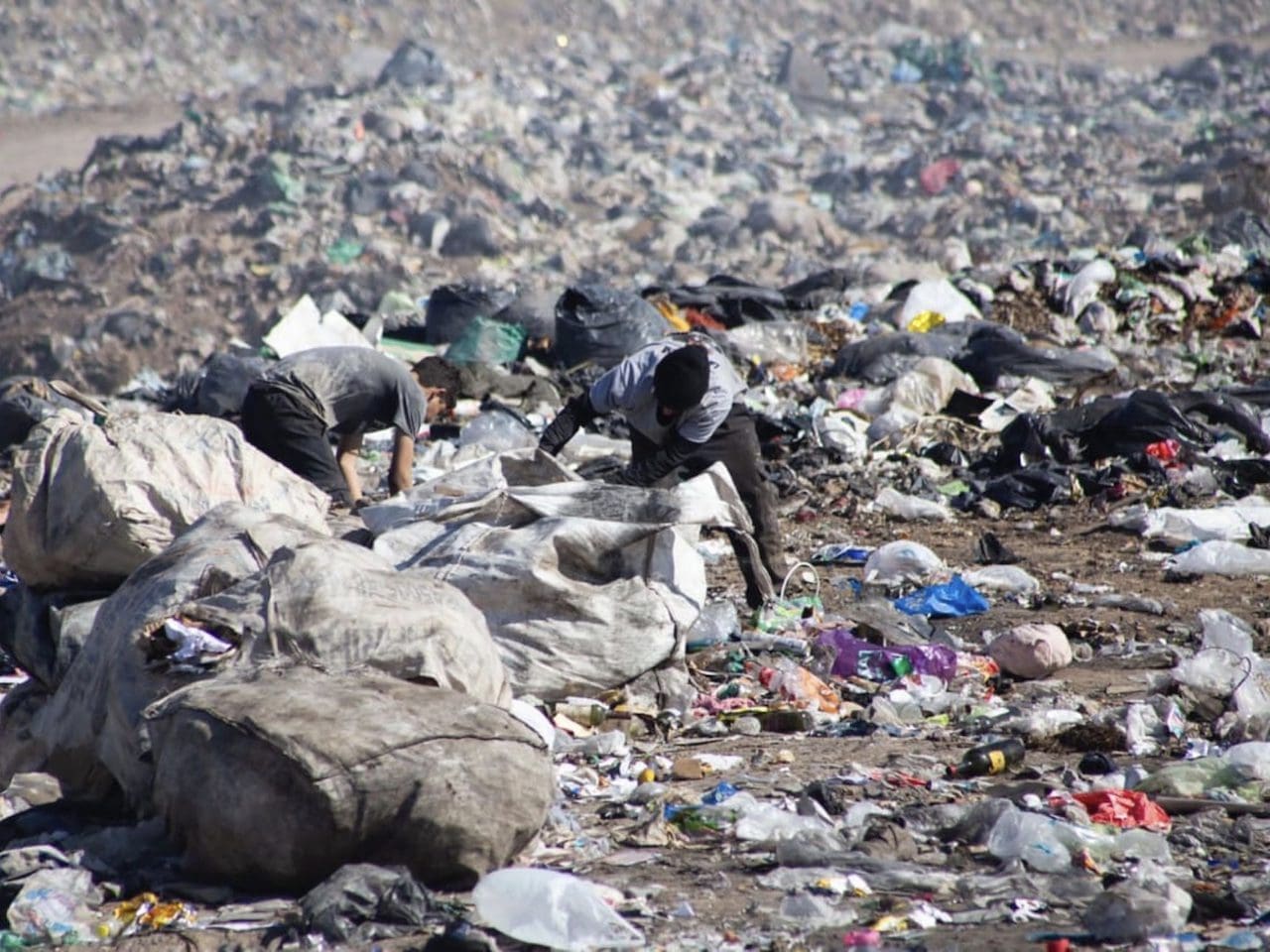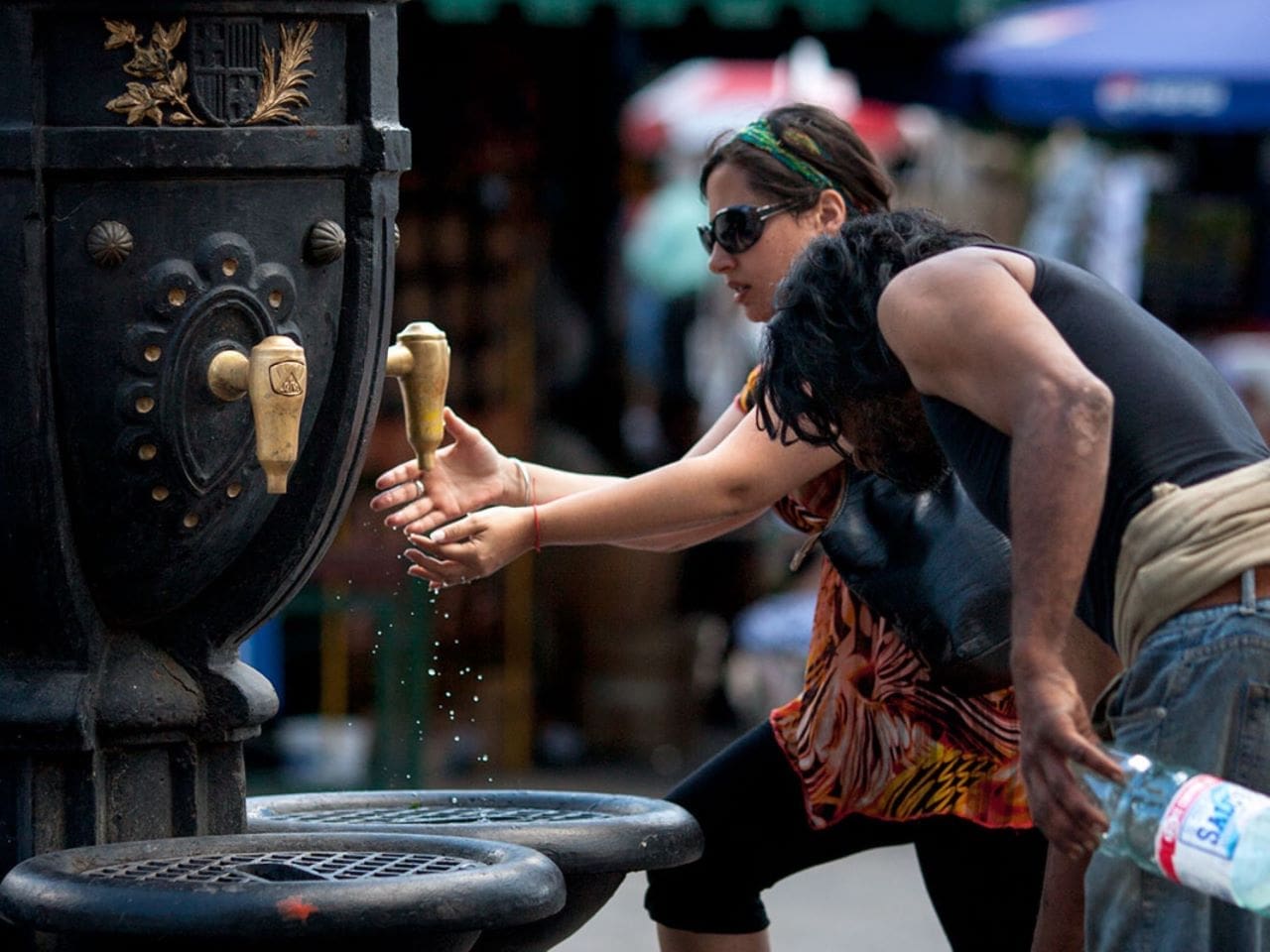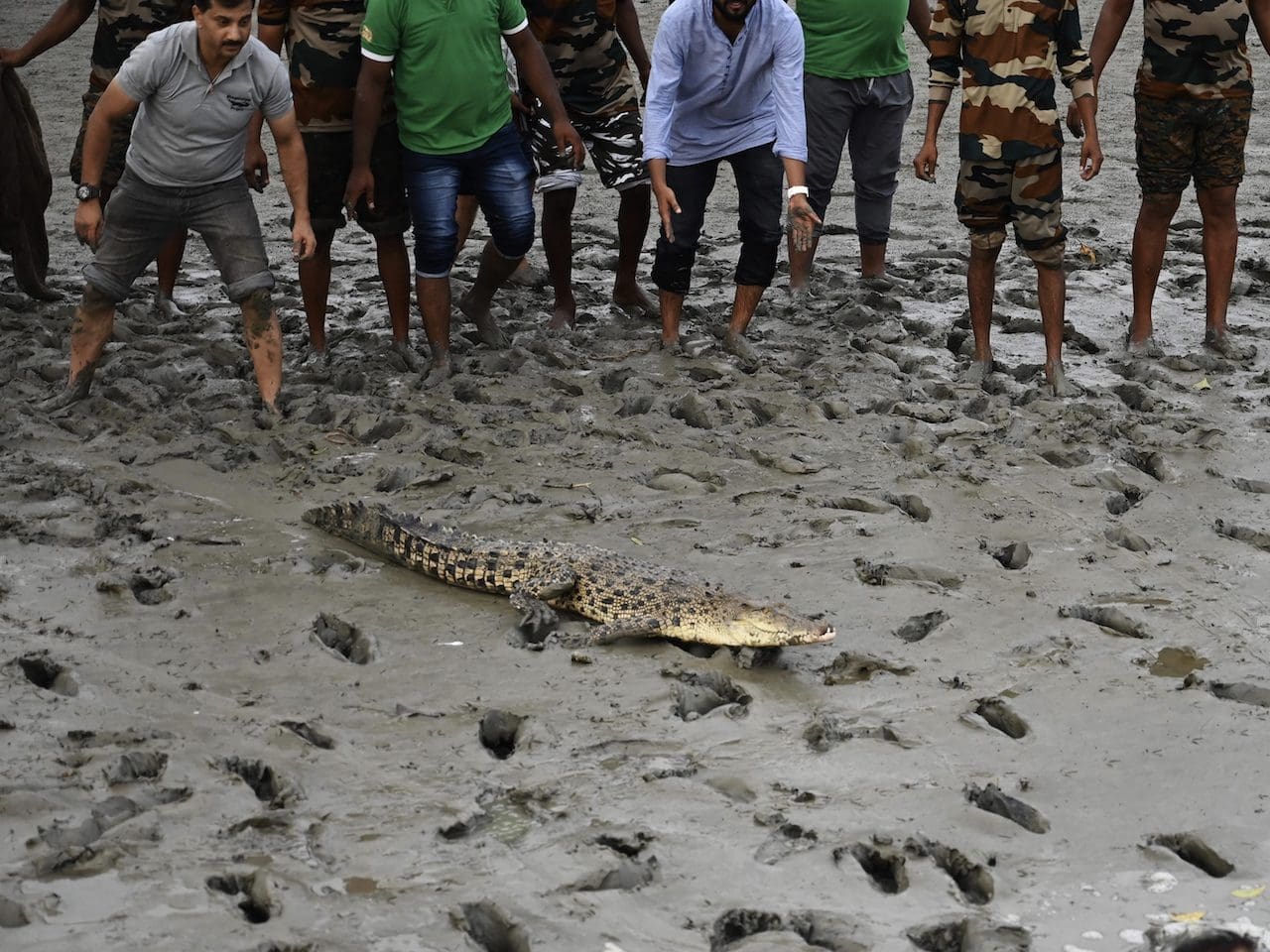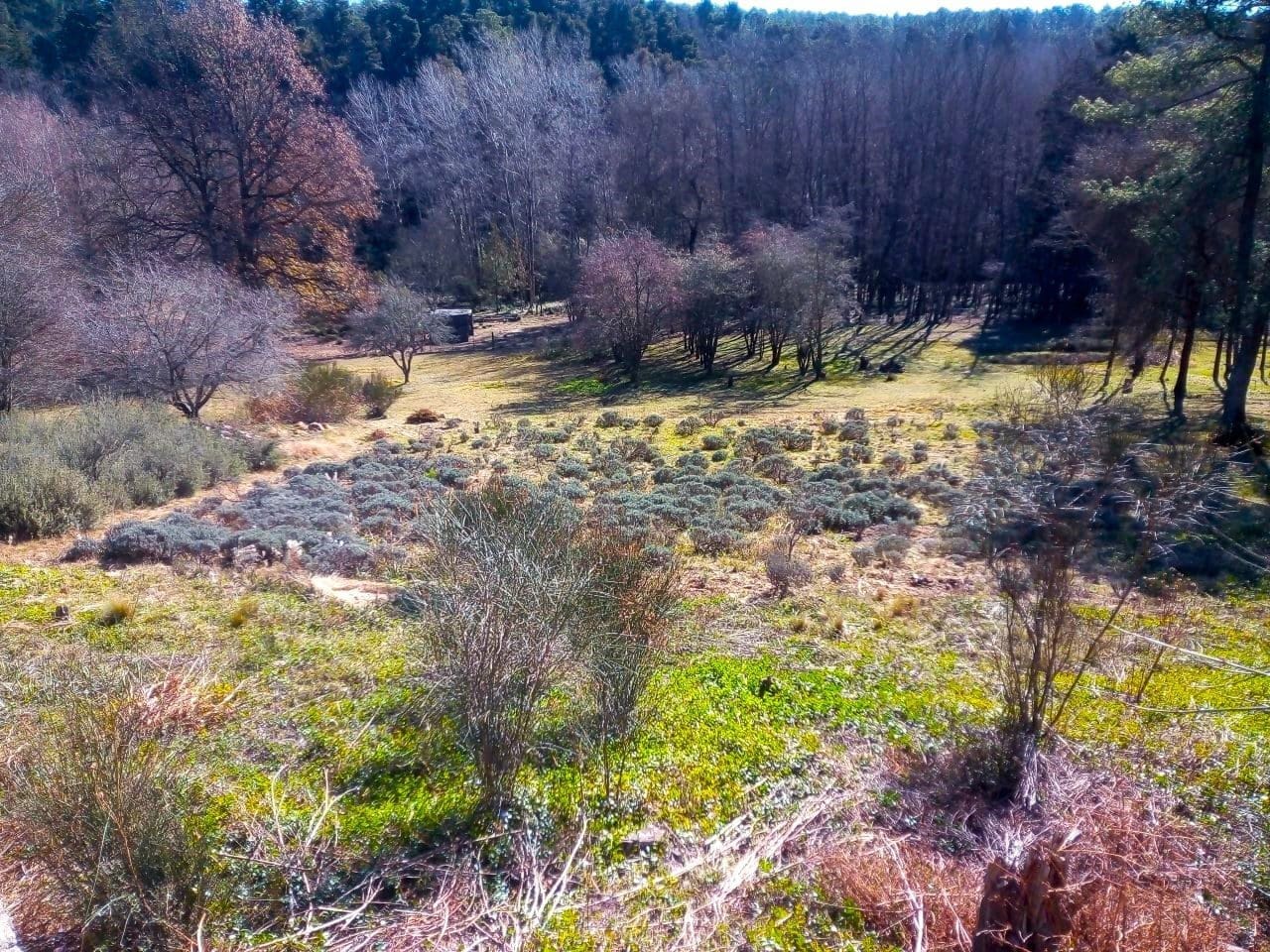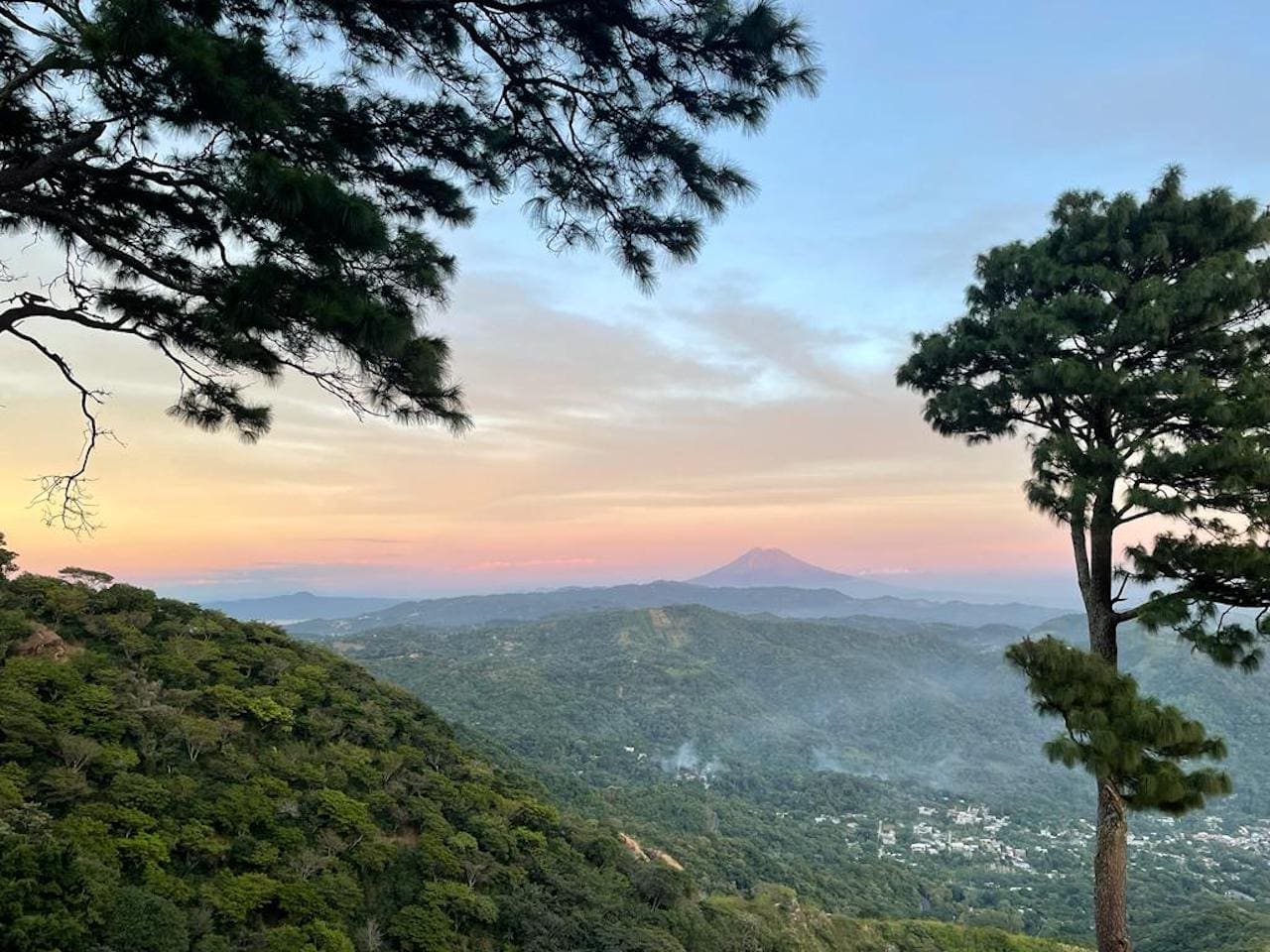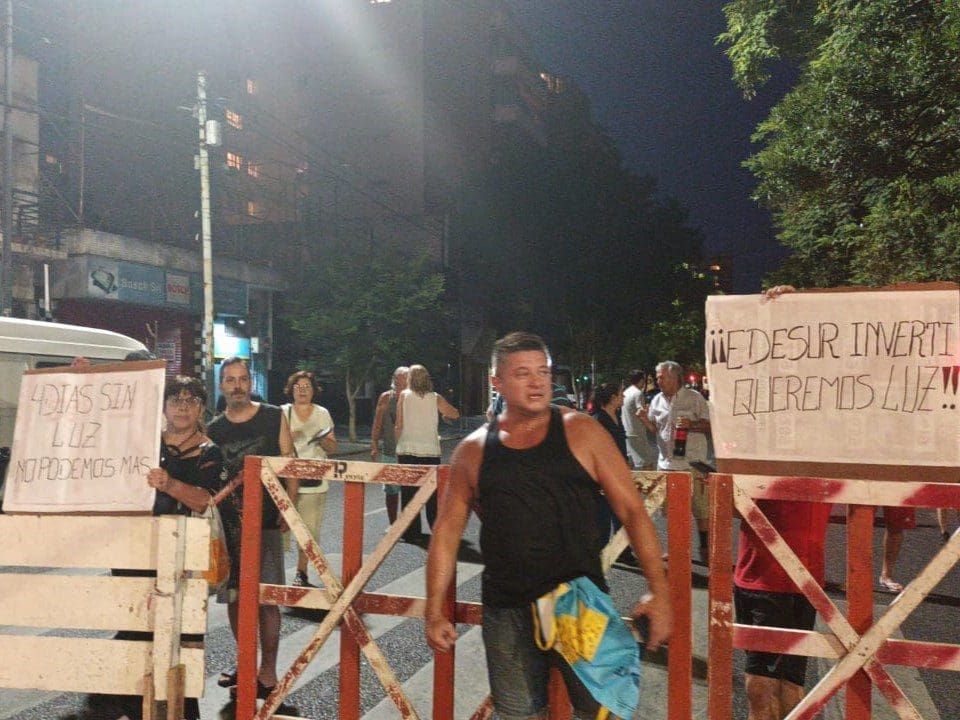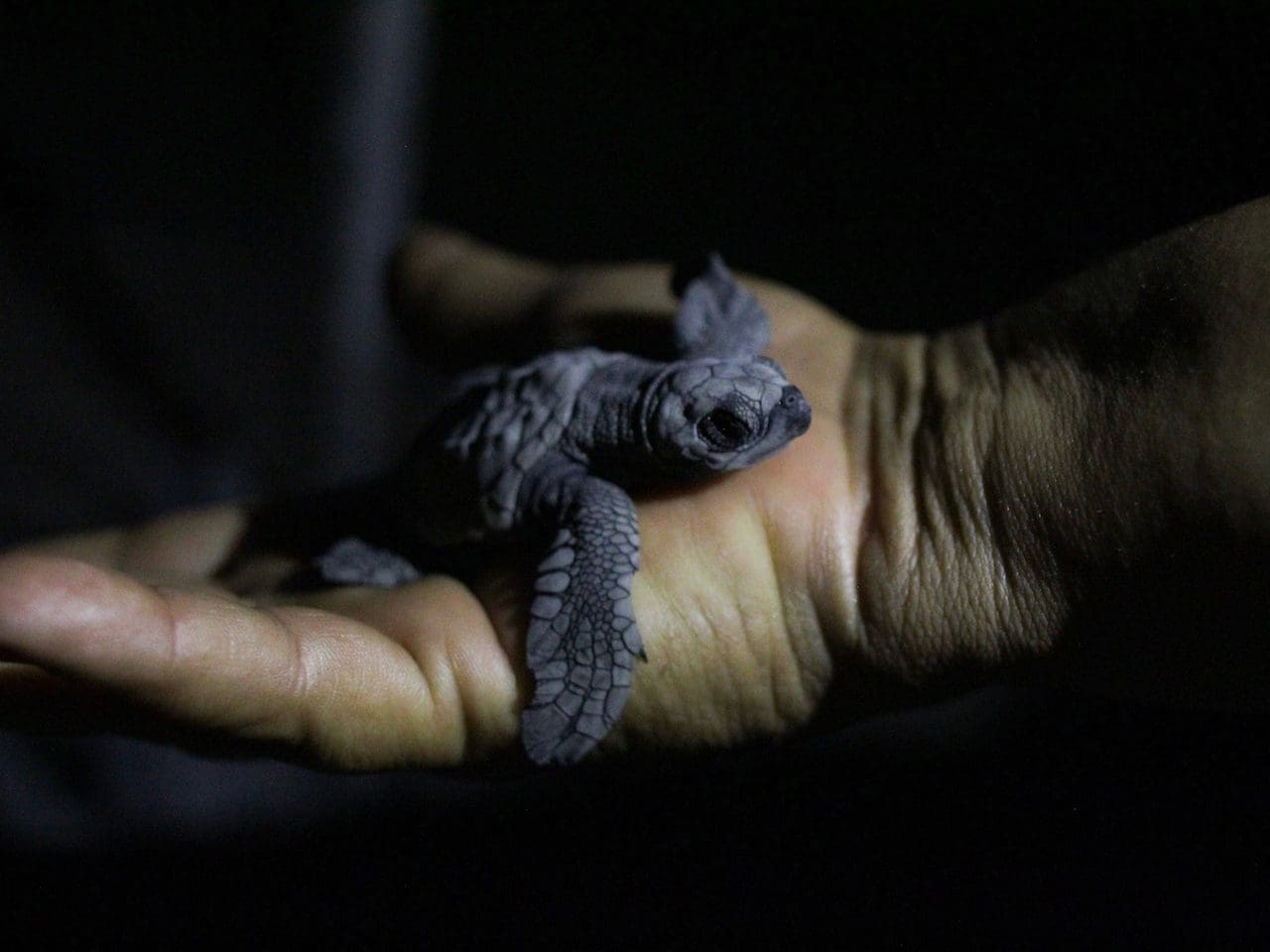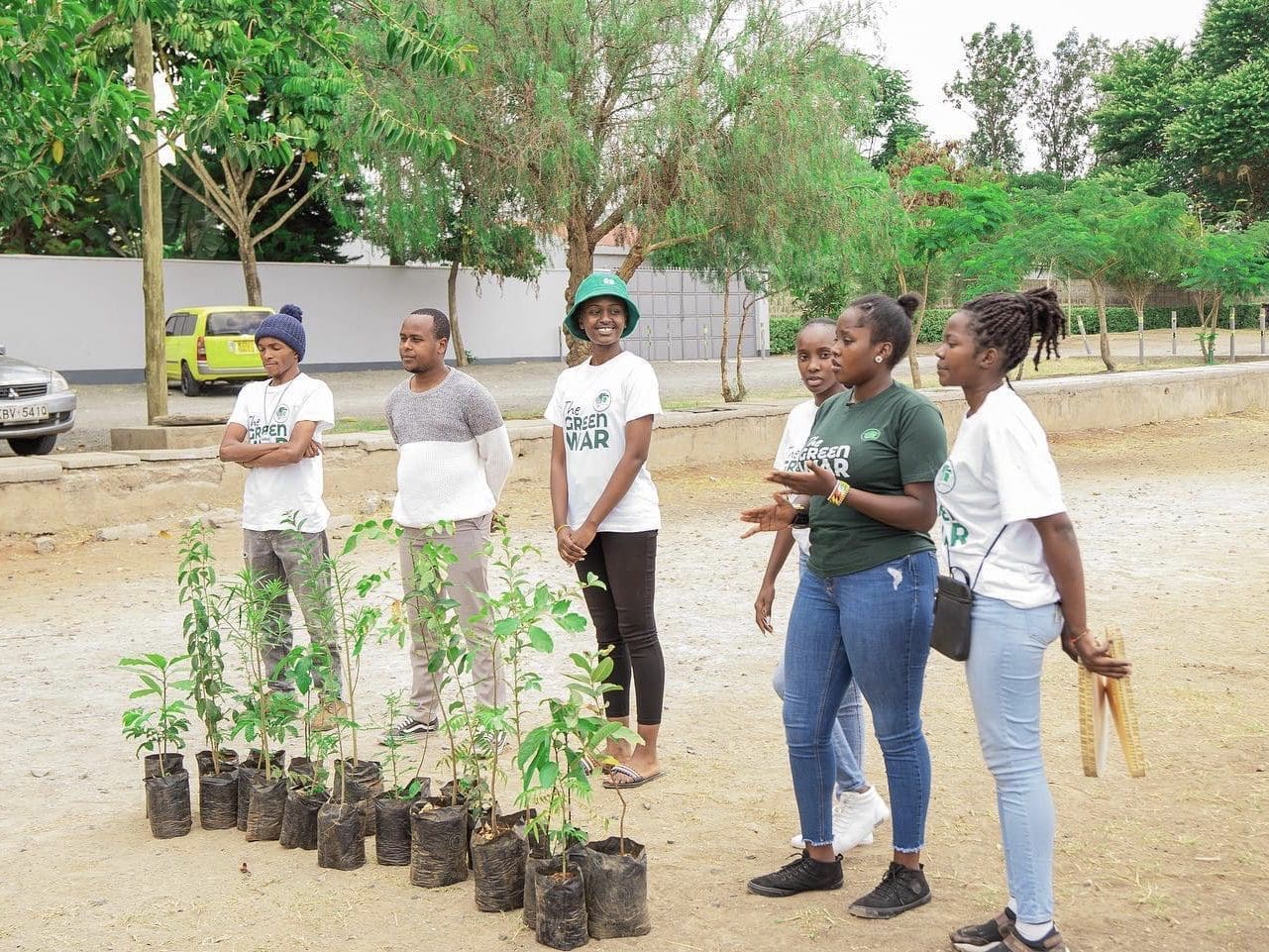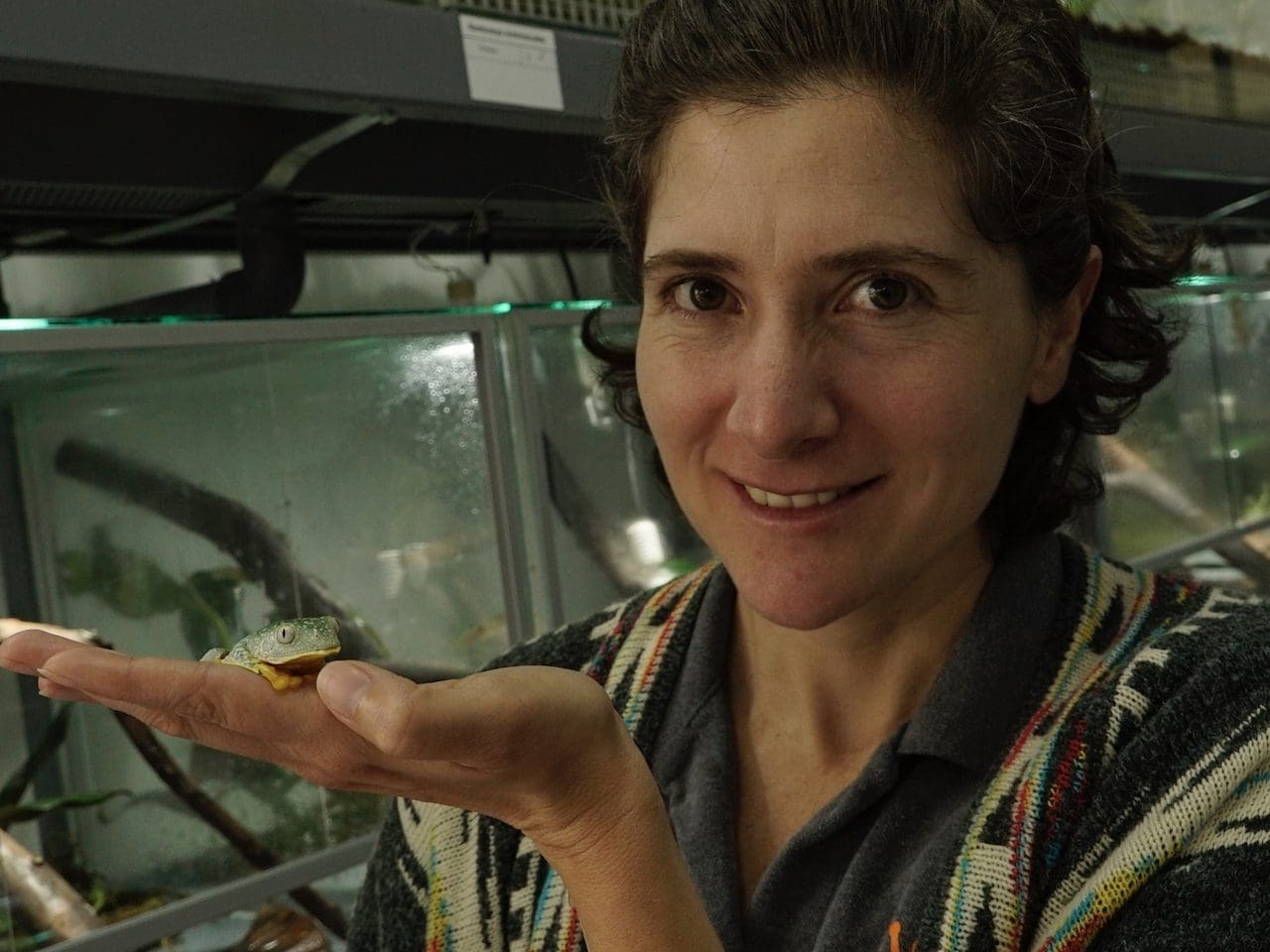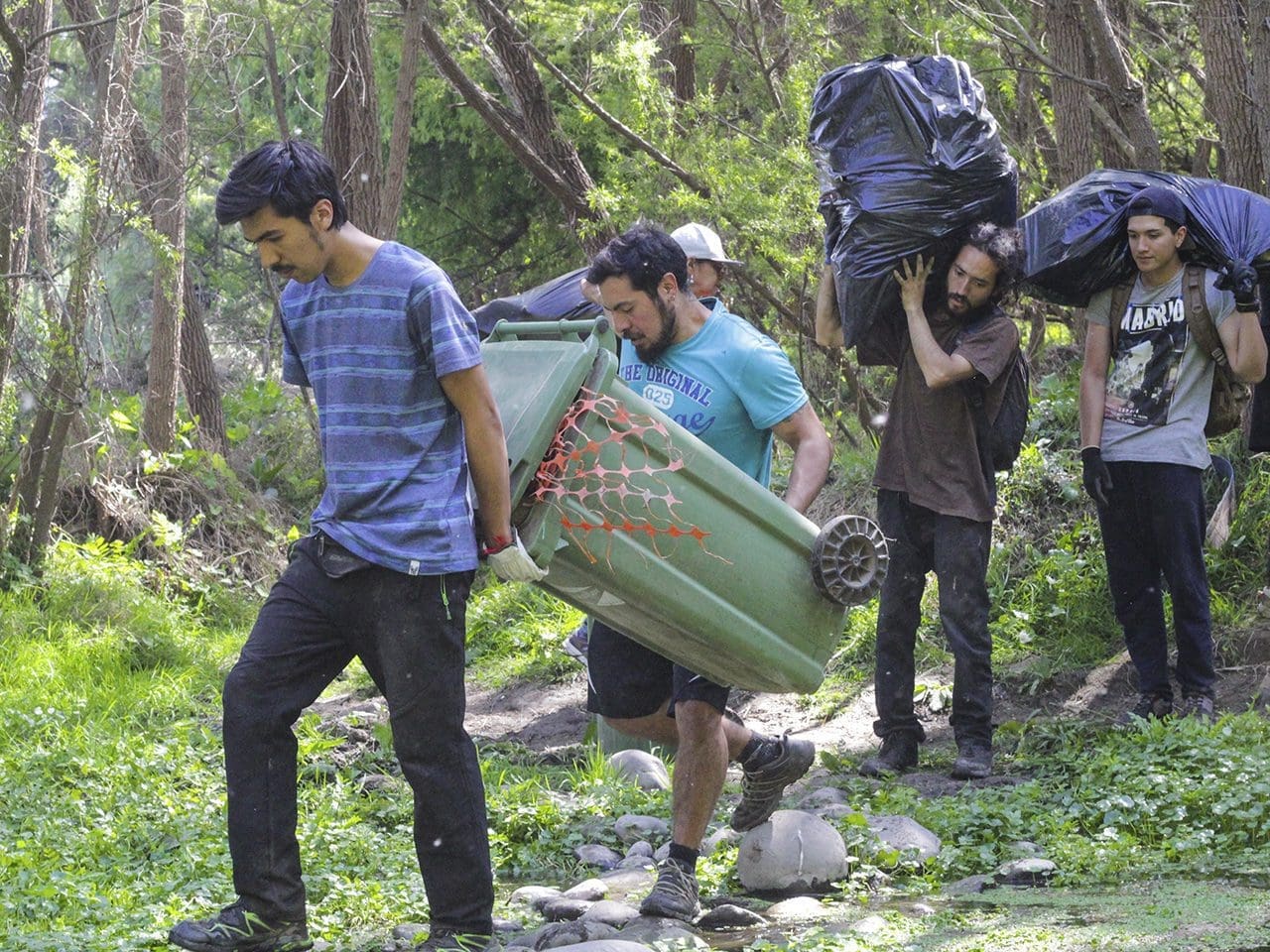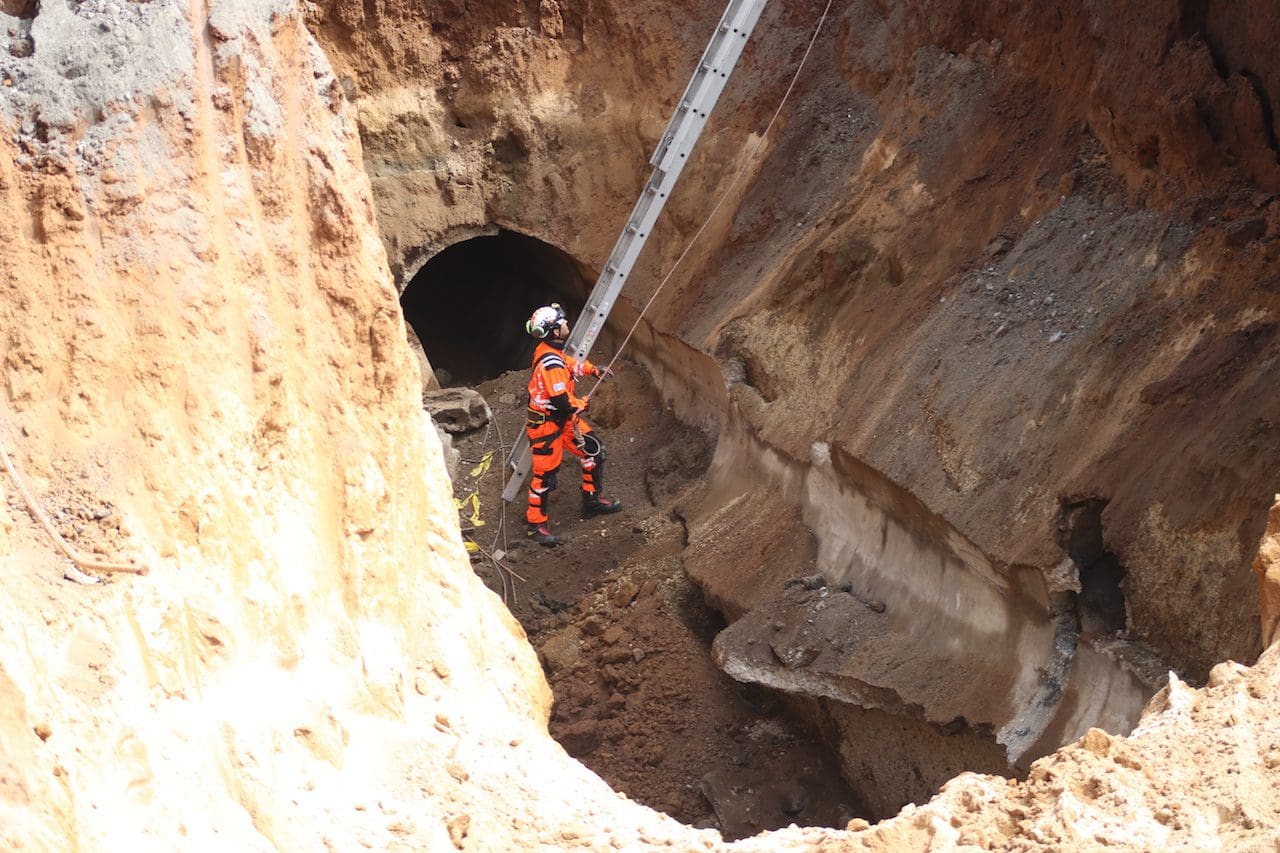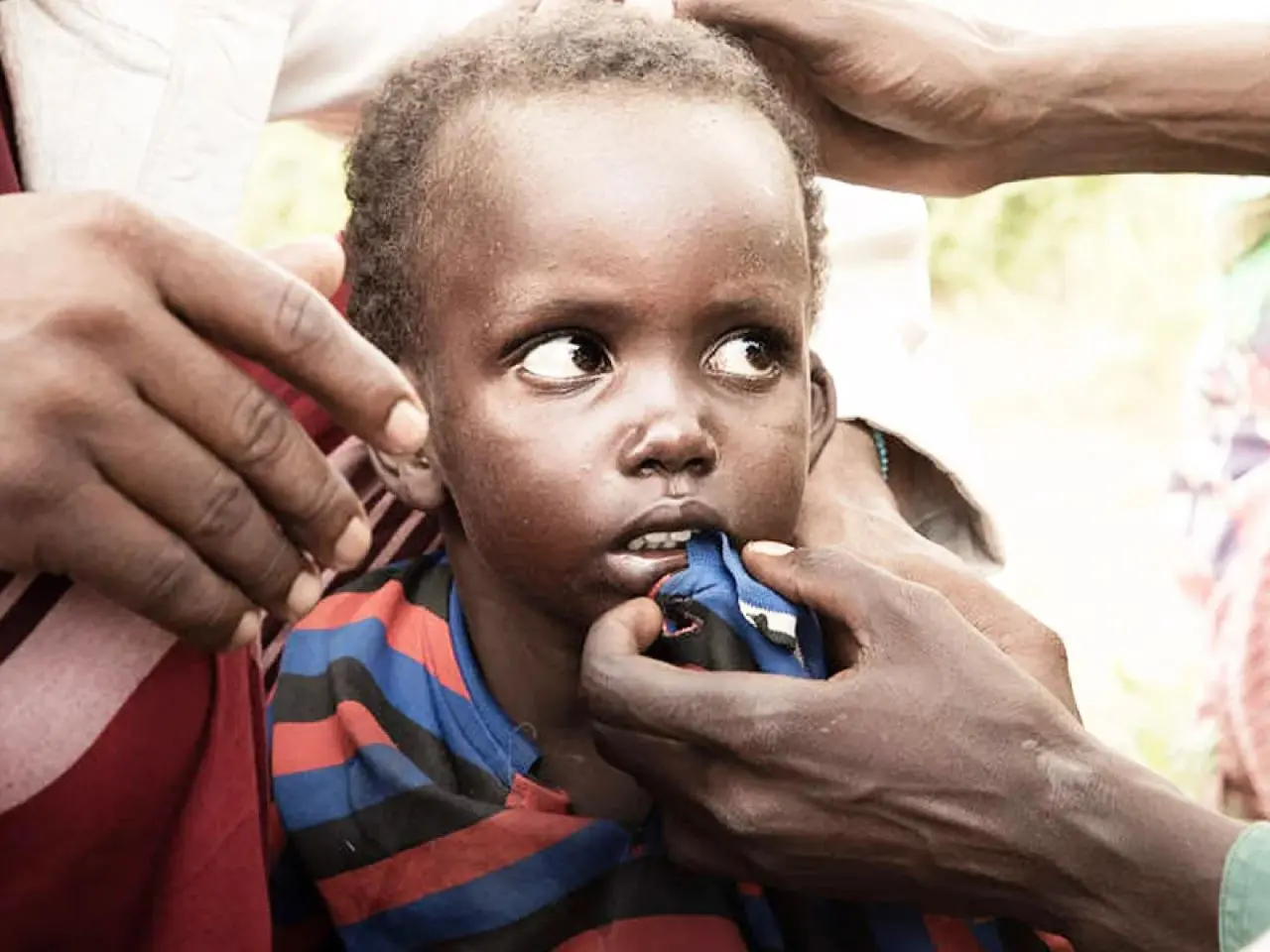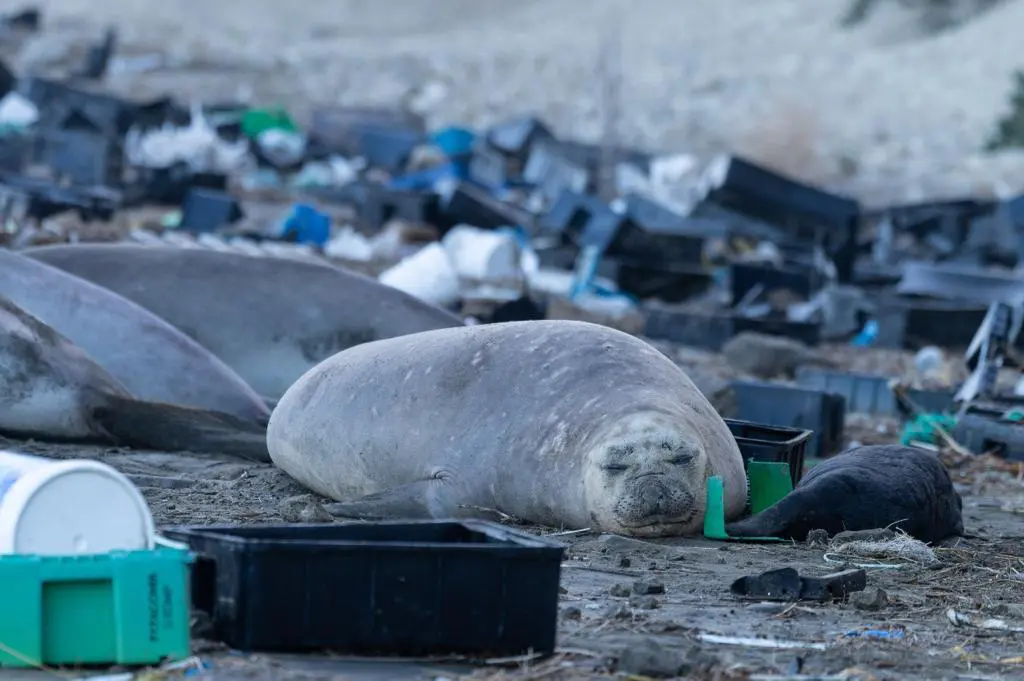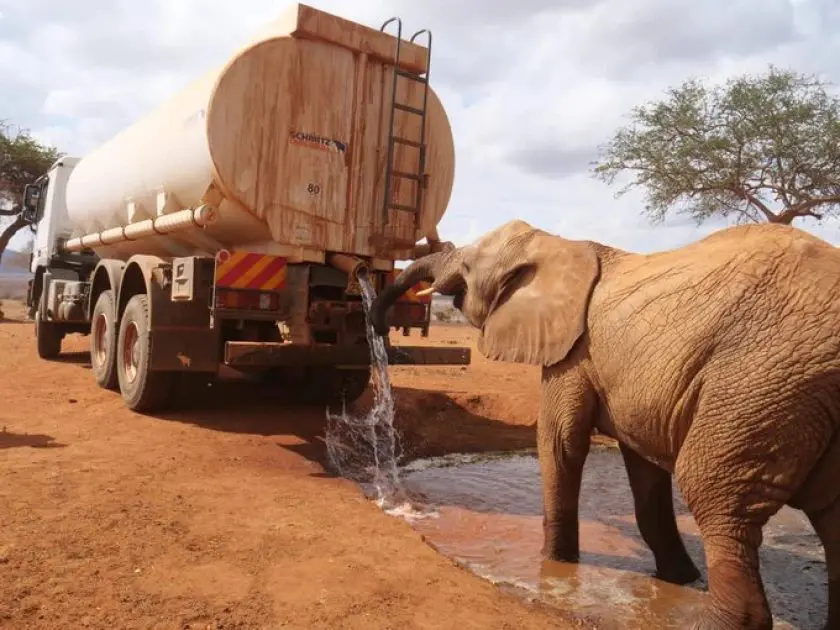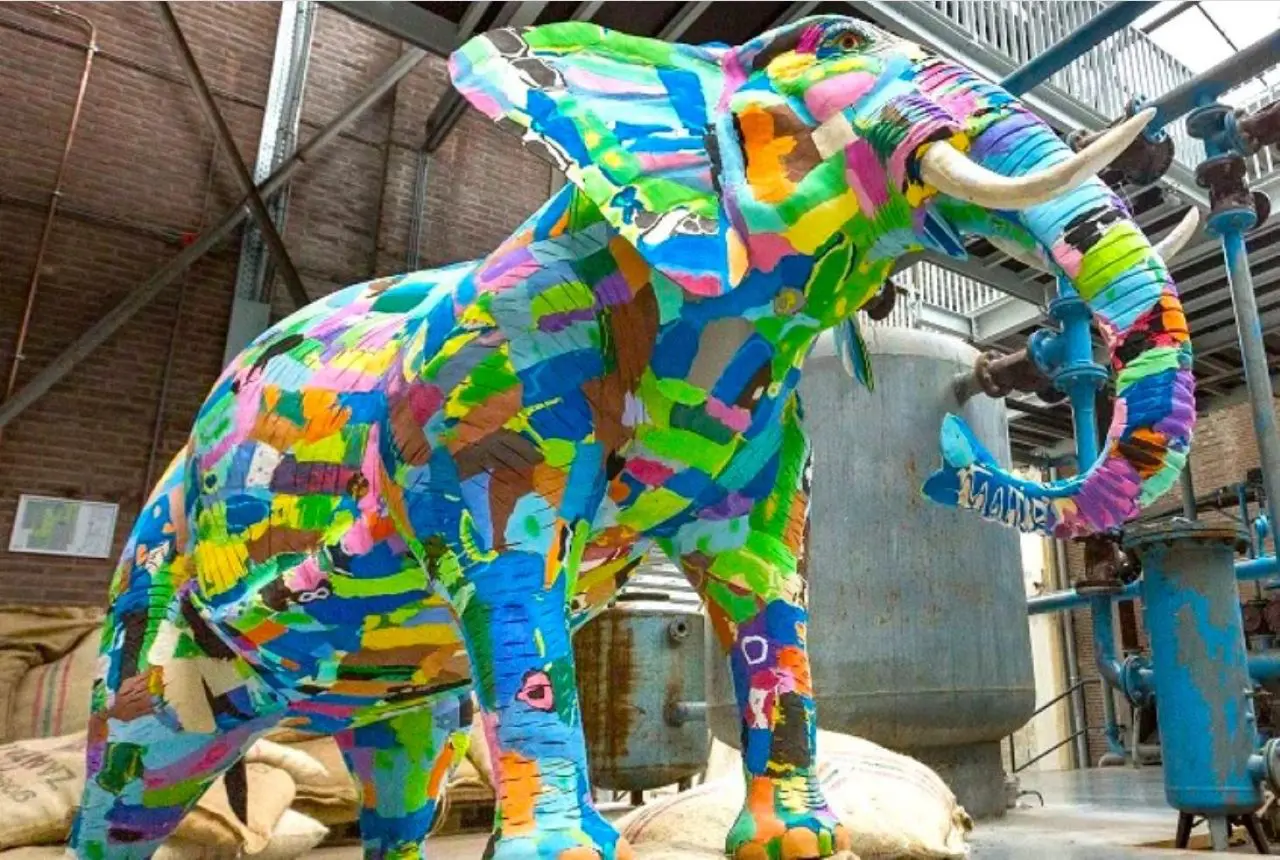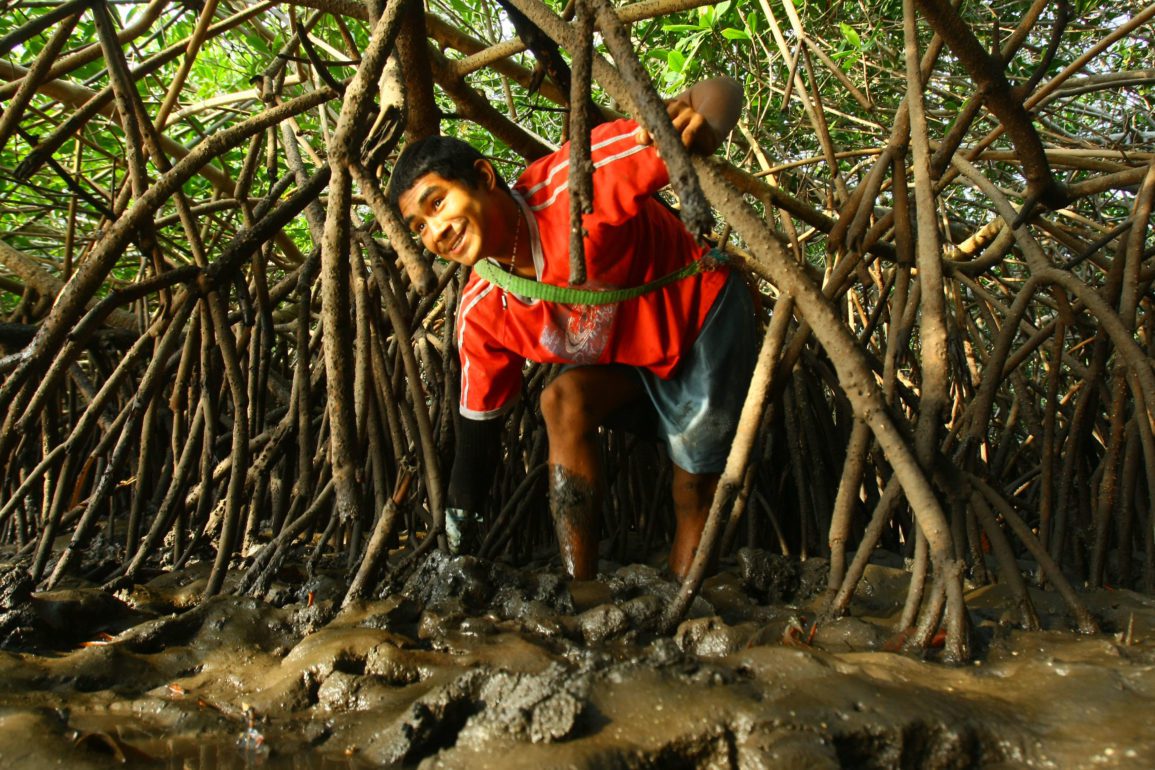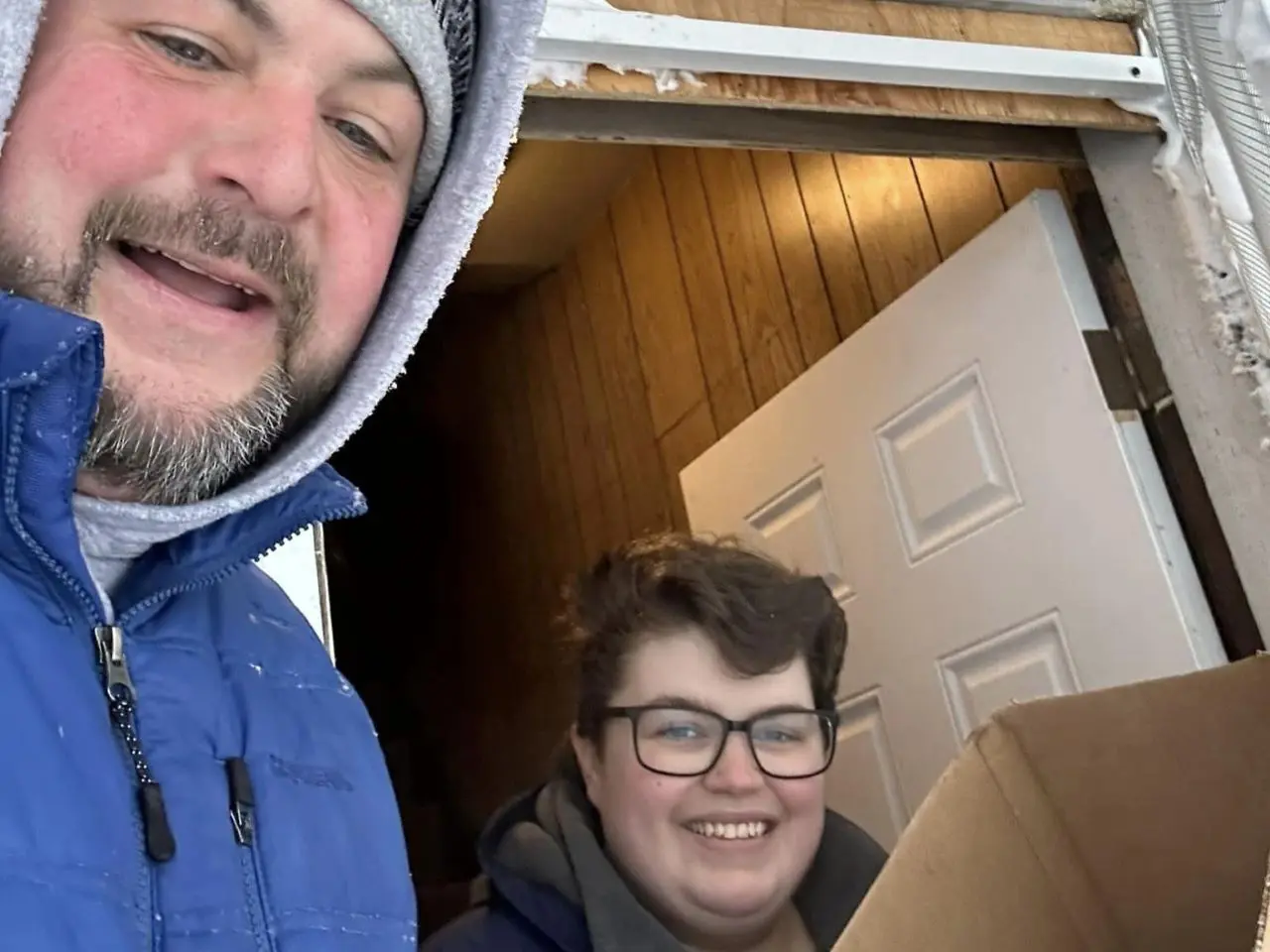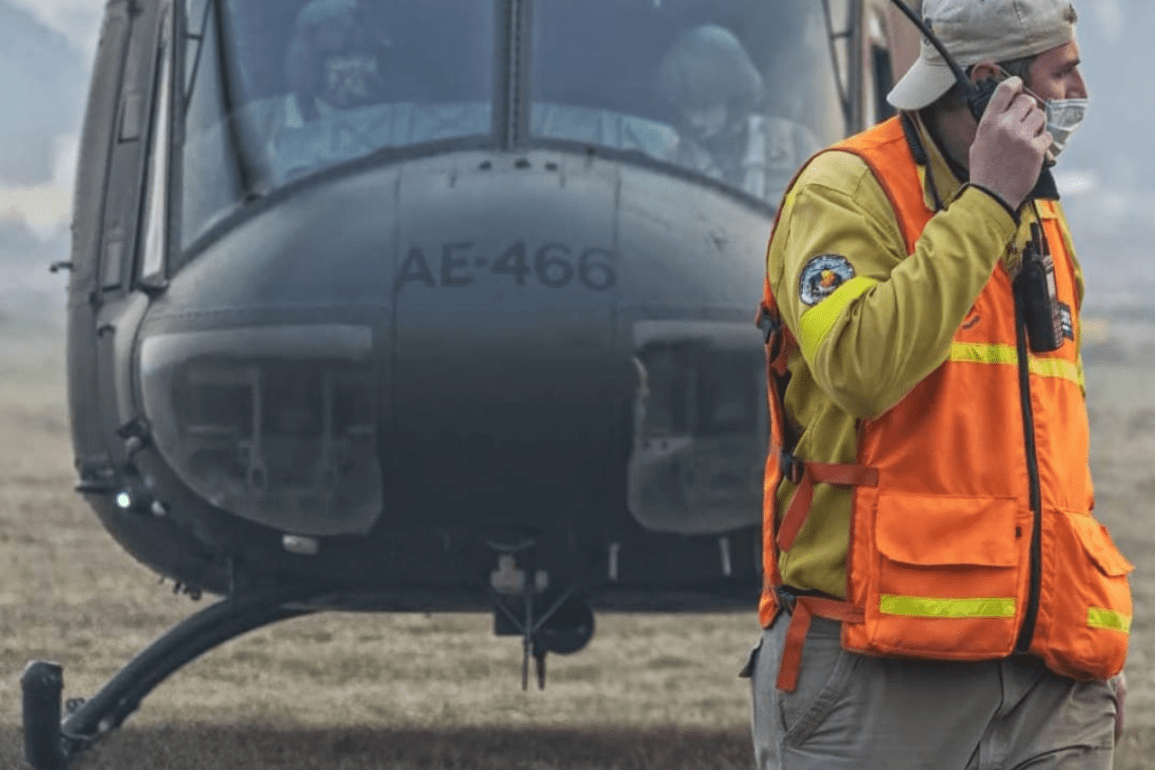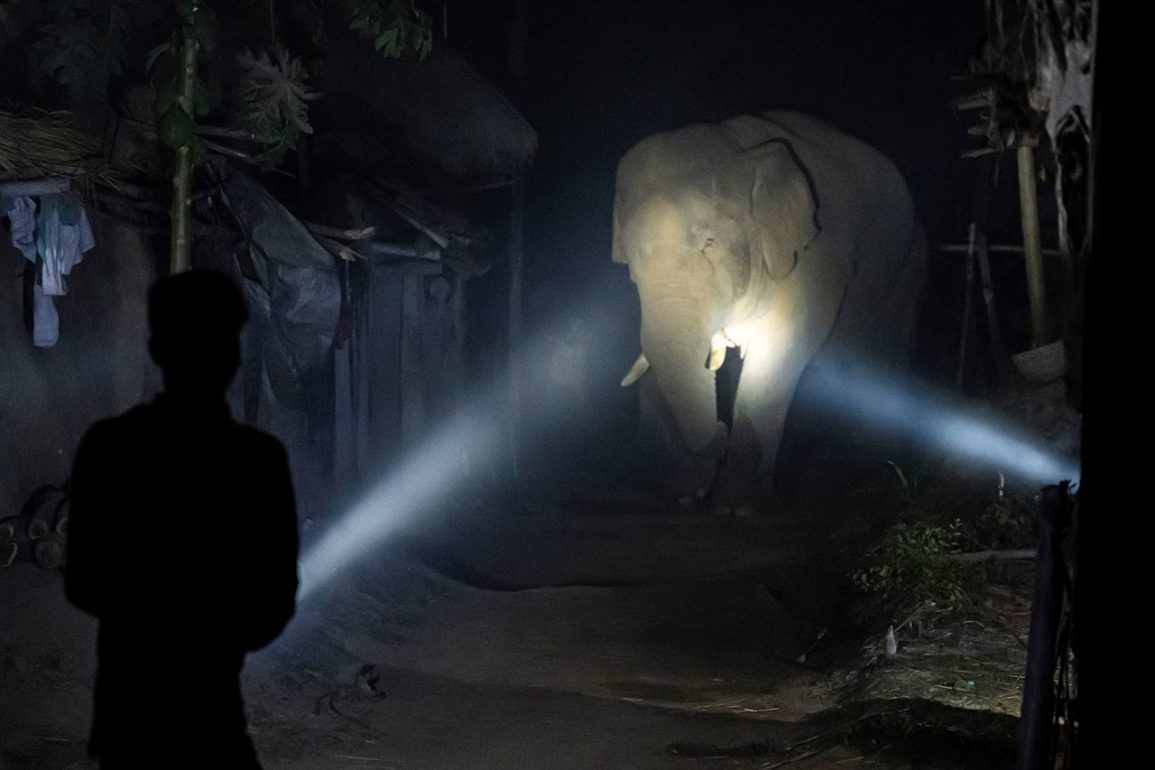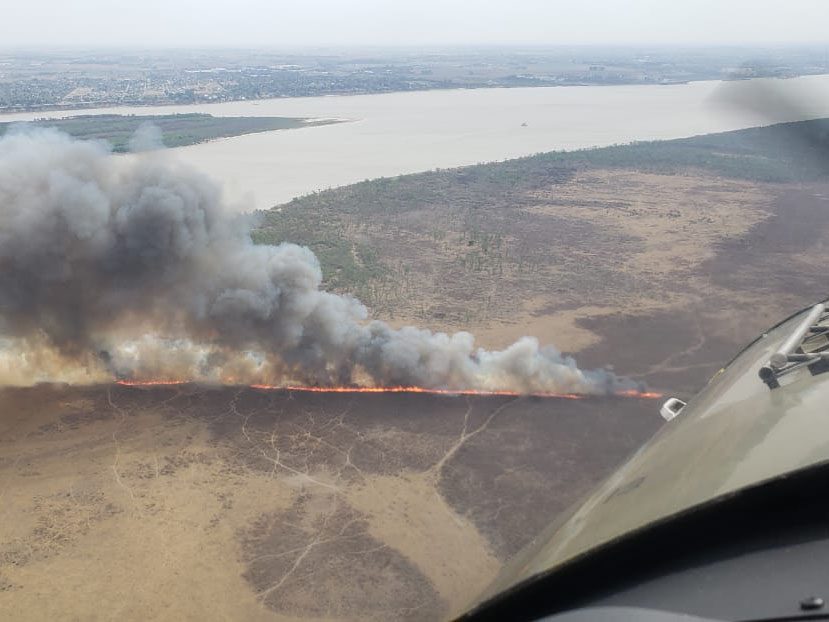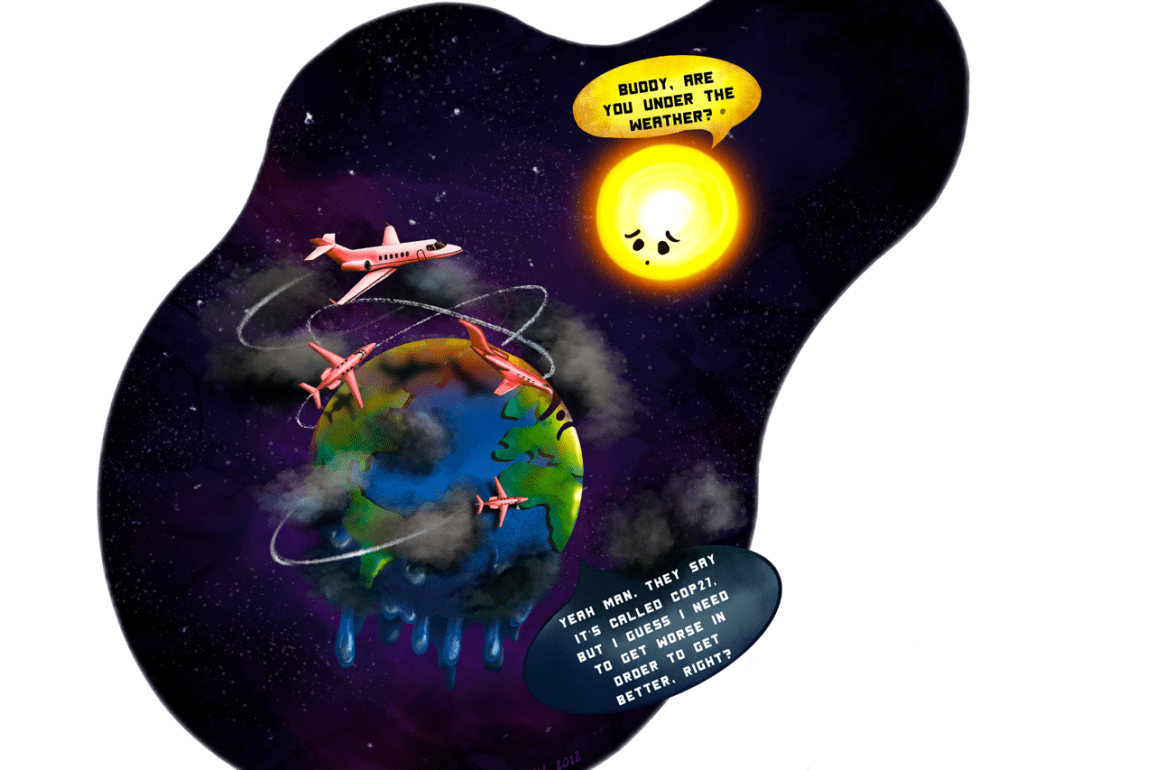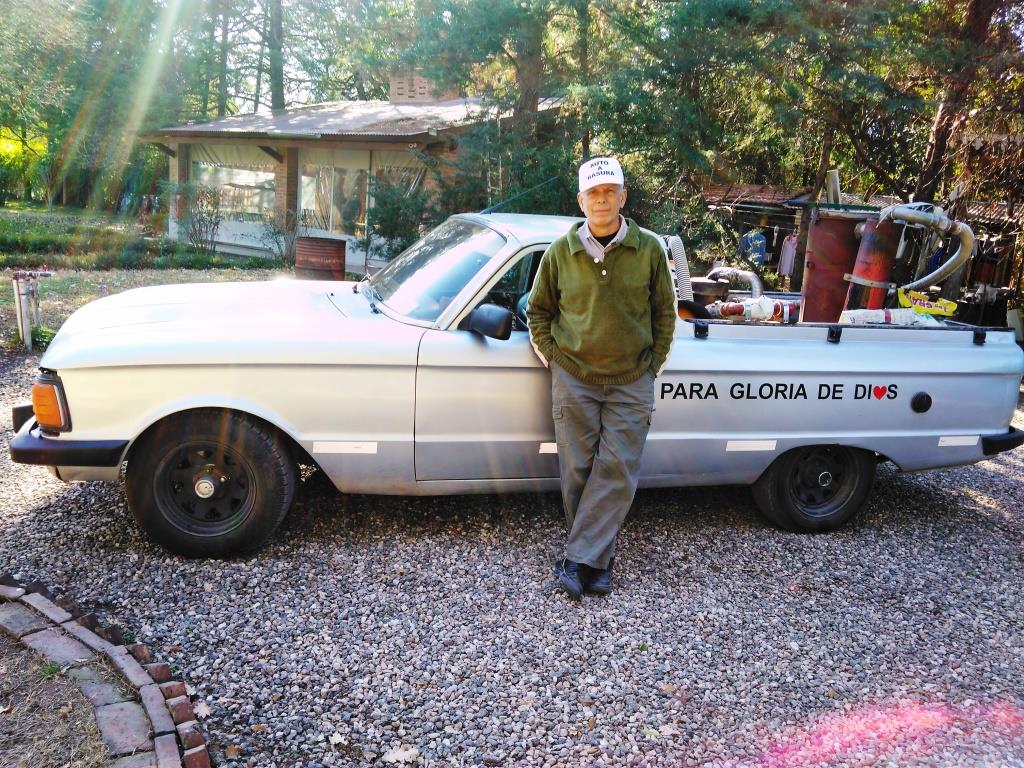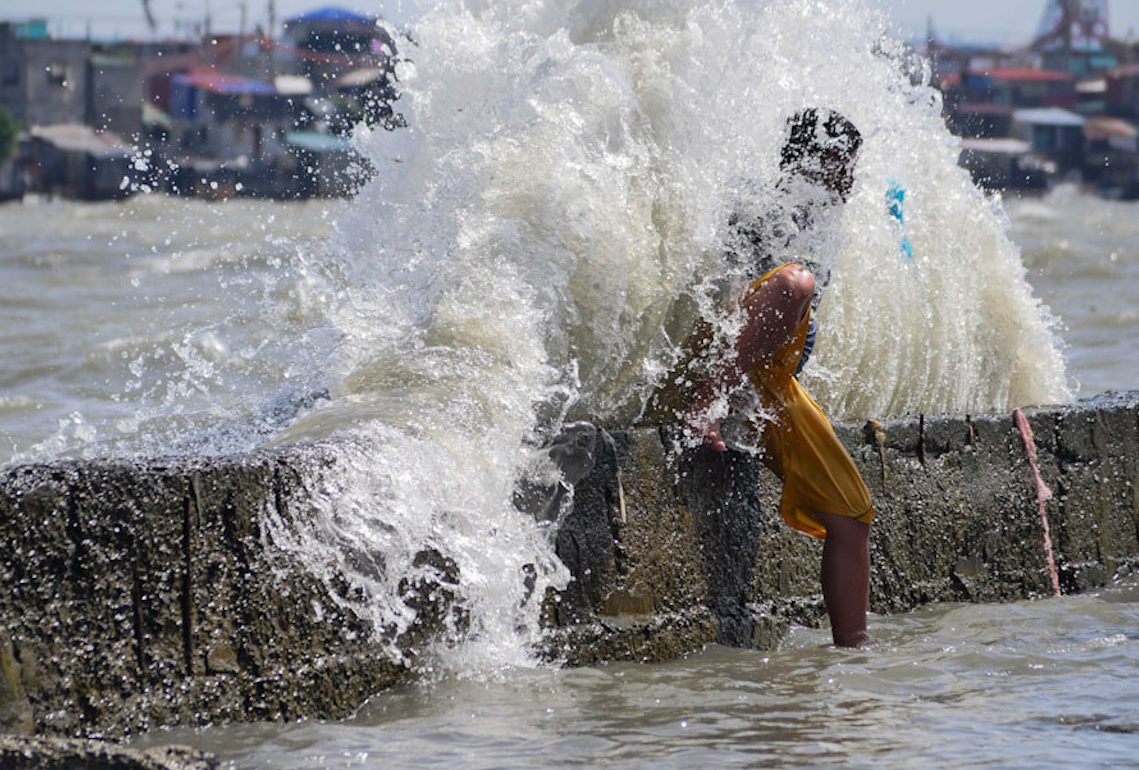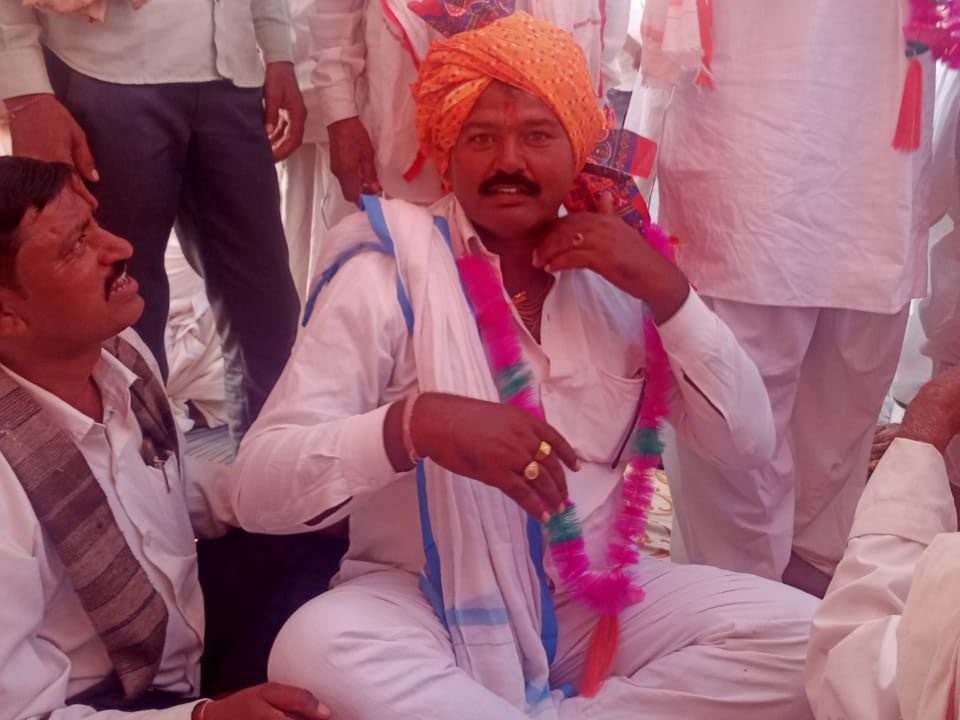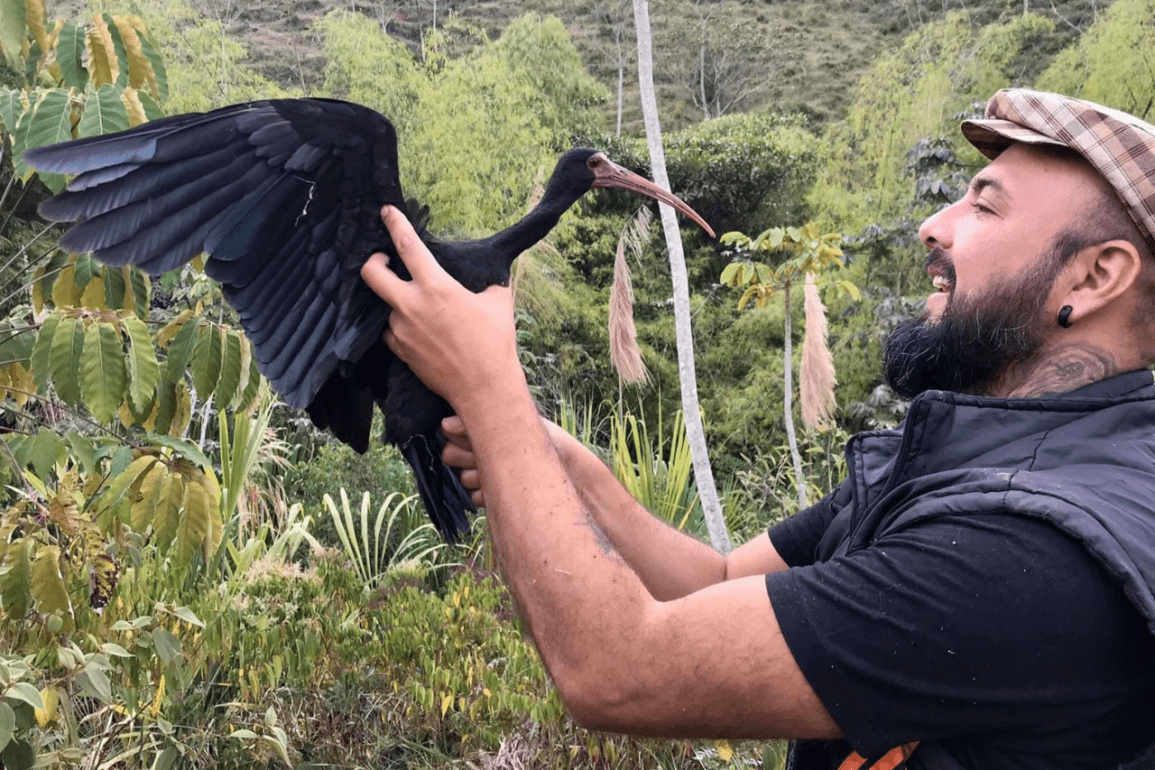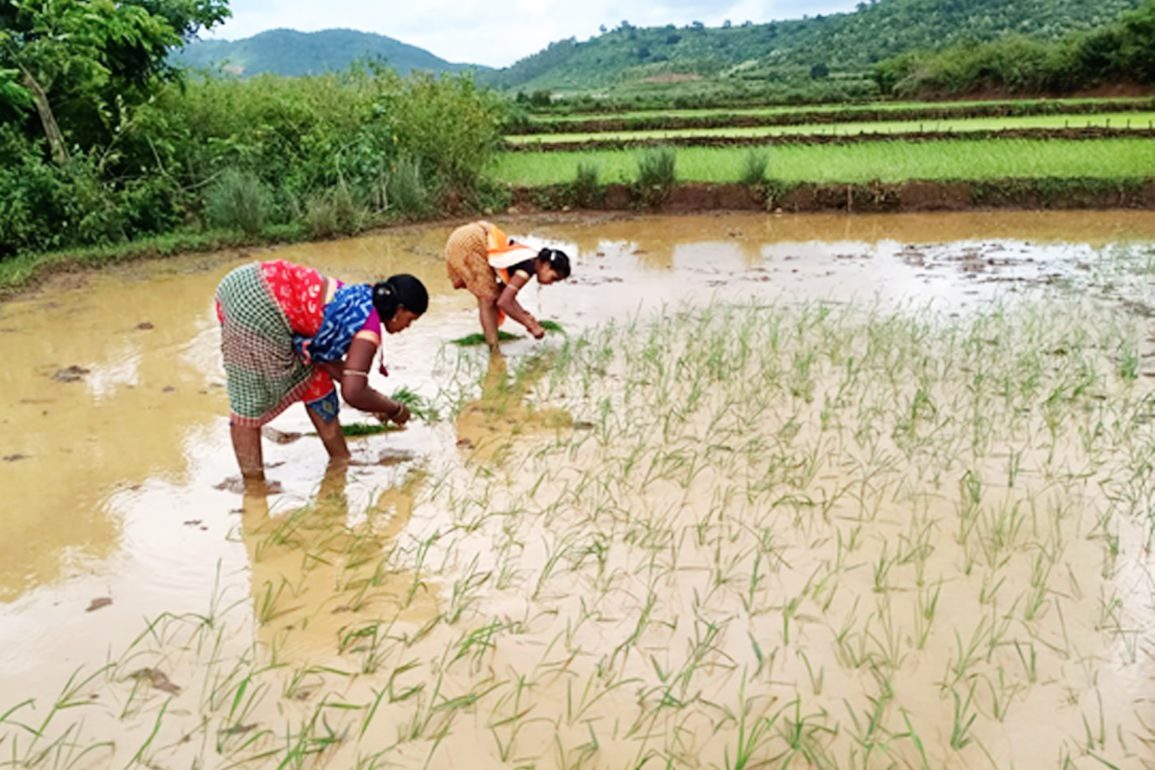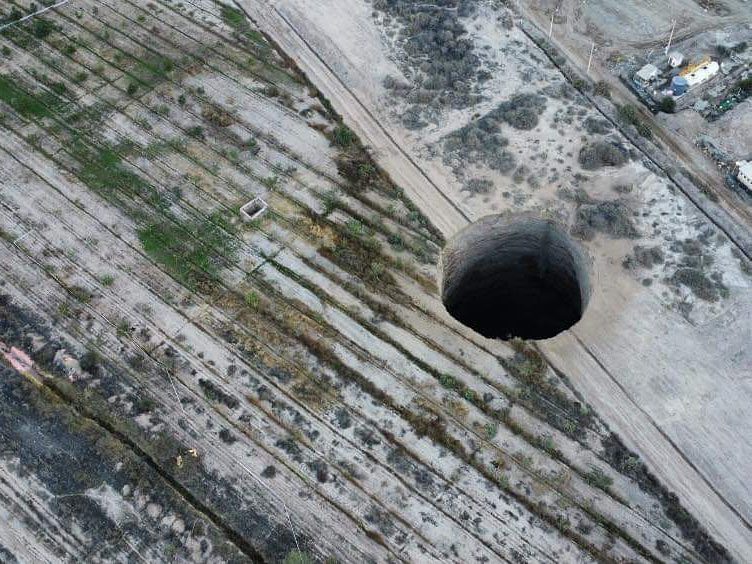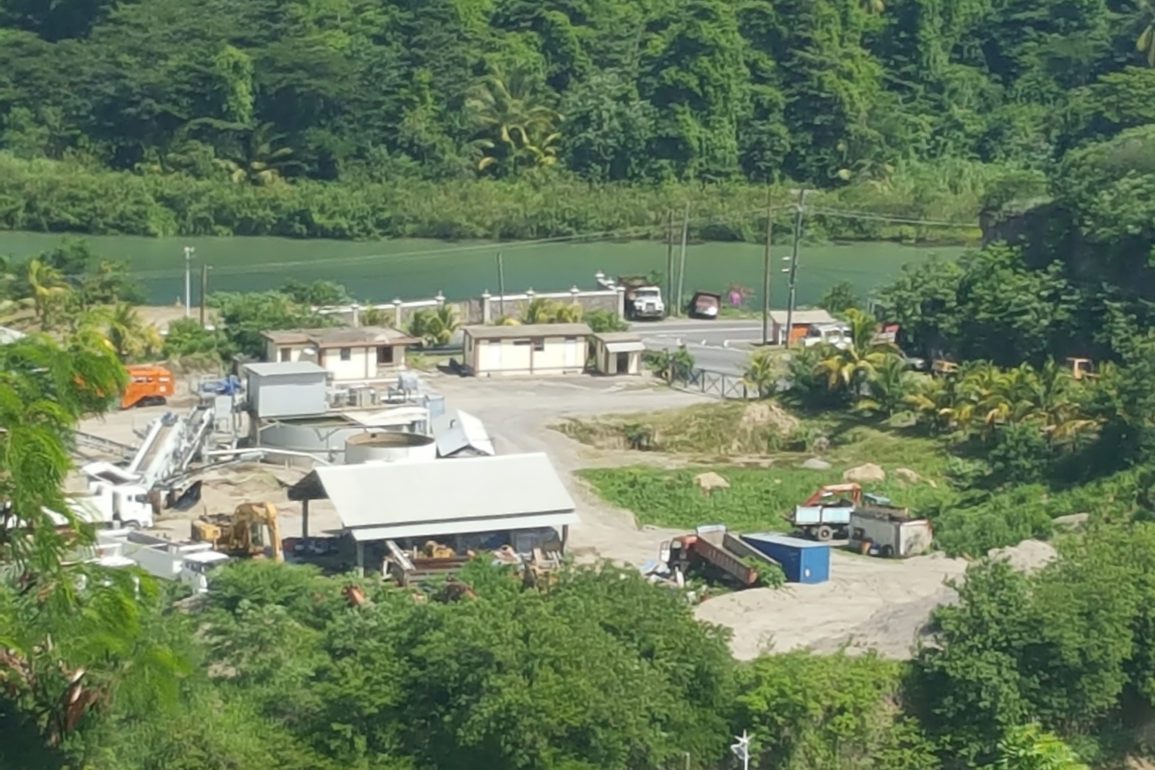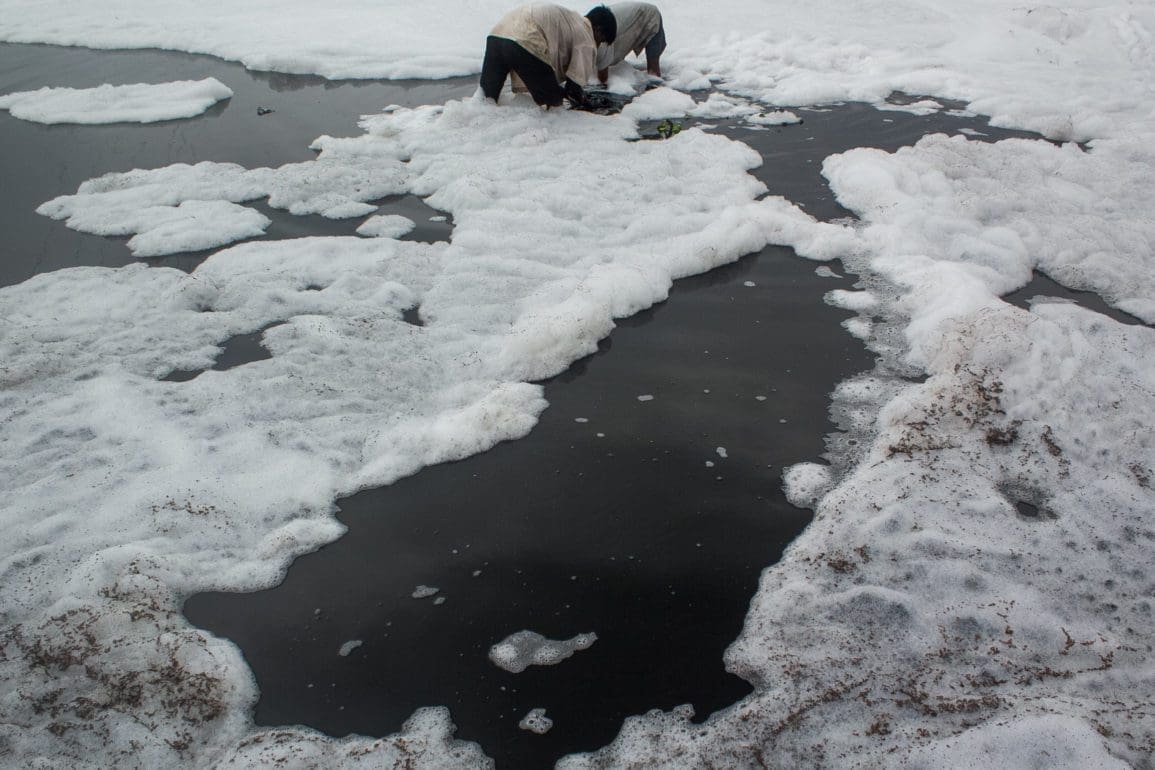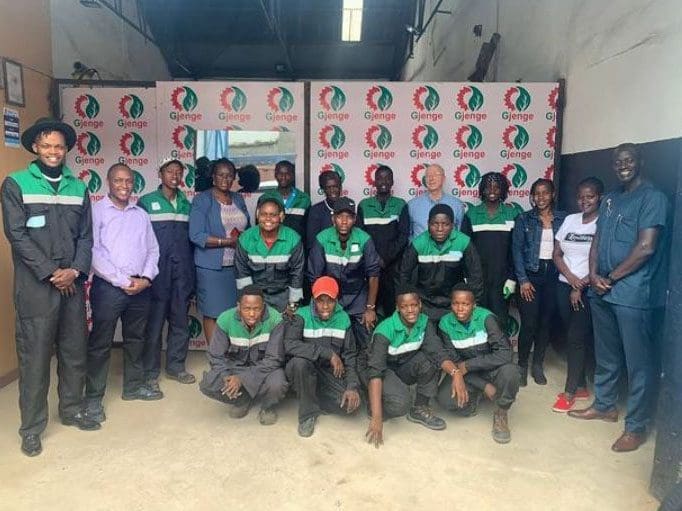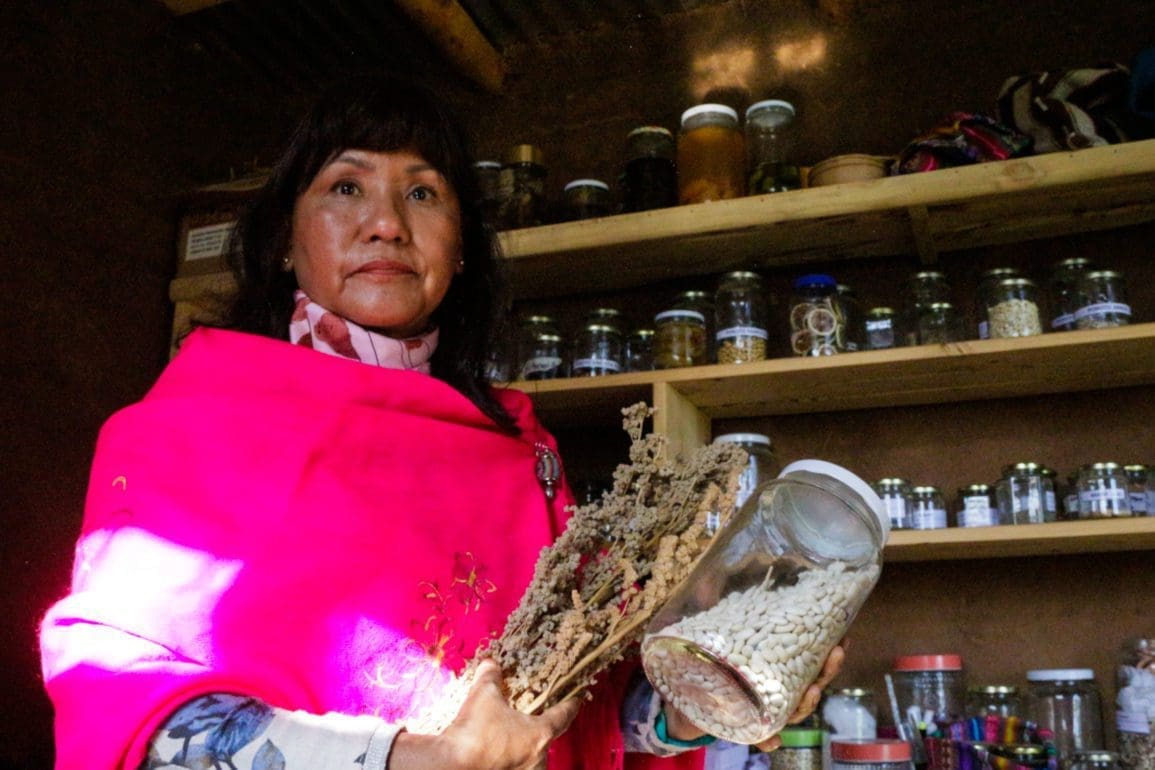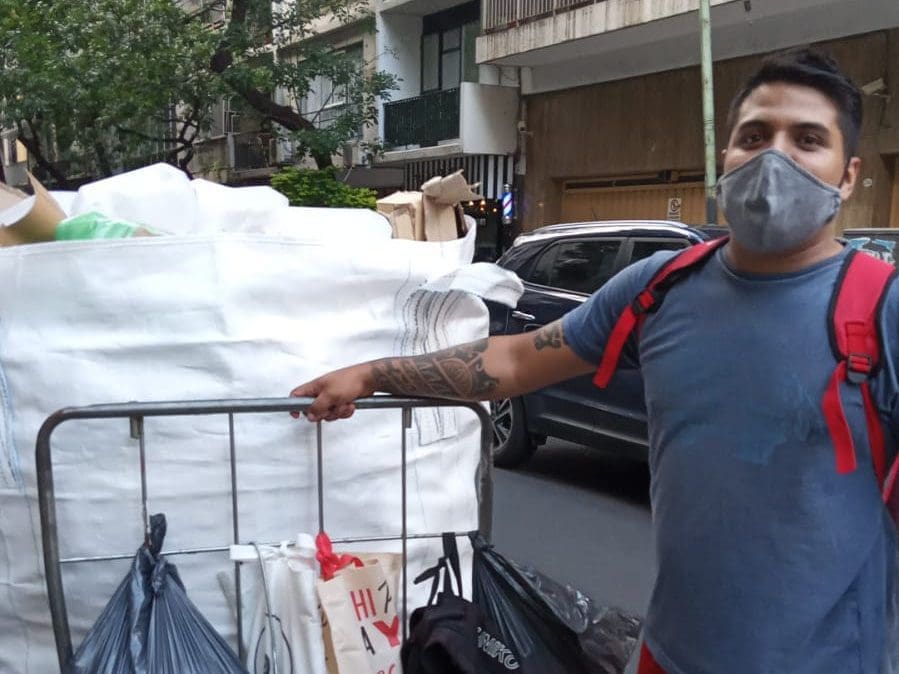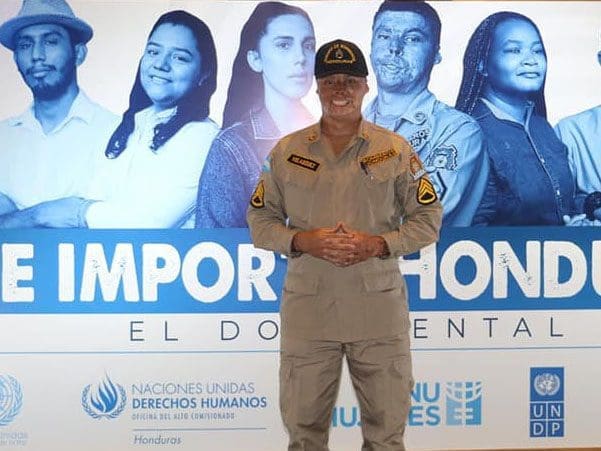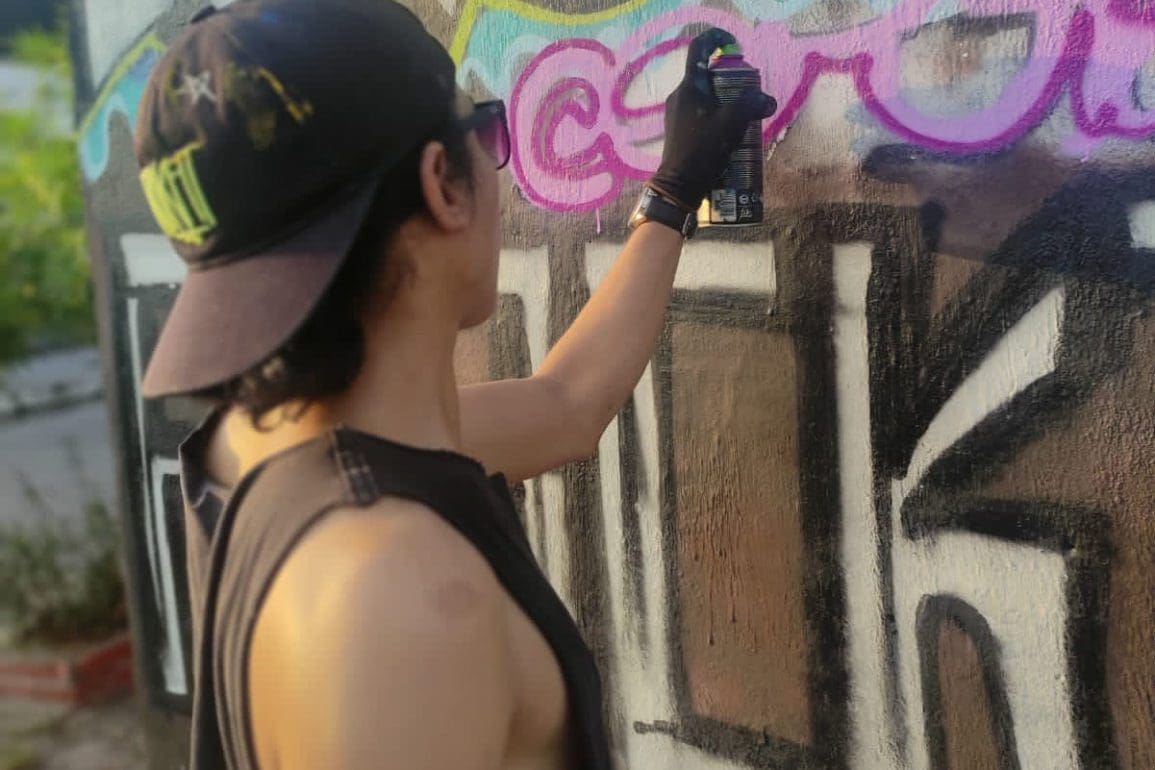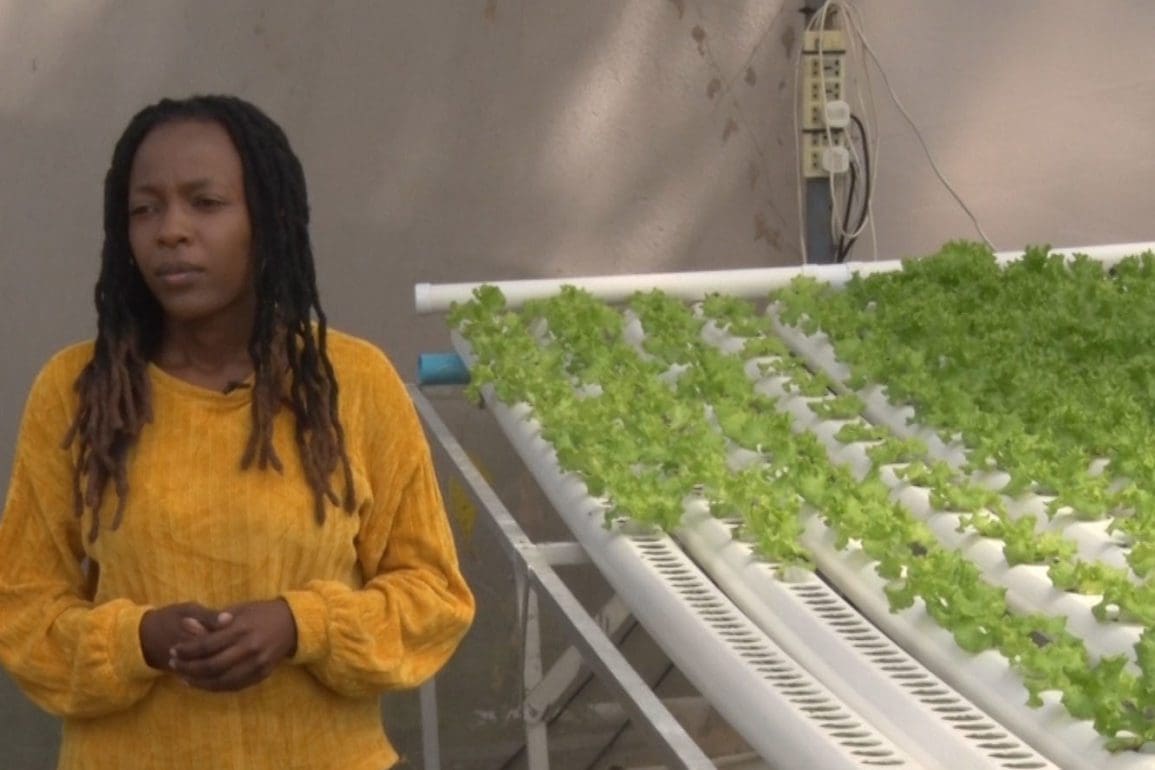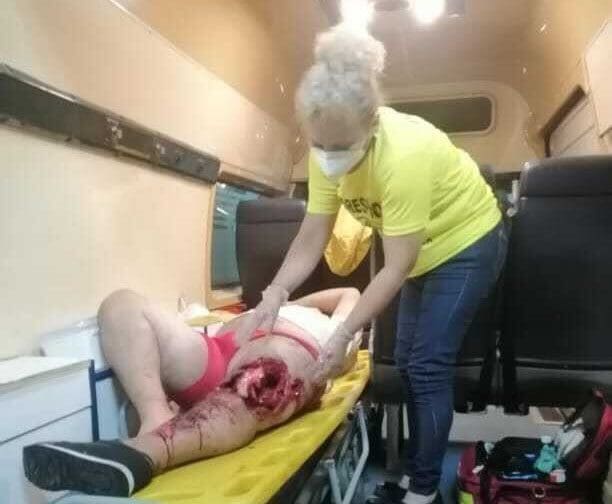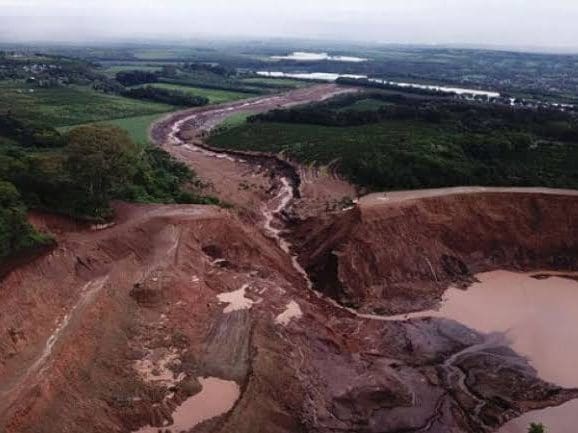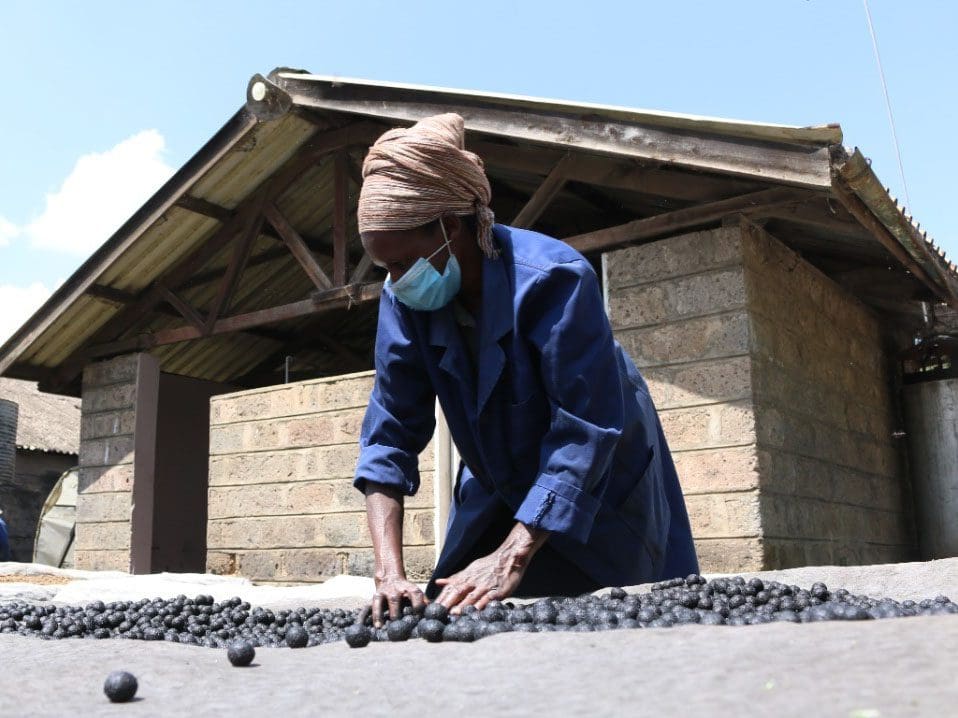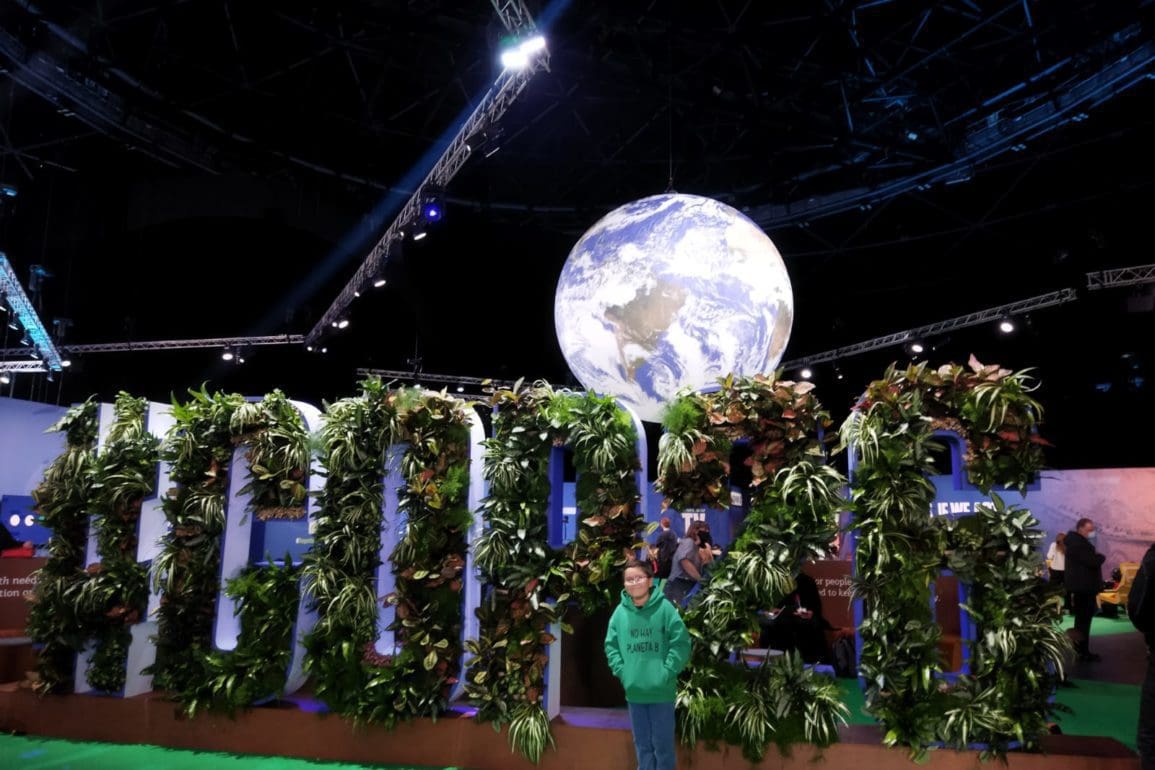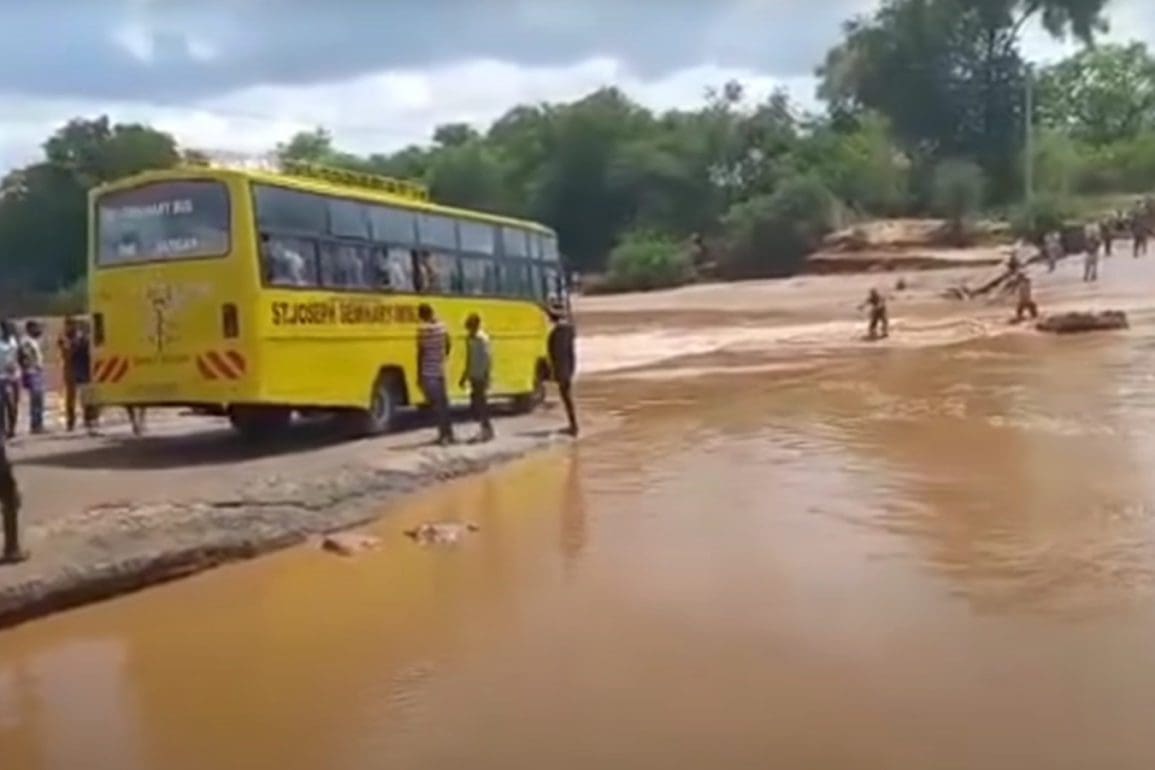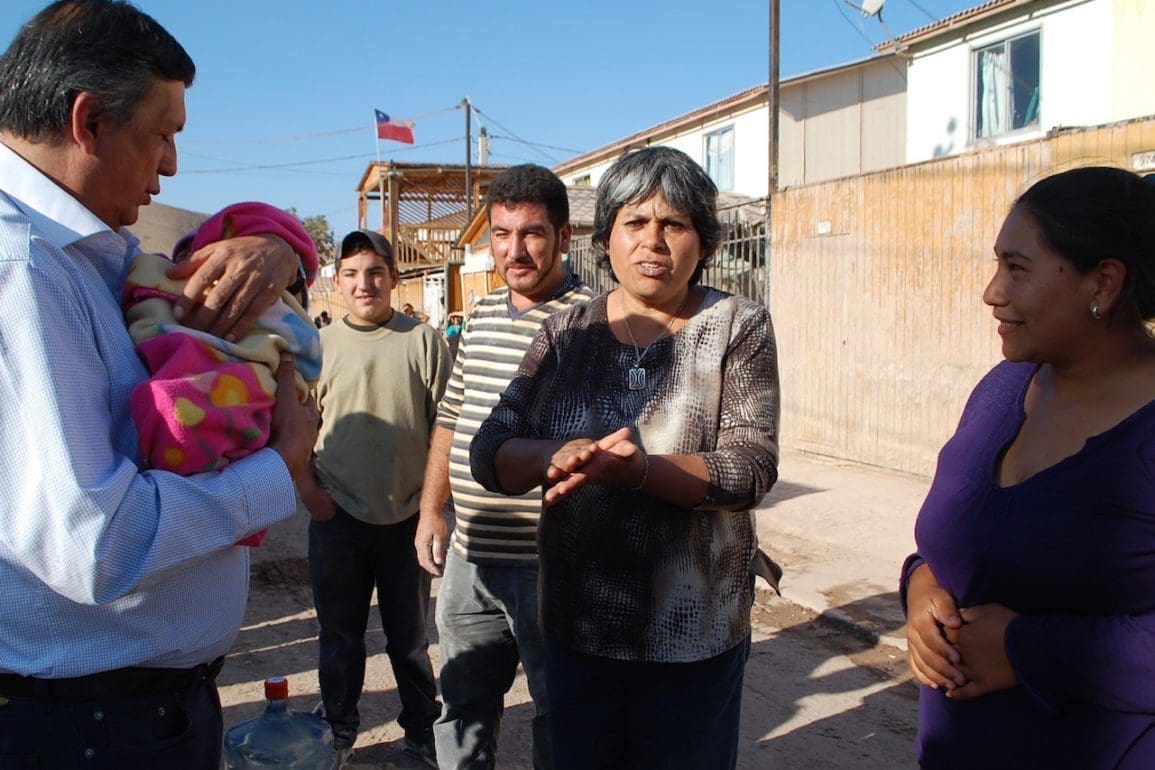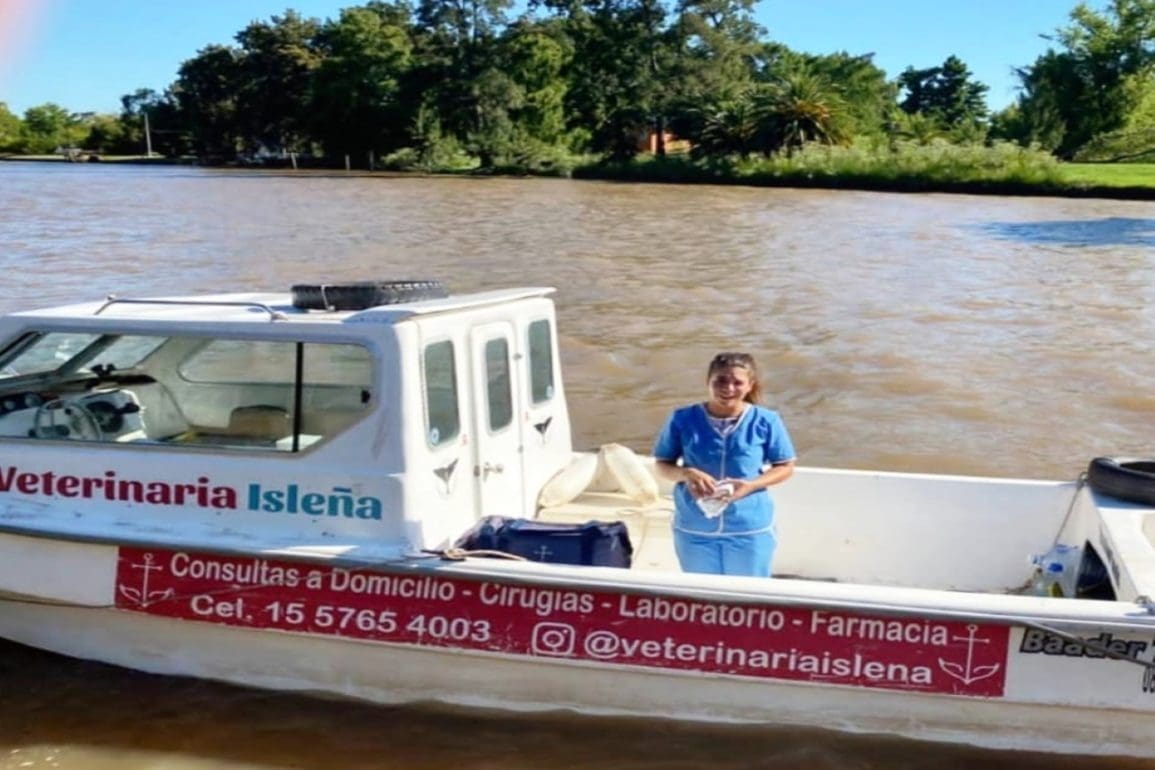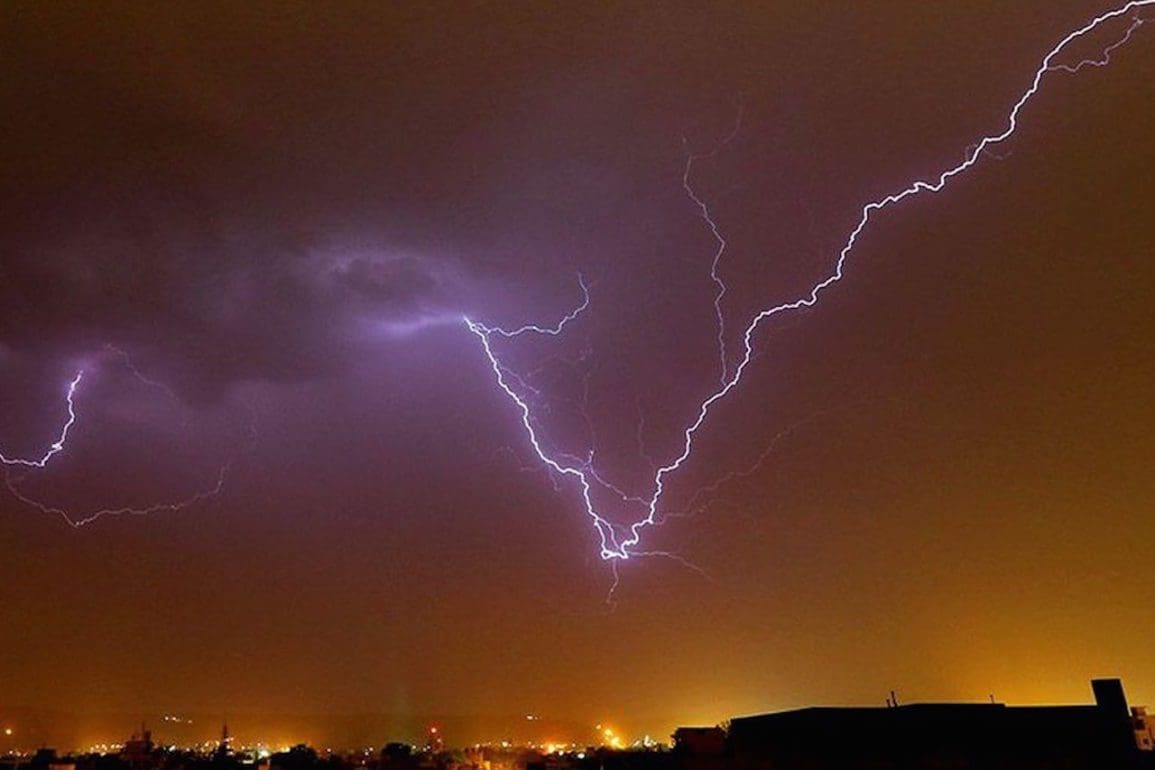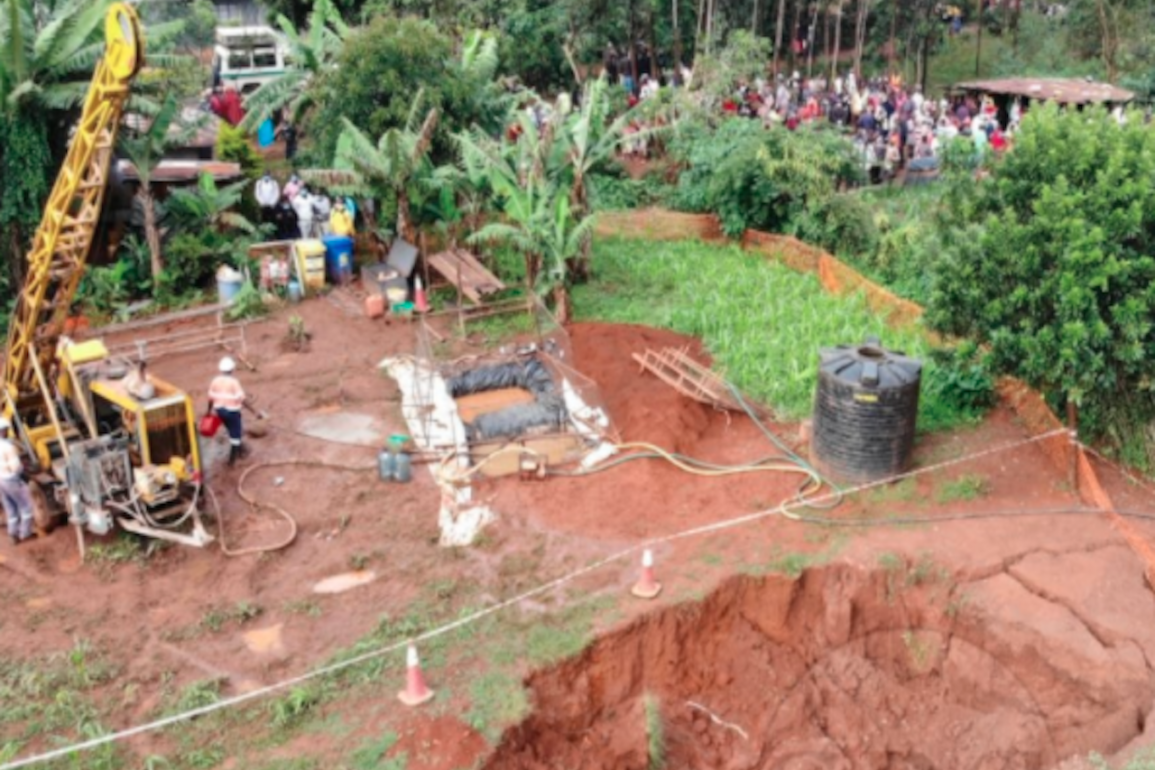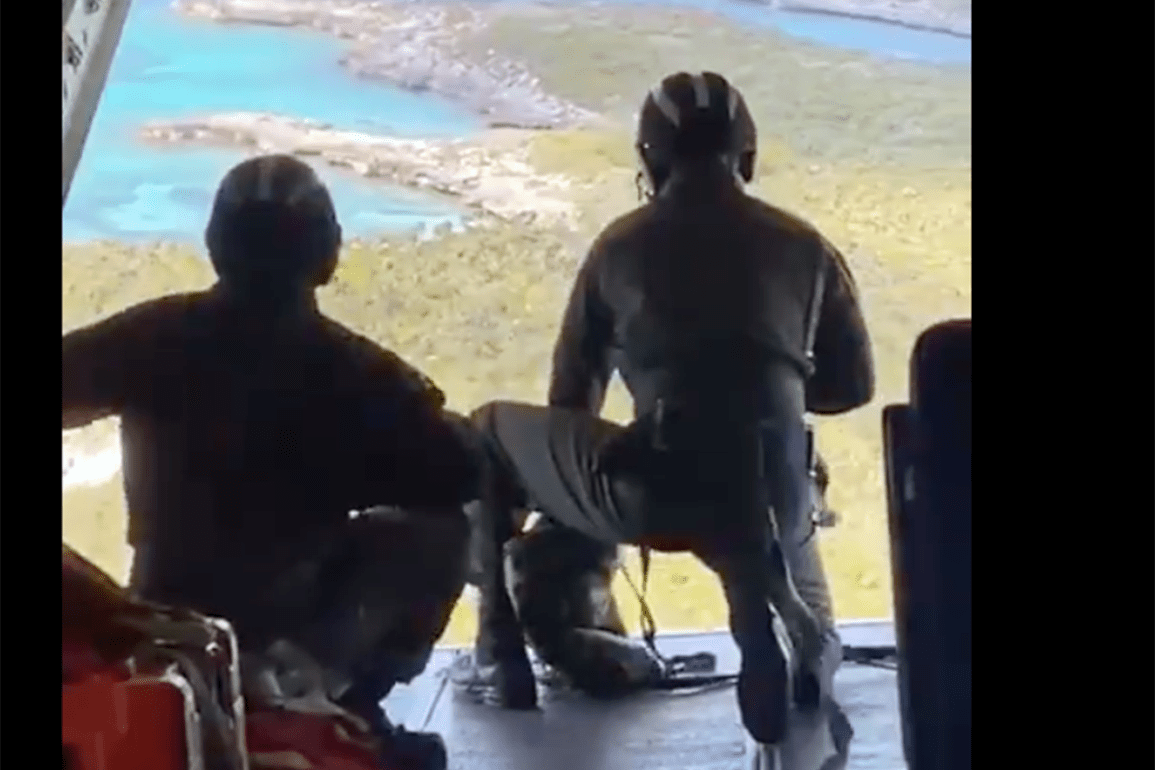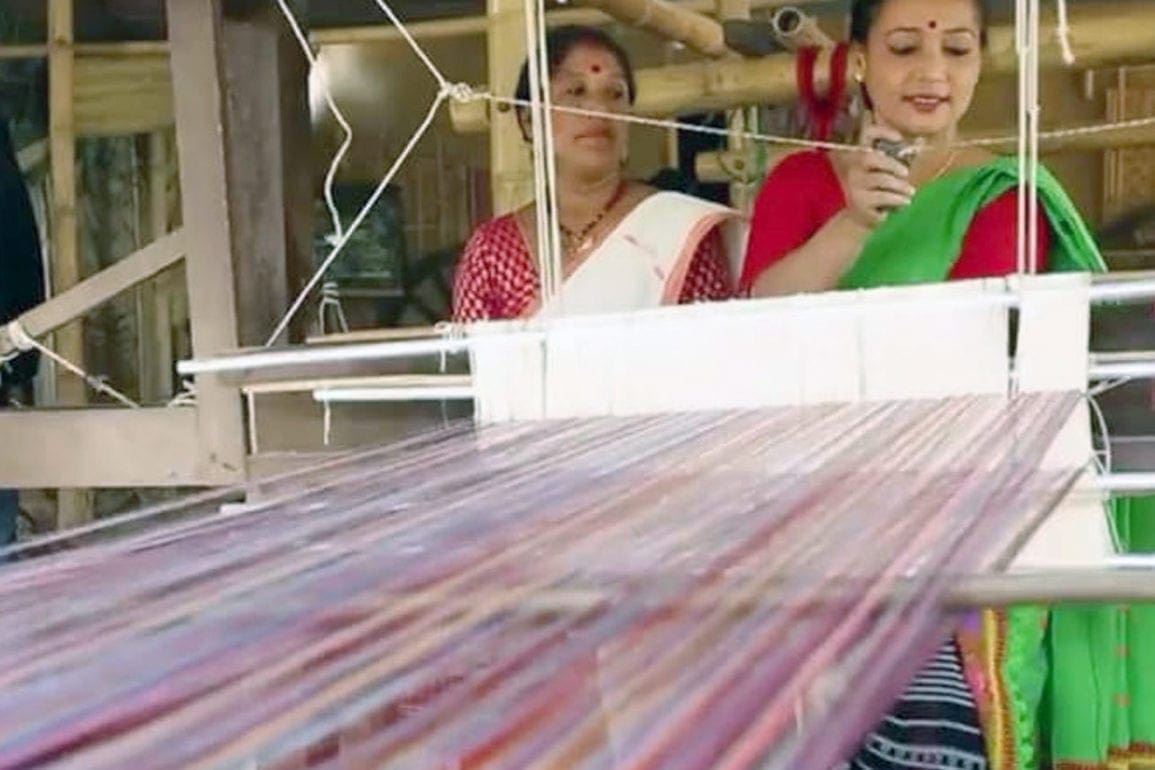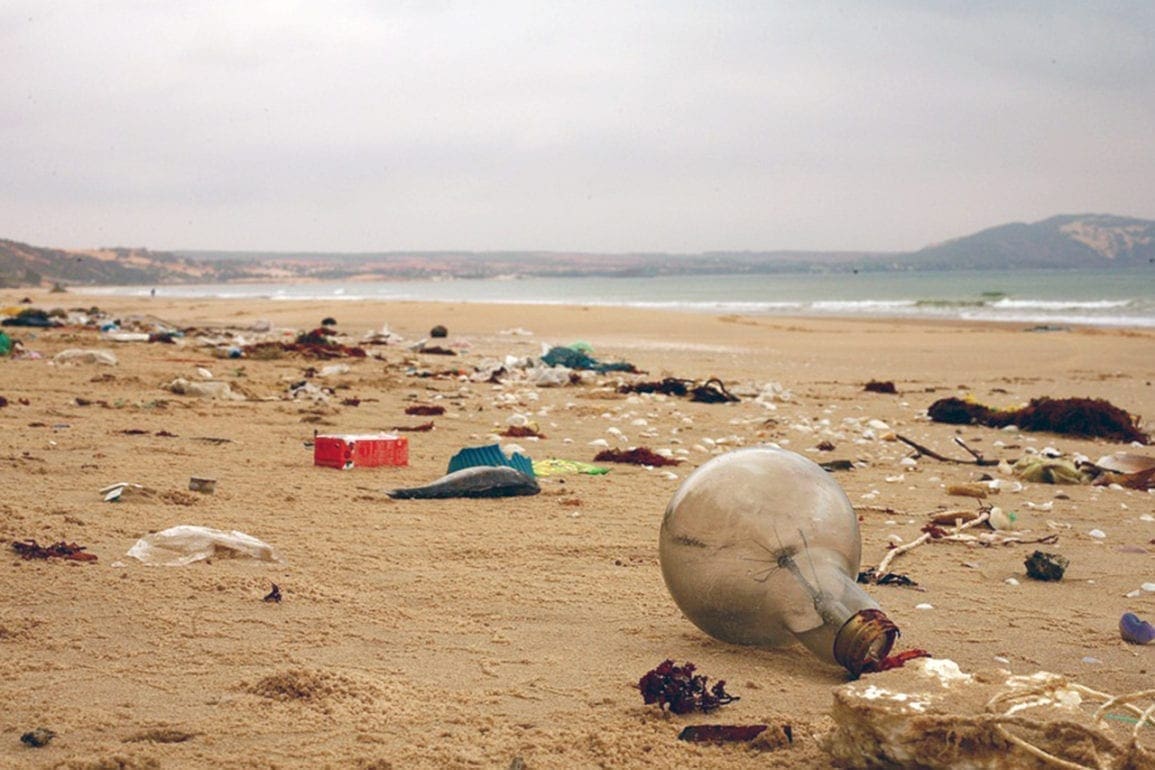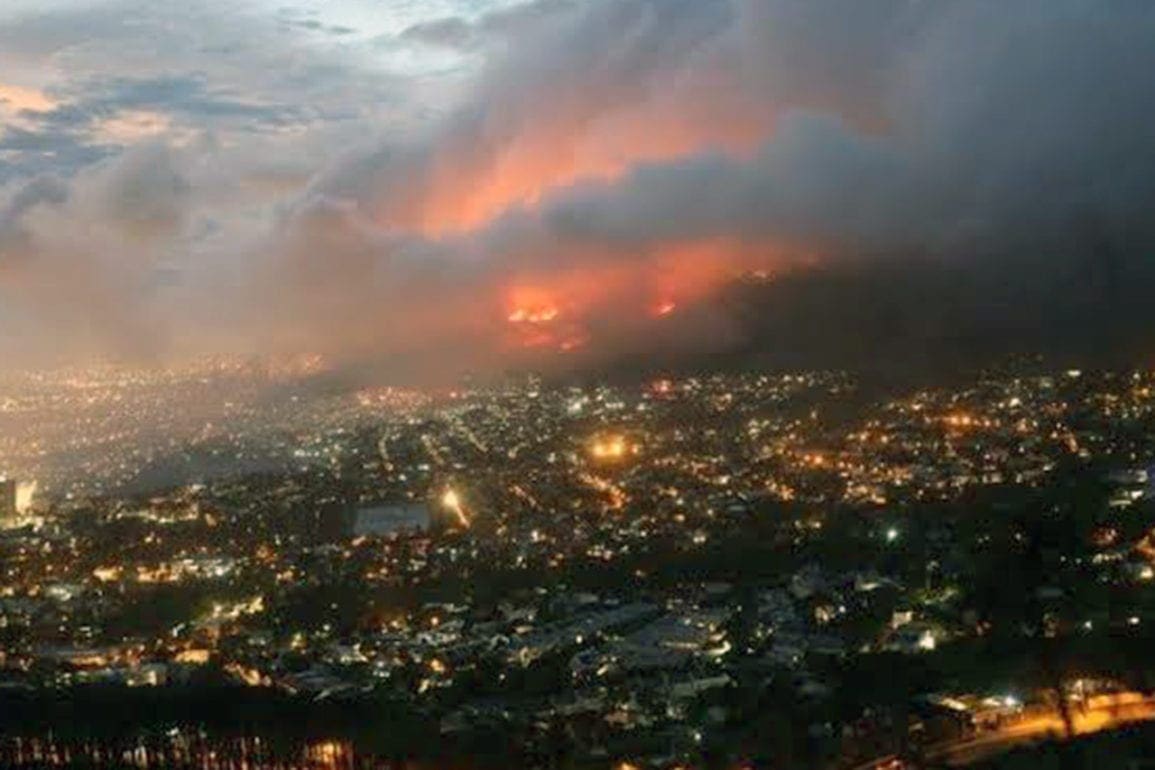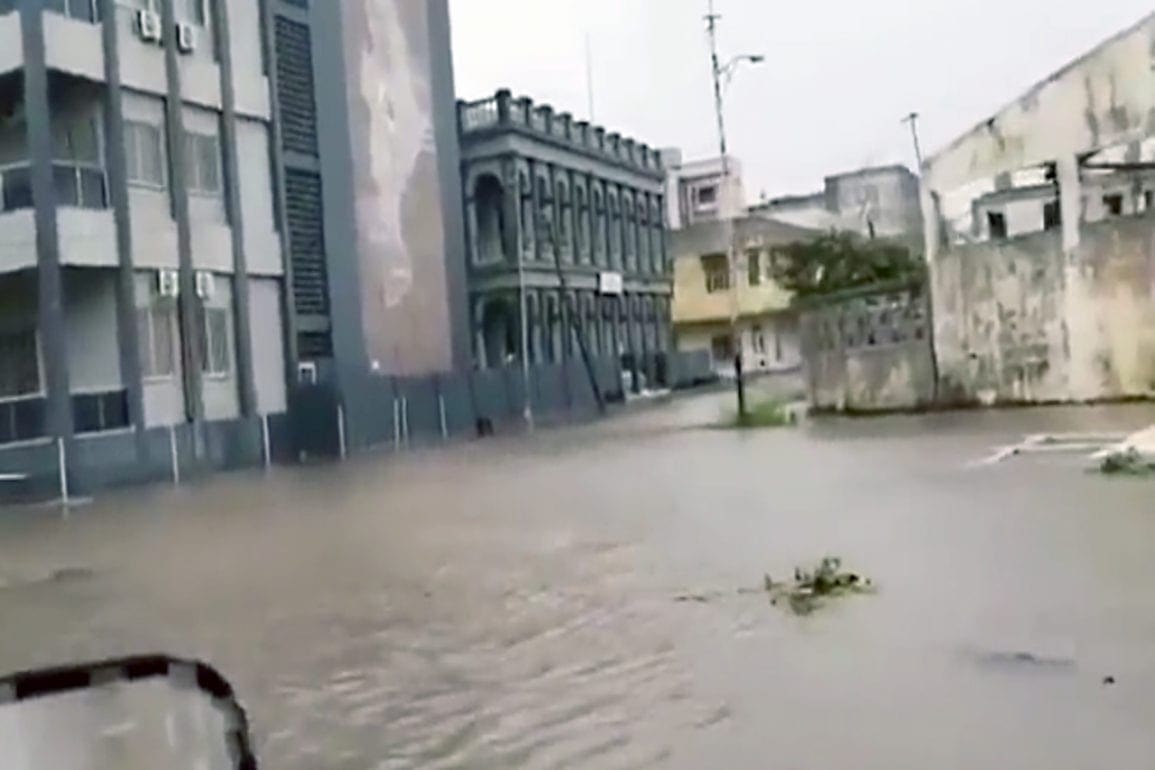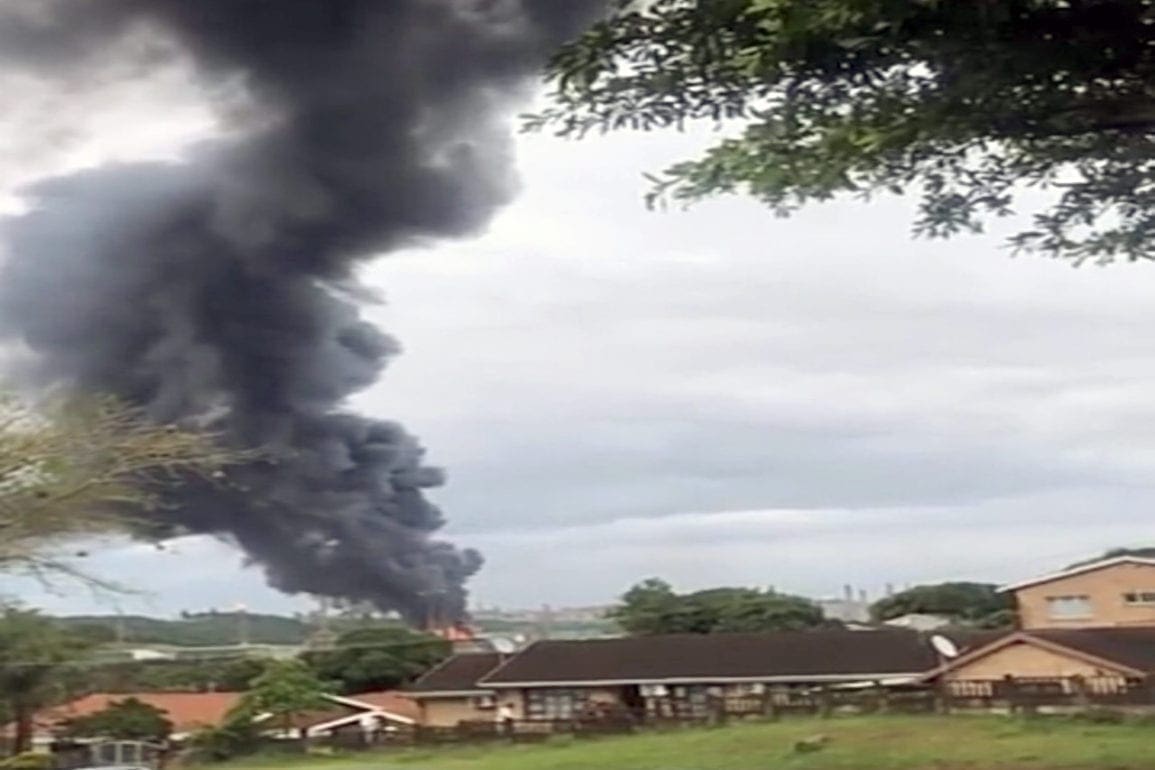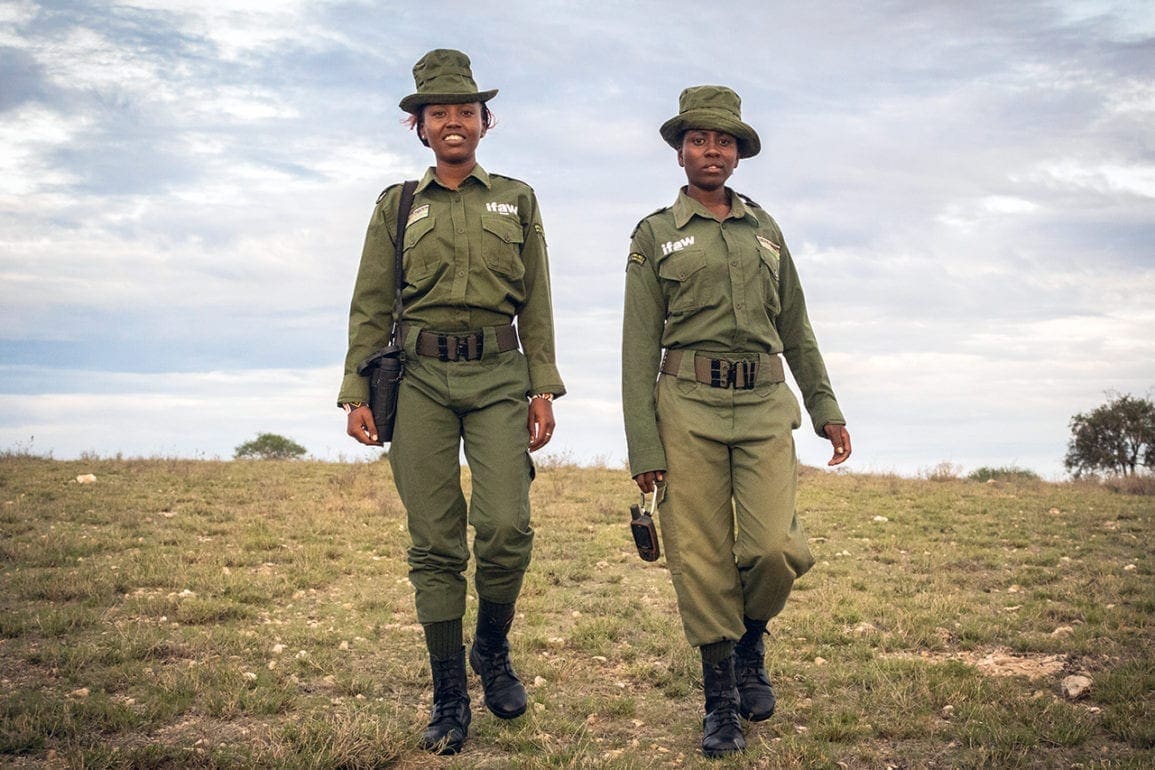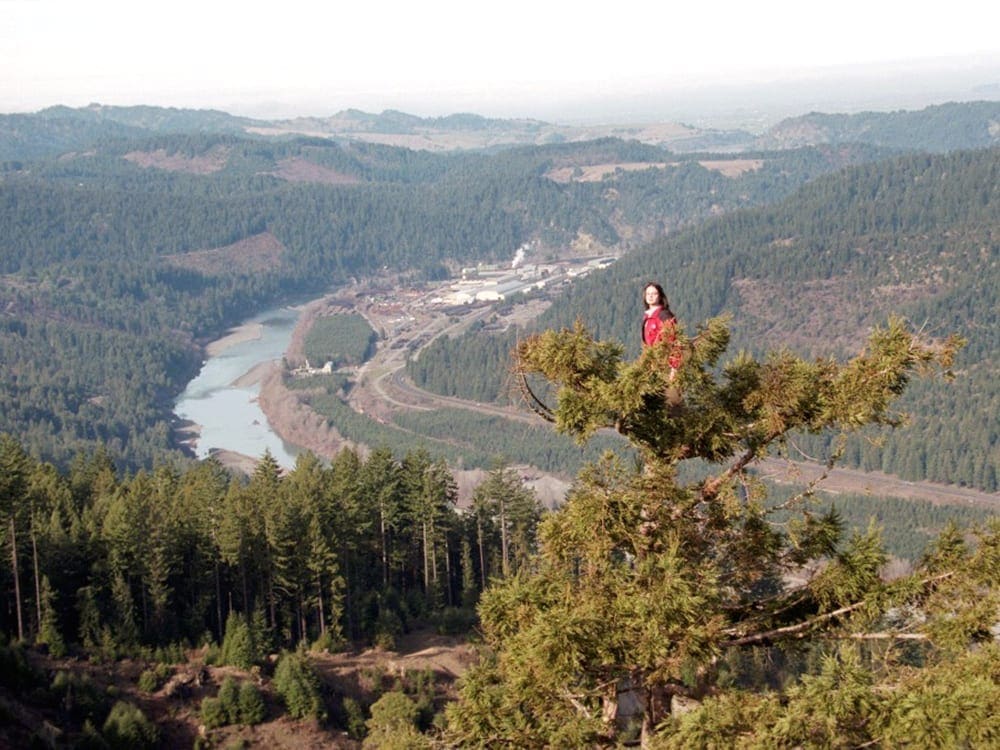Husband-wife team launch transformational project in Guatemalan river basins, rebirth a community by addressing environmental pollution
Getting hurt or sick seemed like the order of the day, but they felt they had no other option. The dead river seemed to absorb the very life of its inhabitants. The stench became suffocating.
- 5 months ago
February 25, 2024
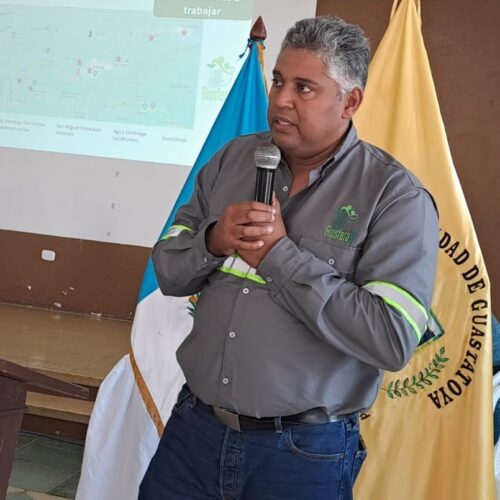
SAN ANTONIO DE LAS FLORES, Guatemala ꟷ Ten years ago, my wife and I decided to explore Guatemala’s river basins. As researchers, we wanted to see the accumulation of garbage and other materials with our own eyes. Standing in front of each area, we felt our hearts break. The contamination seemed unprecedented. Due to deficiencies in Guatemala’s sanitation systems, many people end up throwing their garbage into ravines and rivers.
We saw wood, tires, and refrigerators amongst the organic matter. Within those scenes, a dream arose to change the reality we witnessed. Compelled to take action, we developed strategies and settled down in San Antonio de las Flores, on the bank of the La Vacas River, to start our work. We launched the environmental project Biosferagt and cleaned 300 tons of waste out of the river basin last year alone.
Read more environmental stories from around the globe at Orato World Media.
The cadence of the river became jarred with tons of disgusting garbage
A small town 16 kilometers east of Guatemala City called San Antonio de las Flores sat at the foot of the green, lush hills of Chinautla. The waters of the Las Vacas River moved through with cadence but something disrupted that scene. The water carried tons of solid, organic, and industrial waste coming from the domestic and commercial activities of the nearby city’s inhabitants.
The residents of San Antonio de las Flores lived on the riverbank, forced to make a living from whatever way they could to provide for their families. At one time, the people fished for Tilapia, bathed in the river, washed their clothing, and used the water for agriculture. Suddenly, the river started to turn black as it filled with garbage.
Most residents migrated to the city but those who remained desperately turned to a new task: collecting material from the waste they could recycle. Men, women, and children immersed themselves in the jaws of the polluted river. They risked endangering their health amidst the accumulation of syringes, refrigerators, metal objects, plastic bottles, glasses, and dishes. They even encountered fecal matter and contaminants.
Getting hurt or sick seemed like the order of the day, but they felt they had no other option. The dead river seemed to absorb the very life of its inhabitants. The stench became suffocating, lingering all the way to the roads and bridges kilometers away. It resembled the smell of gas and rotten eggs.
Starting simply by taking out the trash, women began to emerge to help
All the pollutants in the Las Vacas River carry to the Motague – another river that flows into the border with Honduras. Researchers estimate 20,000 tons of garbage travel through the rivers annually. That is three percent of the world’s plastic pollution.
My wife and I knew we had to put an end to it and devise a sanitation plan, but we needed to include the community or be destined to fail. We started simply by taking out the trash. At first, we worked manually. Other than our hands and strength, we possessed no resources. So, we went into the river, sunk down to our waist, and took out what we could.
Cleaning alone was no solution, so we called on the residents and began raising awareness through environmental education. We needed to consider how to stop the dumping in the first place, and explain the impact to them. At first, it cost us a great deal to move forward.
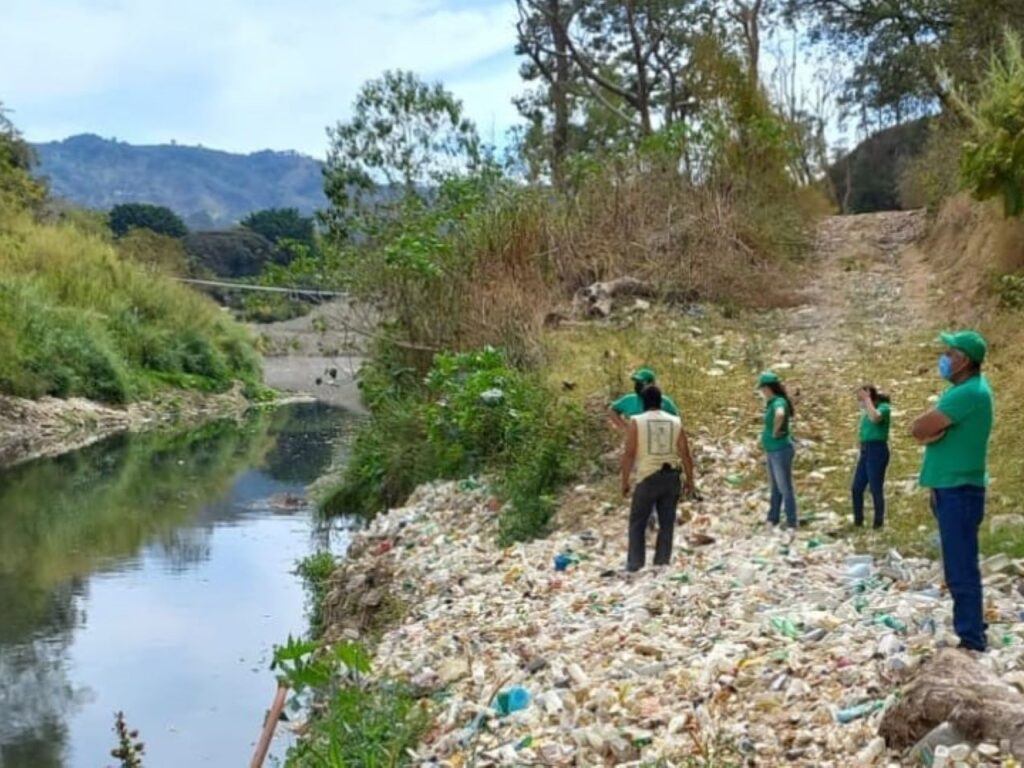
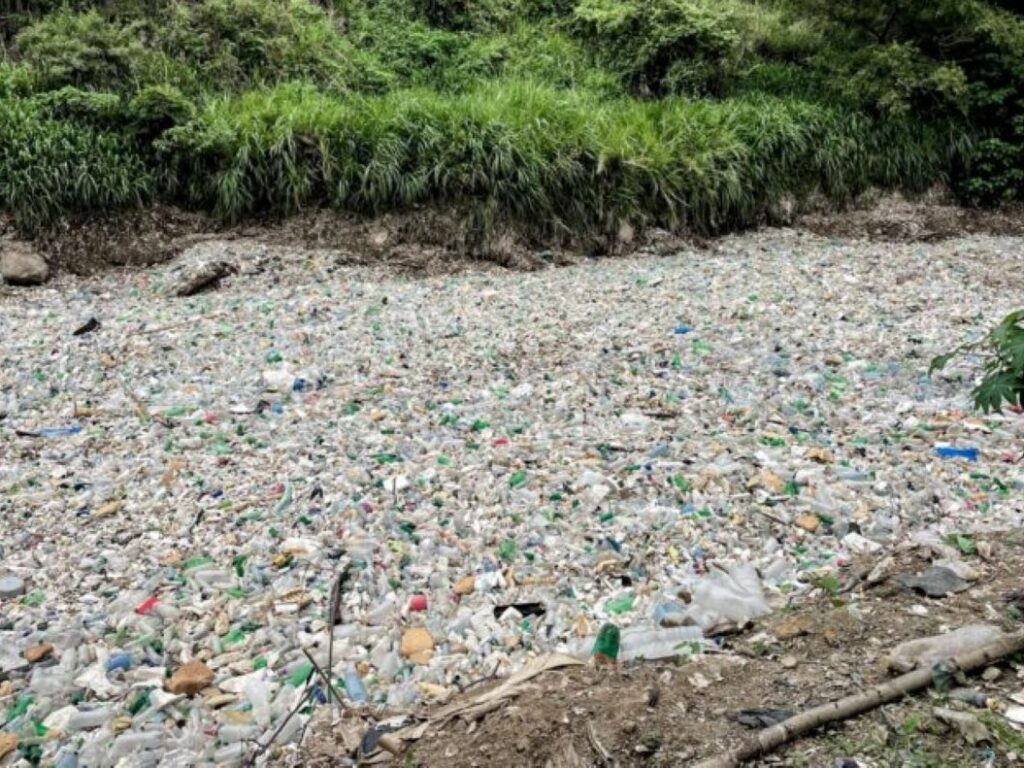
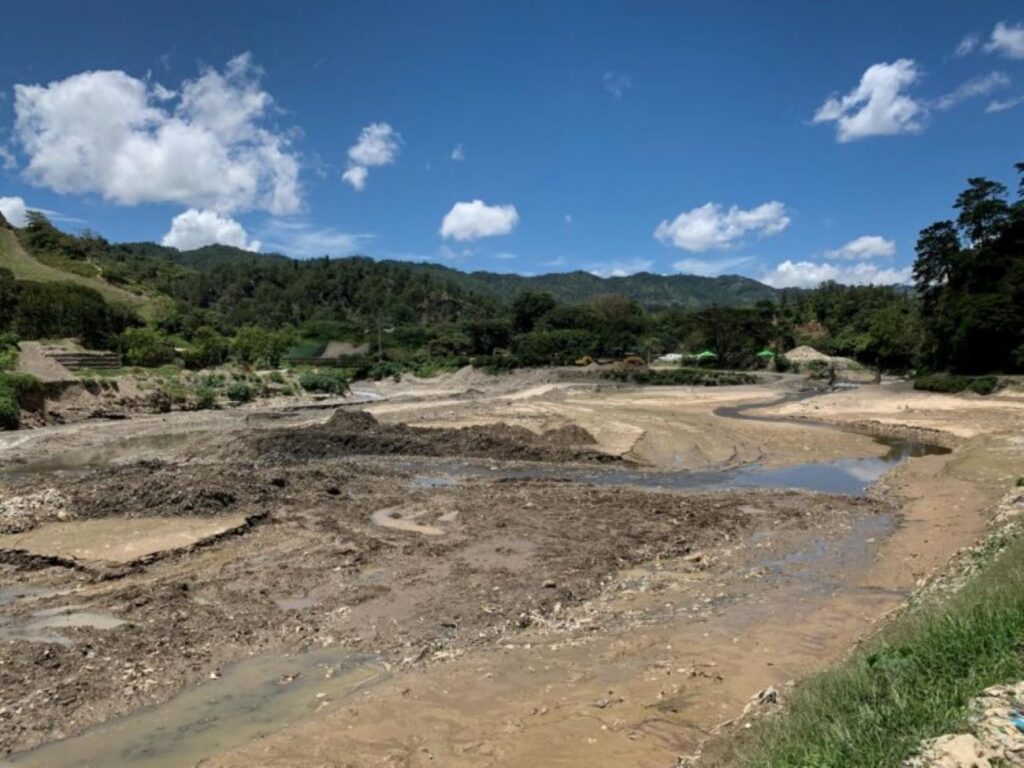
Due to misinformation, people believed our efforts would only cause more damage. Yet, as they got to know us, single women with significant economic needs emerged. They had families – sometimes up to five children, and made a living selling food on the streets, clothes at fairs, making pottery, or doing domestic chores.
Once they came, others joined and we earnestly began to extract waste from the river basin. We created order and a schedule, provided them with a salary they never had before, and setup recycling. After a year working with our hands, we mechanized the operation thanks to outside help. We even opened a recycling plant. Though we have a long way to go, the success we experienced makes us incredibly happy.
Parts of the blackened river became mirrored again, kids went back to school, and families found nutritious food
Now, we give environmental education talks at elementary and high schools, and hold reforestation days. The tons of plastic collected, we sell to recyclers. The workers process plastics that fail to pass the filters, turning them into construction material to sell. This creates additional income to sustain the project.
Coming from a background in science and research, I found myself leading a transformation plant and directing projects with immediate impact. You see the fruit of your labor right there on the work tables as tons of solid waste pass through.
Thanks to this tireless work, sections of the blackened river begin to show mirrors of water. I feel excitement rise in me when I see it. Looking at the people – their lives transformed through formal, stable work – you see glowing eyes and smiles. They have hope.
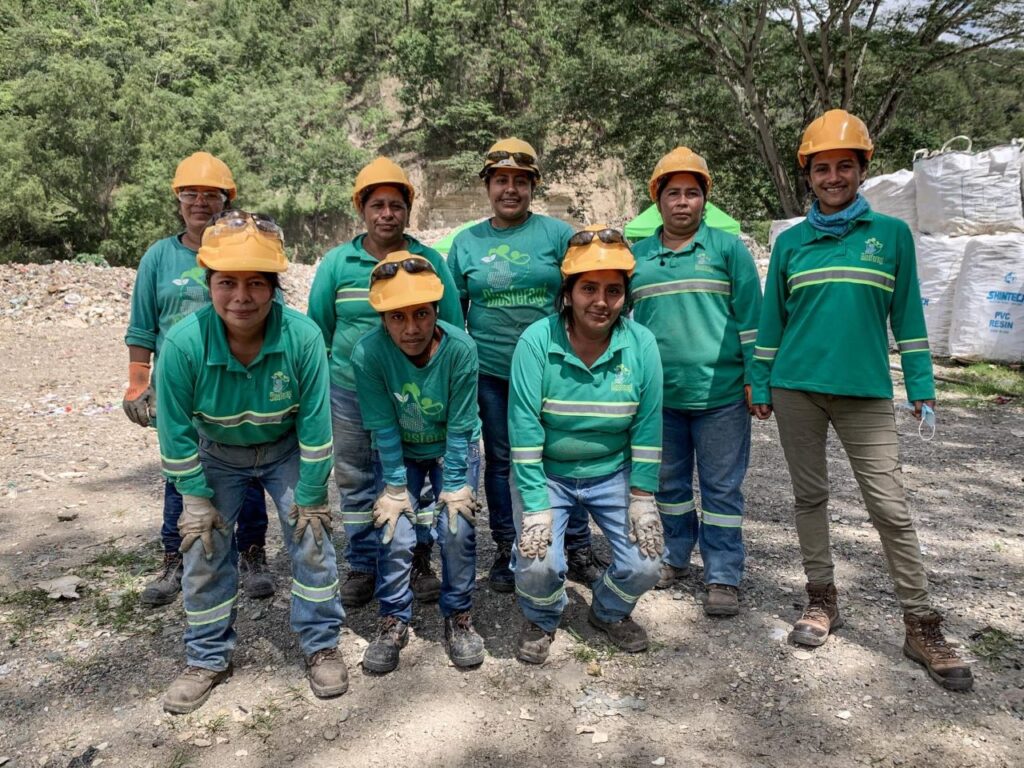
Little by little, a large number of children returned to school. The people repair their homes now, and offer better nutrition to their families. They can buy food now which was inaccessible before, like meat, milk, cereal, and bread. This gives them strength to continue fighting the monster of environmental pollution.
Still, with all this success, we face problems. Expansion in the use of polyethylene [the most commonly produced plastic] accounts for half of everything we extract from the river. This worries me because we have no use for it. Not enough research exists on using it for renewable energy, so we send it to the cement plant. [Globally, cement manufacturers are using discarded polyethylene as an aggregate or as an energy source for the kilns.] Unfortunately, we pay to transport the material.
It takes a global village: team dreams of growing their work to fight environmental pollution
Moving forward, we must find definitive solutions to environmental pollution. We clean and recycle tirelessly, but if people continue throwing their garbage into rivers, our work never ends. Now, as heavy rains hit the region, we experience ravines collapsing due to a lack of coastal vegetation. The land crumbles, weakening homes that collapse, and people die.
We have experienced entire families dying and while it causes me intense pain, it gives me the strength to keep fighting. I must never lower my arms, but rather remain committed even if it costs me. I must keep this fire alive.
As we achieve our dream here, we will continue with another project, in another basin in Guatemala. We strive to show the world the value of Guatemala. This country boasts significant vegetation, but it must be fed by water. Our hope is to attract people to this cause and begin to generate more resources for this work – including economic resources. In doing so, we will break the cycle of pollution through sustainable projects and education. I feel thrilled to be part of this process and this community. This fight is our fight as we strive together toward the unknown, without fear, so we can create a future where we see life in our waters again.
